
- Czech Republic
- Northern Ireland
- United Kingdom
- El Salvador
- South Africa
- Work with me
- Cookie Policy
- Privacy policy

Everything you need to know about visiting Kew Gardens in London
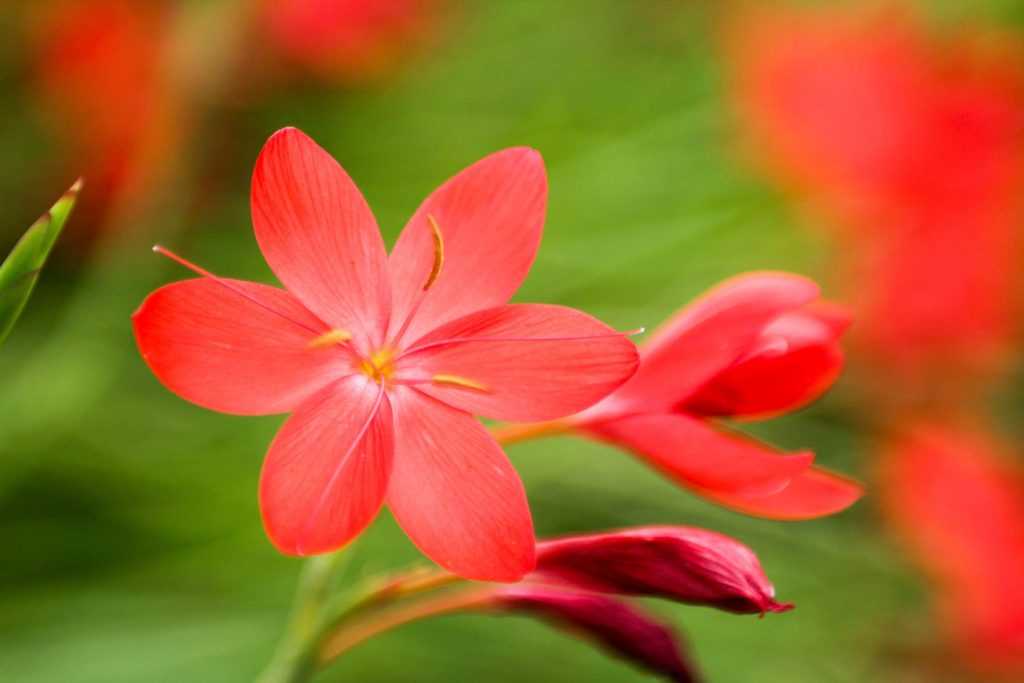
Updated: October 2019
If you are looking for a getaway from the busy London or just want to spend a day out in nature with your family, then a visit to Kew Gardens is the perfect answer. I have created for you the perfect guide with all the attractions of the Royal Botanical Gardens and everything you need to know about where to buy your ticket from and how to get there, to make your visit easier.
Where is Kew Gardens
Kew Gardens is situated in the South West of London, in the beautiful neighbourhood of Richmond upon Thames. Being the largest UNESCO world heritage site in London and more than 250 years old, Kew Gardens is the home of the Millennial Seed Bank, the biggest wild plant seed bank in the world. The Kew Estate occupies an area of 121 hectares home to over 30,000 plants. You can find here large flower and vegetables gardens, woodlands, lakes and ponds, conservatories, natural reserves and wildlife.
When is the best time to visit Kew Gardens
Kew Gardens is open every day from 10am until 6pm (from the end of March until the end of October). For the rest of the closing times (due to the shorter days), you can check the schedule here . Kew Gardens is great to visit in any season, including in winter, when they have some amazing light shows. During the year there are several exhibitions and events that transform completely Kew Gardens. You can see a list with what’s on this season here .
How long to spend at Kew Gardens? I would say a day is not enough and you would want to return if you want to see the entire Kew Gardens and palace.
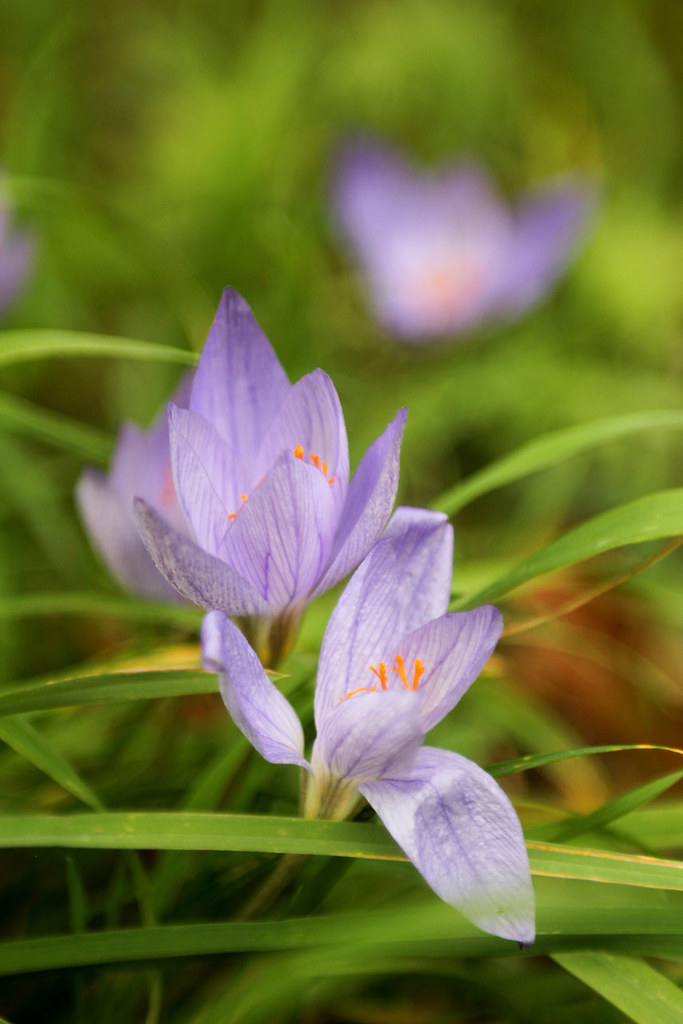
How to get to Kew Gardens
You can reach Kew Gardens very easy from central London by tube, the overground, bus or train. If you plan on traveling by tube, Kew Gardens is on the District line, in zone 3 (£3.30 one way with an Oyster or contactless card). The station is 500 meters from Victoria Gate.
If you choose to travel by train, South West Trains run services from Waterloo station via Clapham Junction and Vauxhall (£4.40 for a one-way ticket). The train station is 800 meters away from Elizabeth Gate.
Buses 65 (Ealing Broadway), 391 (Fulham), 267 (Fullwell) and 237 (White City) connect different parts of London to Kew Gardens as well.
In summer, there is a boat service that runs from Westminster Pier to Kew Pier (500 meters from Elizabeth Gate).
Parking at Kew Gardens: If you arrive by car, there is a parking at Kew Gardens, on Ferry Lane, near Brentford Gate – TW9 3AF. Parking at Kew Gardens costs £7/day for cars and it is free for mopeds and motorcycles. There are some limited free parking spaces on Kew Road after 10AM and keep in mind that restrictions do apply for most residential roads around the area. If you arrive by bicycle, there are bike racks at all four gates.
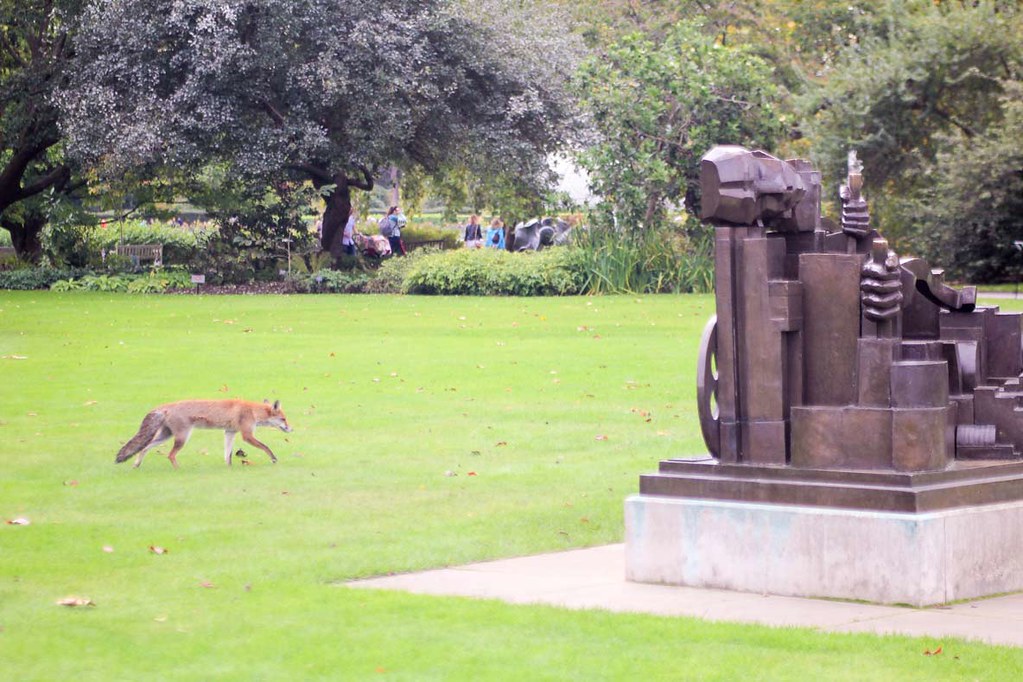
Where to buy your ticket for Kew Gardens
The Kew Gardens entrance fee is £13.50 when you buy it online, from the official Kew Gardens account from Get Your Guide . Note that you can’t buy tickets on the Kew Garden’s website directly. The cheapest place to buy your Kew Gardens and Palace ticket is online, where you can save up to 27% off the gate price. Not only that it’s cheaper but you will also skip the line at the gate, which in summer and during the weekends can get quite long. Click here to buy your ticket online.
In order to skip the queue make sure to print your ticket. For mobile tickets you will need to pass by the till, and the queue can be long during summer weekends. I know that many people are searching on Google if there is a Kew Gardens free entry and the answer in no, in order to visit Kew Gardens you do need to purchase a ticket.
How to plan your visit at Kew Gardens
Even if you are looking just to spend a day out in nature, planning is essential when visiting Kew Gardens because of the big number of attractions and the large area it occupies. You will receive a map of the gardens together with your ticket, but to make things easier, you can also download it from here .
It is hard to say how long to spend at Kew Gardens because it is such a big place. Depending on the purpose of your visit, you will find some suggested routes on the map. However, I will tell you all about the attractions at Kew and how to organise your time so that you can make the most out of your visit. I have started my visit to Kew Gardens from Victoria Gate and headed to the attractions from the East, finishing in the West hours later. I did take my time and enjoyed the strolls through the different gardens and conservatories, chased butterflies (for photos) or gazed at the carnivore plants have their hourly “shower”. I’ve even met some of the permanent residents: a courageous fox, a few curious ducks, a mamma squirrel with 2 baby squirrels behind her and a lonely peacock.
There are a few cafes and restaurants inside Kew Gardens but you are always welcomed to bring your own food if you prefer a picnic under the trees.
The Hive is probably Kew Garden’s most ambitious project, a masterpiece of scientific research resulting in an incredible visual and sound experience. Stepping inside The Hive is like experiencing the inside of a real beehive, with all the sounds and lights triggered by the actual honeybee activity inside the Kew. This makes every moment inside The Hive different.
The Hive was first built for the UK’s pavilion at the 2015 Milan Expo, by Wolfgang Buttress. It is 17 meters tall, it weighs 40 tonnes and it is built from 170,000 of aluminium parts with 1000 led lights.
Because it’s such a popular attraction, I would recommend making your way to The Hive as soon as you arrive at Kew Gardens (the earlier the better). It is a truly fascinating experience.
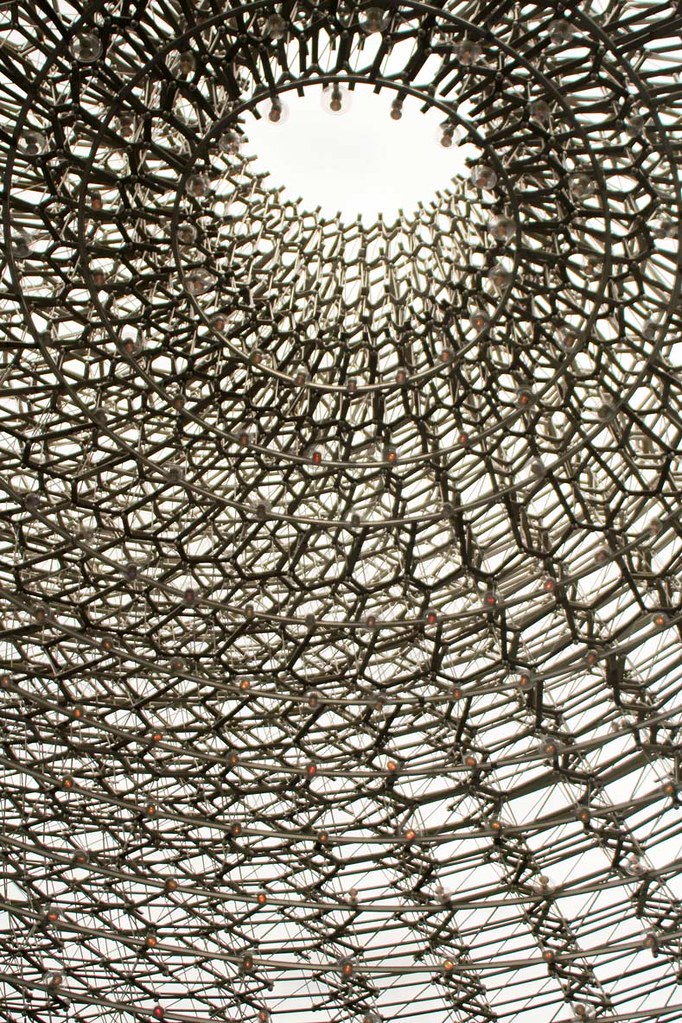
The Treetop Walkway
The Treetop Walkway is a very exciting “climb” for the entire family, especially for children. The metal structure is 18 meters above the ground, 200 meters long and sways in the wind. The views from up there are pretty awesome, over the forest canopy. Some parts of the walkway pass through the branches of the chestnut and oak trees, on which you can observe different birds and insects.

The structure of the walkway was made in such a way that the rust made it look like it blends perfectly with the environment next to it. At the bottom you will find the Rhizotron, an underground laboratory where visitors can learn about how trees grow.
There are 118 steps up to the walkway.
The Palm House
Inside the Palm House you will discover a world of rare and even extinct plants (in the wild) that are growing here due to the efforts of the Kew scientists.

You will find here trees that are at the base of many products that we consume every day: the rubber tree, the Cocoa tree, the Pepper tree (I didn’t even know that pepper grew in a tree!), the sugar cane, the African oil palm or the coffee tree.
The building itself dates from 1844 and it’s an iconic Victorian building made from glass and iron, resembling the hull of a ship. This is because the architects have used techniques from the ship building industry when they designed the glass house.
Davies Alpine House
The Alpine House is quite the masterpiece of architecture if we take in consideration that it was built in such a way that 90% of the ultraviolet light of the sun passes through to the plants, in has an automatic system of blinds that go down when the temperature is too high outside and the air is cooled down though a system of pipes underneath the building.
There are over 200 alpine plants here, which is the wild are usually growing at altitudes of 2000+ meters.
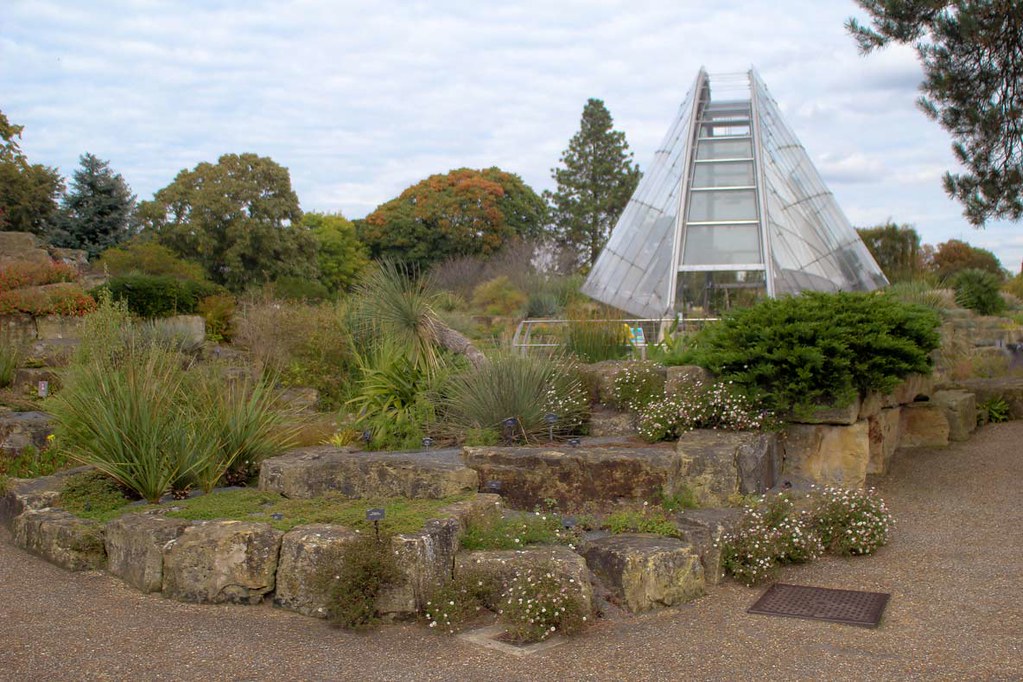
The Temperate House
The Temperate House is currently closed for restauration and it will be opened sometimes next year, after 5 years of works. Inside the Temperate House there are collections of very rare and threatened species of plants. Some of the plants you will see here have been extinct in the wild and only live at Kew. Such a plant is the Encephalartos woodii (The South African cycad).
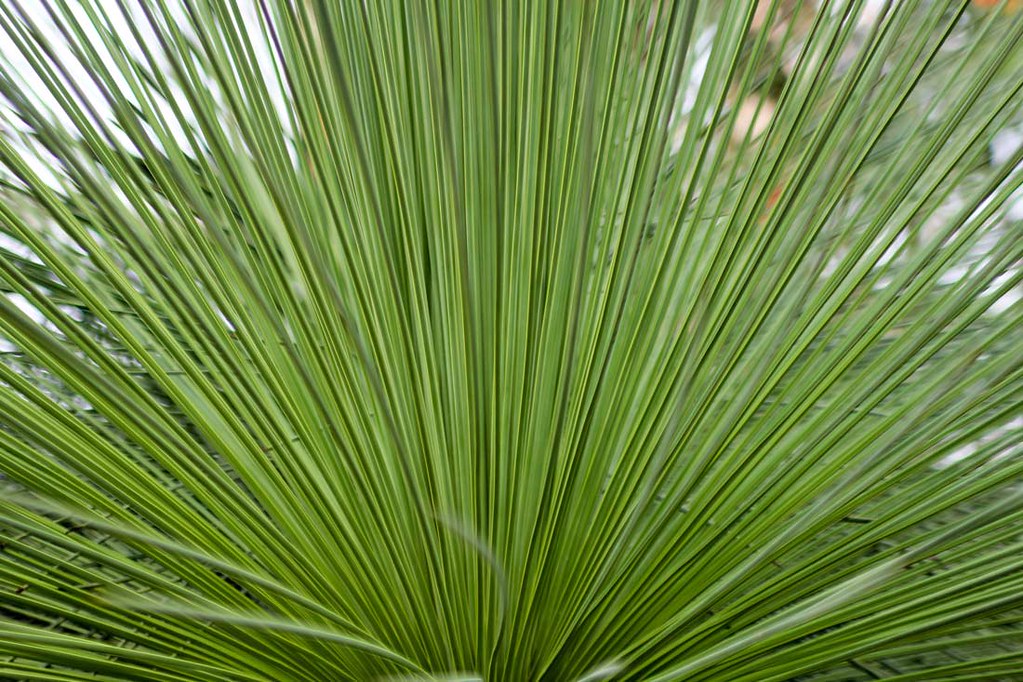
The Waterlily House
Have you ever seen a giant waterlily? Me neither, before visiting Kew Gardens. The Waterlily house is the most humid greenhouse from Kew Gardens and is the home of many heat loving plants. It was interesting to learn how the waterlilies from Amazon can grow so big that they can support a child’s weight. Of course, it is not recommended (or allowed) to let your child jump on them, but still it’s amazing how much strength these plants hold on their leaves.
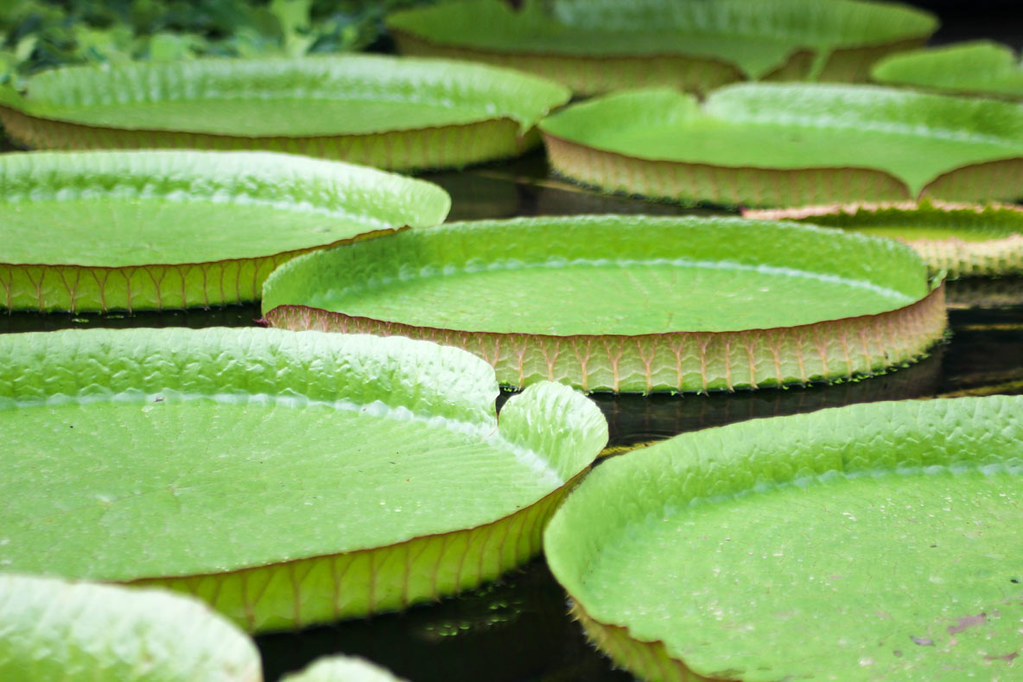
The Princess of Wales Conservatory
Stepping into the Princess of Wales Conservatory is like entering the jungle from an exotic destination, like Malaysia or Indonesia. The first thing you notice is the high humidity and the warm temperature. But no wonder, this conservatory is home to many tropical plants, cacti and orchids. You will also find here a large collection of carnivore plants, out of which I recognised the Venus Fly Trap, which I once tried to grow in my own apartment.
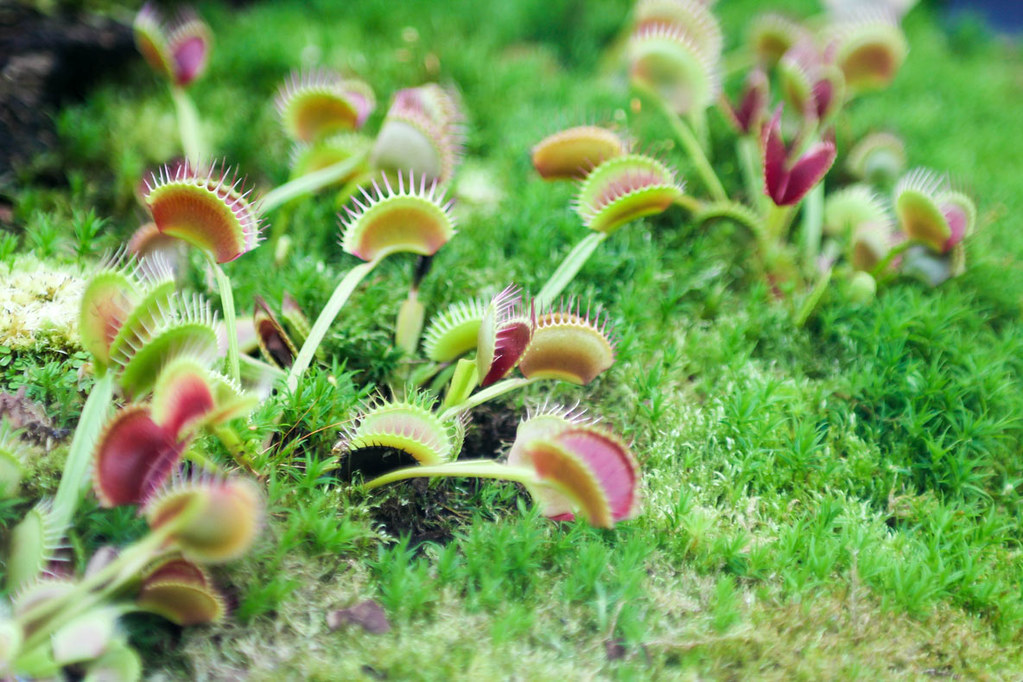
An interesting fact is that below the conservatory there is a time capsule buried by Sir David Attenborough, with seeds of basic crops, endangered plant species but also a few books on conservation. The capsule will be opened in 2085.
The Arboretum
One fantastic fact about Kew Gardens is that the trees planted here are cleaning the air in London, with over 8.6 tonnes of carbon dioxide absorbed each year. There are around 14,000 trees in the Royal Botanical Gardens, some of them as old as the garden itself, dating all the way back from the 18 th century. The trees are planted in groups according to their species (over 2,000), with some very rare and ancient ones. The tallest tree at Kew Gardens is a coastal redwood, measuring 39,3 meters high, while the oldest ones are the Japanese pagoda tree (around 250 years old), the Lucombe Oak and the black locust tree.

Strolling inside the oak forest made me feel that I was in a different place, not in London but Canada or somewhere in North America.
The Plant Family Beds and the Kitchen Garden
This was one of my favourite parts of the garden to walk in. Even if it was autumn when I visited and not many species were still blooming, I enjoyed all the colours and the pretty butterflies flying from one flower to another.
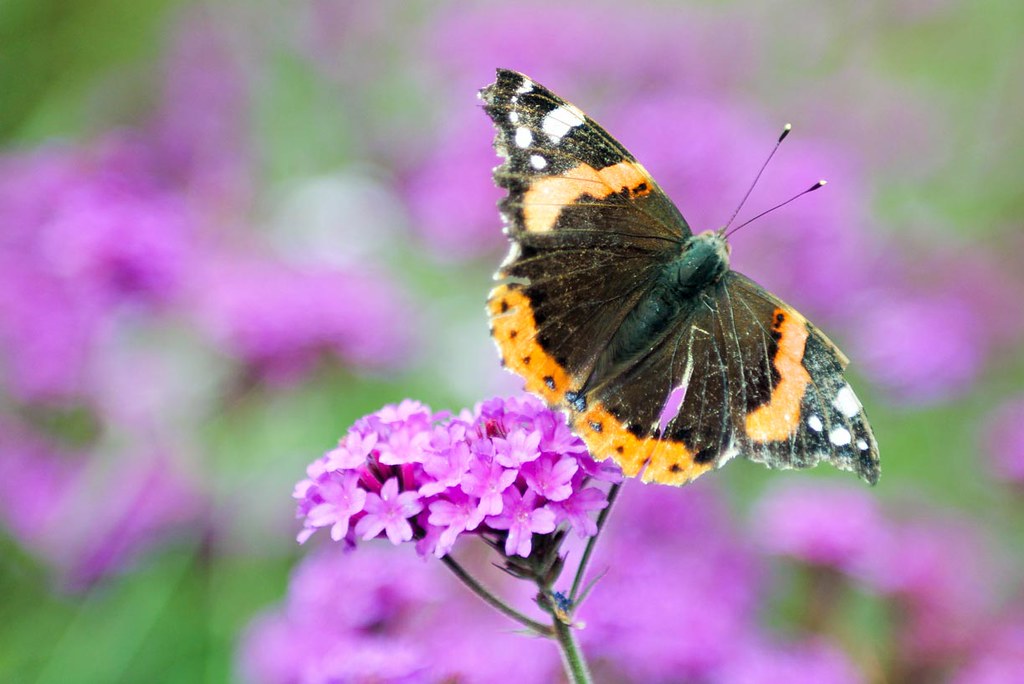
The plant family beds are found in any botanical garden in the world and represent the arrangement of plants according to their relationship with each other. The scientists at Kew have been researching about the way plants relate to each other through their DNA and molecular characteristics.
Next to the Plant Family Beds is the Kitchen Garden, an area where fruits and vegetables have been grown all the way back since 1759, for King George III. Today there are over 250 different fruits and vegetables growing in the garden. I was delighted to see apples, pumpkins, a few giant cabbages and some turnips.
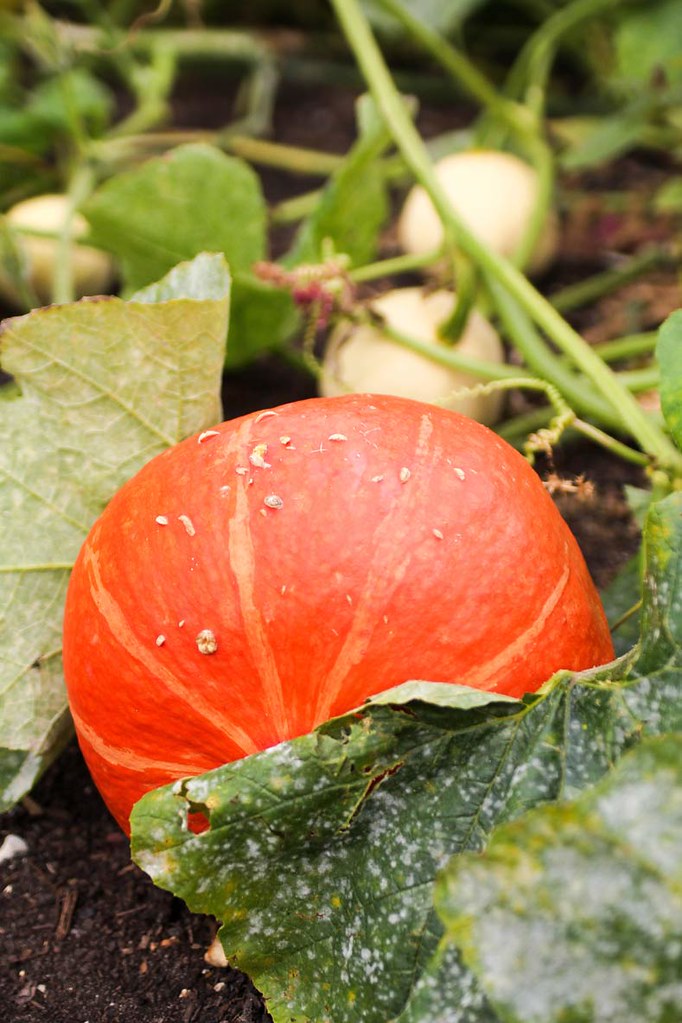
The Rock Garden
I didn’t really know what to expect from the Rock Garden until I found myself going downhill, through a path surrounded by colourful plants growing on high sandstones. The rock garden is a representation of the Pyrenean mountain habitat, a 150 meters valley with the path passing through simulating the course of a river. The rock garden is the home of over 3,000 alpine plants originally from Europe, South and North America, Asia, Africa and the Mediterranean climate, Australia and North America.

The Kew Palace and the Queen’s Garden
Kew Palace is the smallest British royal Palace and it is best known as the temporary “refuge” of King George III, the place where he was locked during his “madness” period. Beforehand however, the palace was used by the King and his family as a summer residence.

The Palace was built in 1631 but a Dutch Architect and this is why it looks like a piece of Netherlands on UK soil. If you look closely over the front door, you will notice a lover’s knot with the initials C and S on it. They stand for Samuel Fortrey, the Flemish merchant who built the palace and his wife, Catherine de Latfeur. The symbol of their love stands there even 400 years after their death!
Currently the Palace is closed for winter.
In the rear of the Kew Palace you will find a charming little garden with plants that used to grow in the 17 th century. Most of them are medicinal plants and on the label next to them you will find what they were used for and a quote from an herbal book.
Queen Charlotte’s Cottage
King George III has built this cottage for his wife, Charlotte, in the 18 th century. The cottage was used as a resting place during their walk and had a small menagerie in the back where exotic animals like kangaroos or black swans were held.
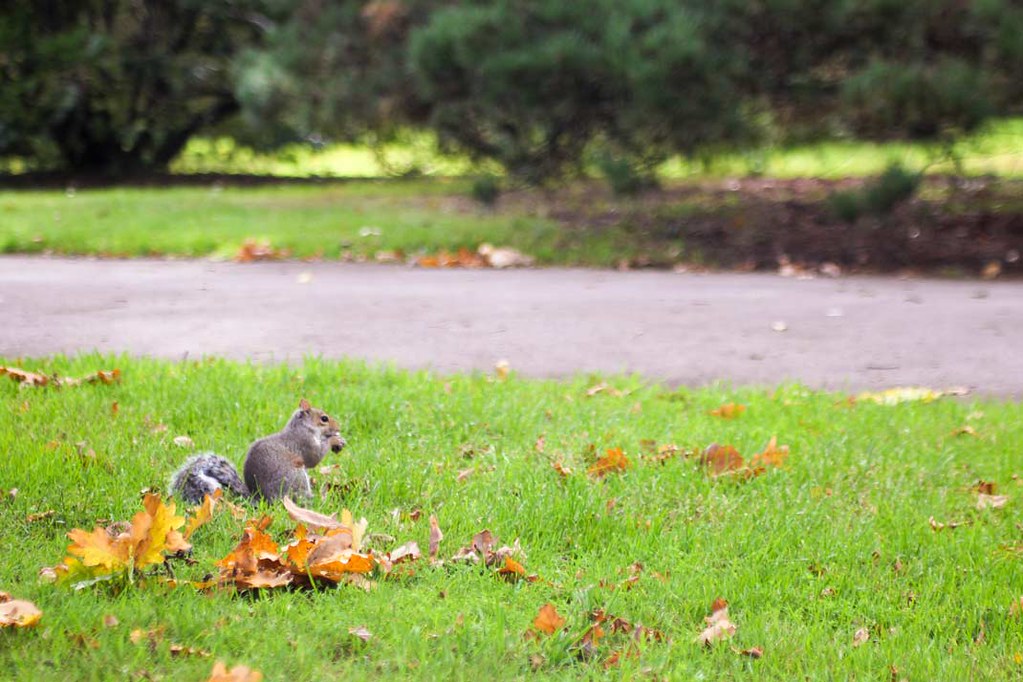
The Minka House and the Bamboo Garden
Towards the back of Kew Gardens, after walking through the beautiful quiet forests, in the middle of the bamboo garden you will find the Minka House, an original traditional Japanese farmhouse. The house dates from the early 19 th century and it was used by Yonezu family from Okazaki City, in central Japan. It was donated to Kew Gardens after the last member of the family died.
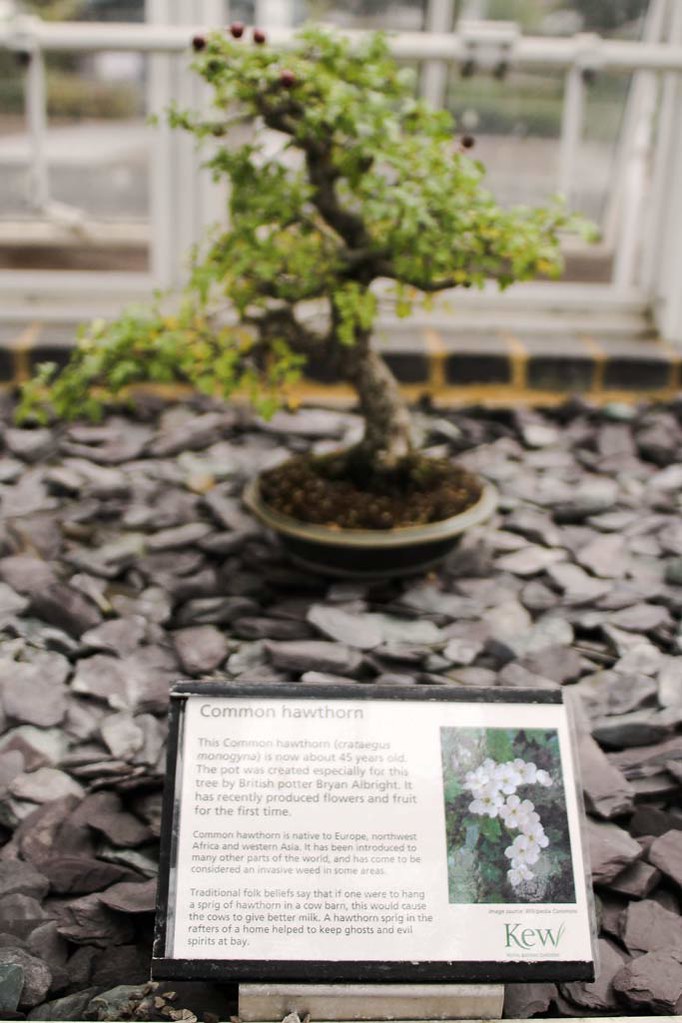
The Minka houses were used by farmers, merchants or artisans and they were built with a low roof to protect them from rain and snow but also to keep them shade from the hot summers. They were divided into 2 areas: the floor of compacted earth and a raised platform for sleeping, with a built-in hearth for cooking and heating.
The Bamboo Garden is one of the UK’s largest collection, with around 1200 species growing around the Minka House.
The Great Pagoda
Unfortunately, the Pagoda was still under renovation when I visited Kew Gardens but rumours say that it’s supposed to open again to the public next year.
The Pagoda has been built in 1762 as a copy of the Chinese Ta. Back then it was such an unusual building in Europe that people didn’t believe it would stand up for long. However, it did and now the 10-storey high tower is one of the garden’s landmarks.
The pagoda is decorated with 80 wooden dragons and covered in ceramic tiles. A local tale says that the dragons used to be made from gold but have been sold by Kind George IV to cover his debt. Historians say that this is not true, the dragons were carved in wood from the beginning but overtime, they have rotten.
The Japanese Garden
Next to the Grand Pagoda you will find the beautiful and peaceful Japanese Garden, split into three areas: The Garden of Peace, The Garden of Activity and The Garden of Harmony. All three are leading up towards the Chokushi-Mon, a four-fifths scale replica of the gate from Kyoto’s Nishi Hongan-ji temple.

The Garden of Peace is created to resemble a traditional Japanese garden, with stone lanterns and a dripping water basin. The Garden of Activity symbolises the world, with elements reminding us of the sea, the mountains and the waterfalls. Between them stands the Garden of Harmony, linking them through shrubs and tocks representing the mountains of Japan.
The Sackler Crossing
Crossing the Sackler bridge I couldn’t not notice the beautiful reflections of the autumnal colours of the trees, in the water. It looked like the two entities are blending into each other, not knowing anymore which is the lake and which is the land. This is because the trees surrounding the lake are Chinese tupelo, known for their dramatic colour change in autumn.

The Slacker Crossing is made out of black granite, with bronze posts which from a distance give the impression of a solid wall. The bridge crosses the lake in an S shape, mimicking the rounded banks of the lake.

Rhododendron Dell
If you are wondering what a rhododendron is, you are not alone. I was asking myself the same thing while looking at the map of Kew Gardens and wondering if I should make my way all the way to the other side or now. To answer the question, yes, do make your way up there because rhododendrons are beautiful woody flower shrubs which grow up high in the mountains. The most common of them is the azalea, a flower we all know.
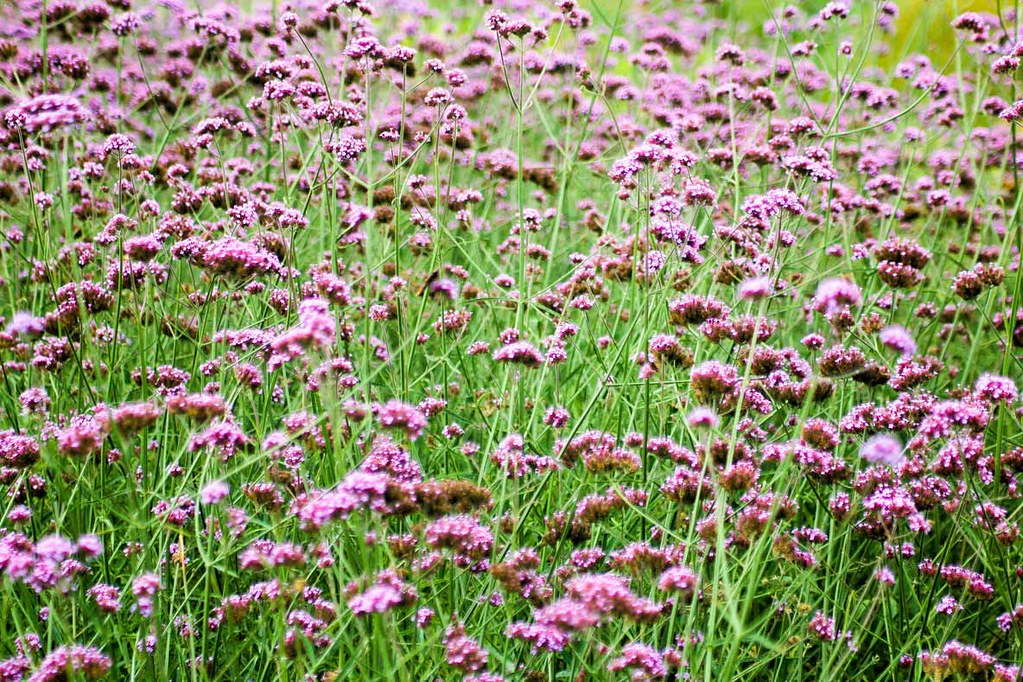
The rhododendron represents over 1000 different species of plants, out of which you can find hundreds at Kew Gardens. They are best seen in late spring, when they are all in full bloom.
The Woodland Garden and the temple of Aeolus
The original temple of Aeolus was built out of wood on an artificial mound, offering beautiful views over the gardens. However, by the middle of the 18 th century it has been rebuilt in stone because the wood had rotten. The temple was dedicated to the Greek God of Winds.
The temple is surrounded today by oaks and maple trees and led to by a path through a carpet of primulas and blue poppies.
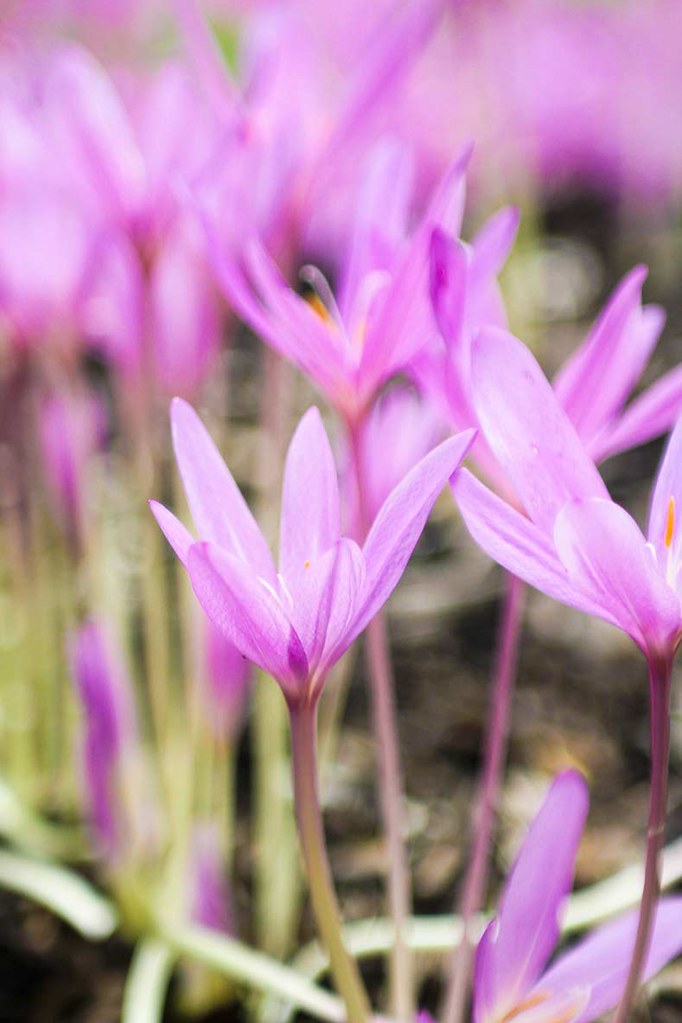
The Marianne North Gallery
This gallery is dedicated to Marianne North, the daughter of an MP who travelled alone in South America, Asia, South Africa and America to paint plants. Back in her days it was very unusual for a woman to travel alone. The gallery has 832 paintings, all belonging to Marianne North.
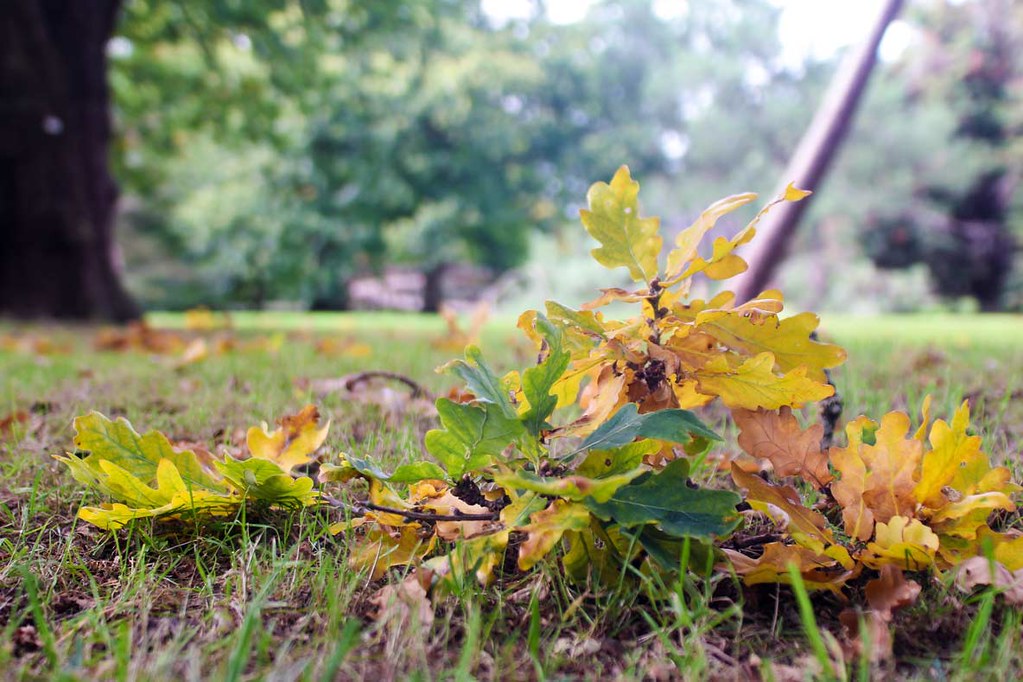
The Shirley Sherwood Gallery
Next to the Marianne North Gallery you will find the Shirley Sherwood collection of botanical art, one of the largest in the world. The oldest piece is in the museum dates from 512 and represents an illustrated copy of the Dioscorides’ de Materia Medica, a book written between 50AD and 70AD by a Greek physician from the Roman army, Pedanius Dioscorides.
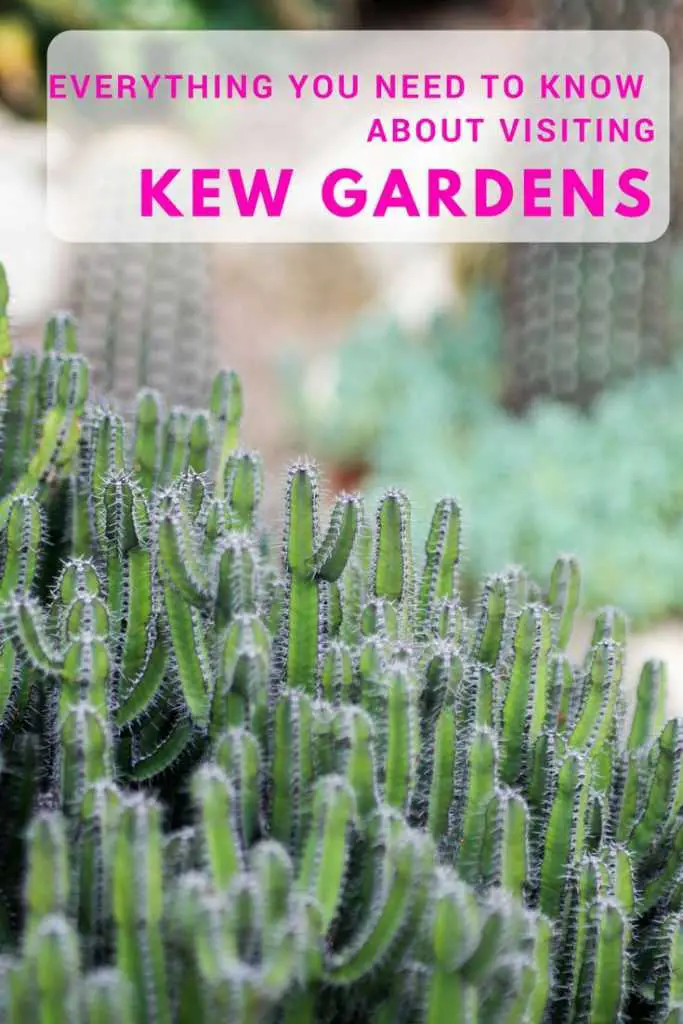
Disclaimer: This post has been written in collaboration with Attraction Tix .
Some of the links on this website are “affiliate links.” This means that if you click on the link and do a purchase, I will receive an affiliate commission at no extra cost for you. This helps me keep my website running and continue to share my traveling knowledge with you. I thank you for booking your flights or hotels using the links on my website. Regardless, I only recommend products or services I use personally and believe will add value to my readers.
Related Posts:

Traveler. Dreamer. Cat lover. Wondering around the world with my backpack and my camera. Contributing to make the world a better place.
110 thoughts on “ Everything you need to know about visiting Kew Gardens in London ”
I live just a few miles up the road from Kew Gardens and haven’t been since I was a young child and barely remember it (entrance cost 1p back then!), however we are visiting this weekend and very much looking forward to it. I’d forgotten just how enormous it is. My late aunt worked there pressing flowers which she loved. Your guide has been useful in deciding what to see during our visit (basically as much as possible but definitely The Hive, treetop walk, Pagoda, Palace etc etc). Think we could do with two whole days! Your pictures are wonderful and I’m sure I will be taking many this weekend. Anyone wanting a lovely lunch or proper afternoon tea whilst visiting the gardens, there is a gorgeous olde worlde tea room across the main road called Newens (Maids of Honour) that I highly recommend. It gets very busy though as it’s so popular with tourists and locals alike. By the way, anyone thinking Kew is amidst the hustle and bustle of central London, it isn’t, it’s on the outskirts, in suburbia ;). There are many beautiful, open green spaces in London and its suburbs.
Wow, as a Northener, I had no idea that there was so much to do and see at Kew Gardens. It looks wonderful and I really want to visit after reading your guide and looking at your beautiful photographs. It’s definitely going to be on my must-see list of places x
Oh wow, this is such an informative guide – you have covered so much! The photos are beautiful. I have always wanted to go to Kew but so far not made it. Hopefully one day! X
I’m so glad that I found this! I am visiting London on December and I will definitely go to Kew Gardens. I am putting it to a list of places I must visit in London. 🙂
This looks like a beautiful place to visit. If I am ever in London I will have to stop by.
Its so nice to visit some places like this. Peaceful and relaxing. London is on our bucketlist and we will definitely find this place there.
Leave a Reply Cancel reply
Your email address will not be published. Required fields are marked *
This site uses Akismet to reduce spam. Learn how your comment data is processed .

A Wonderful Day Trip to Kew Gardens
- Post last modified: February 11, 2024
- Post category: Day trips / England / Itineraries
If you are looking for a perfect getaway from London, Kew Gardens is a great choice! We’ve created a great guide for your one day in Kew Gardens that includes things to do, how to get there and what to budget.
The Royal Botanic Gardens of Kew are a top tourist attraction outside of London and a UNESCO World Heritage Site. These beautiful grounds are manicured to perfection and the indoor collections are beautifully curated. These are some of the largest botanical gardens in the world and are a fun way to spend a day.
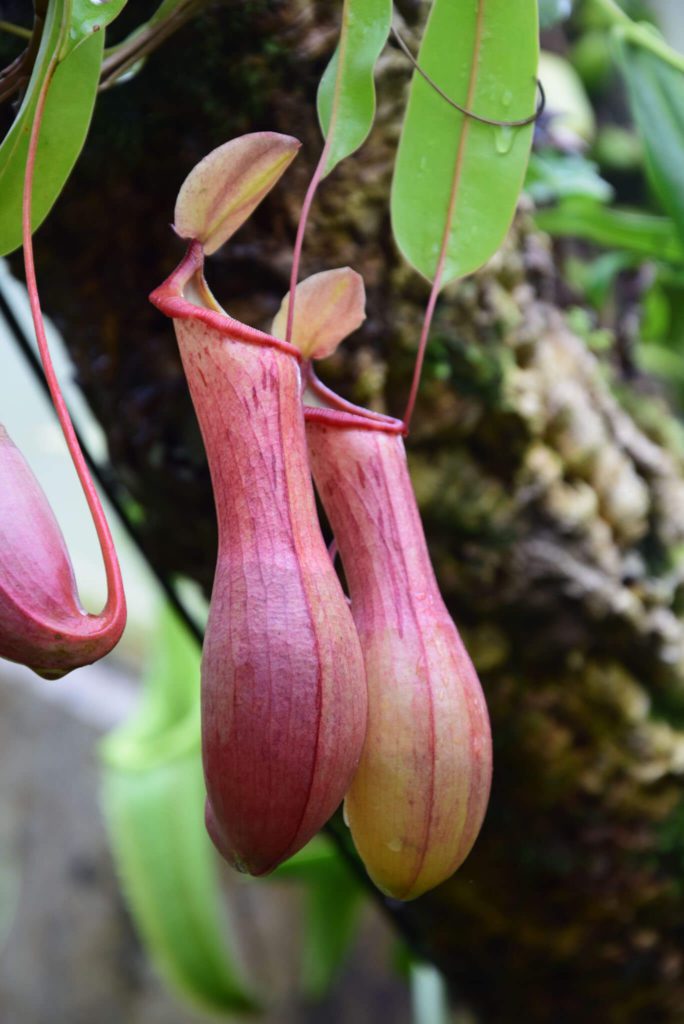
Stuff In This Post
When to Visit
The gardens are open from 10 AM-6 PM daily. One day in Kew Gardens is well worth it year round as they do a great job creating exhibits that fit the seasons. However, do try to go during nice weather as a lot of the gardens are outside and rain could easily ruin some of the fun.
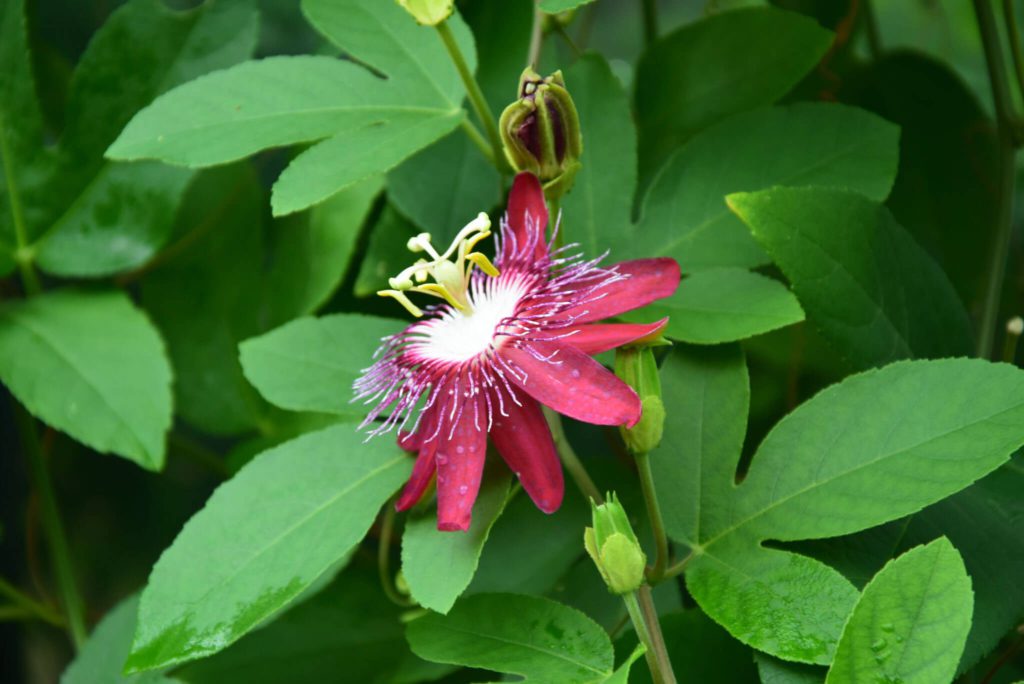
Getting There and Around
Kew Gardens is located about an hour southwest of London by public transit. If you have a car you can drive. However, the ride via public transit is easy and inexpensive. If you travel via the Underground, the entrance to the gardens is a short 500 m walk from the station. Buses and trains also run close to Kew but typically include more transfers.
Traveling via public transport in London is easy and convenient. Check out some other amazing London day trips here.
What to budget.
Admission to Kew Gardens is 17.50 for adults.
If you drive, the car park does charge based on time. If you choose to take the tube to Kew Gardens station, your transportation will cost about 10 pounds, depending on where you are starting from.
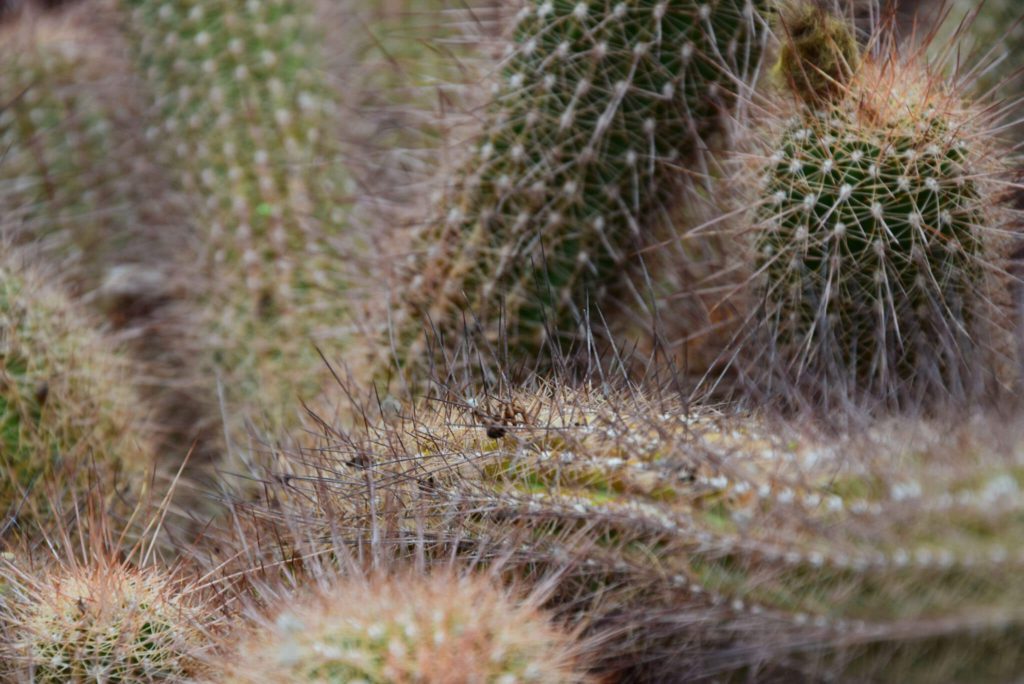
As with any trip that takes public transit, be careful of your belongings while traveling. Plan your transit options before hand so that you don’t wind up stranded and make sure to hang on to your belongings while traveling.
What to Do
If you travel to Kew via the Underground (technically Overground here), you’ll enter the gardens at Victoria Gate. We choose to follow the main circular route around the gardens in a counter clockwise direction.
Lion Gate Area
Our first stop was the Ruined Arch, which entertained us. This mock arch, was built ruined so that eighteenth century visitors to Kew could get a sense of being among Roman ruins.

Next, we visited the Japanese Gateway and the Great Pagoda. The beautiful gardens are diligently maintained and peaceful. However, the real treat is climbing to the top of the Great Pagoda to get a panoramic view of the London landscape.
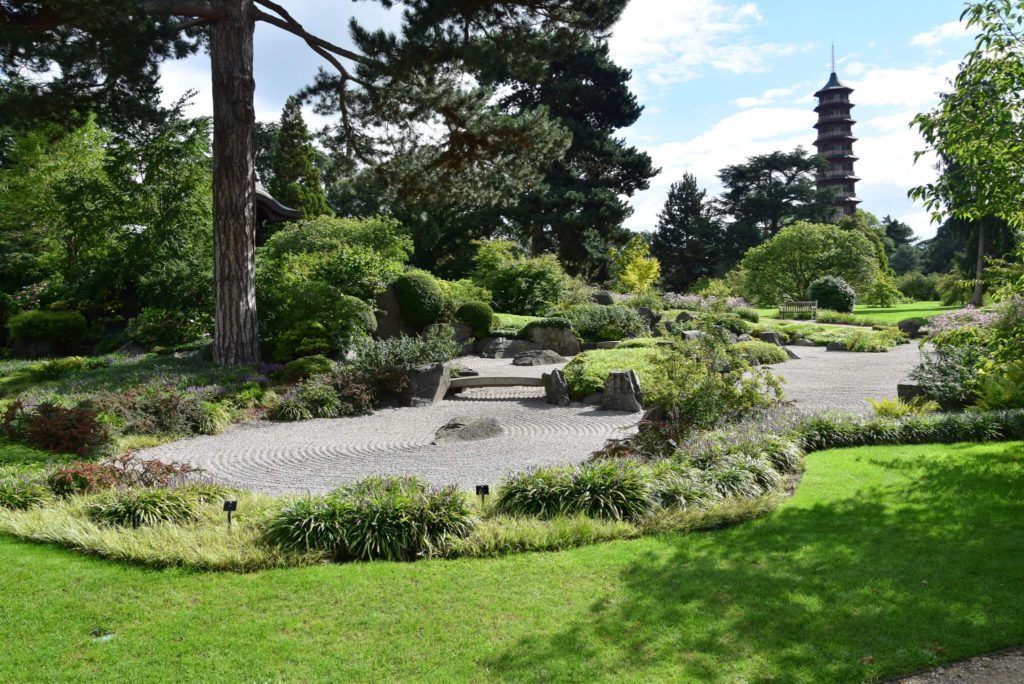
Then, we cut into the central area of the gardens to explore the Temperate House, one of Kew’s two main greenhouses. This greenhouse was closed for renovation when we visited. This greenhouse is home to numerous species of plants from around the world and is now open.
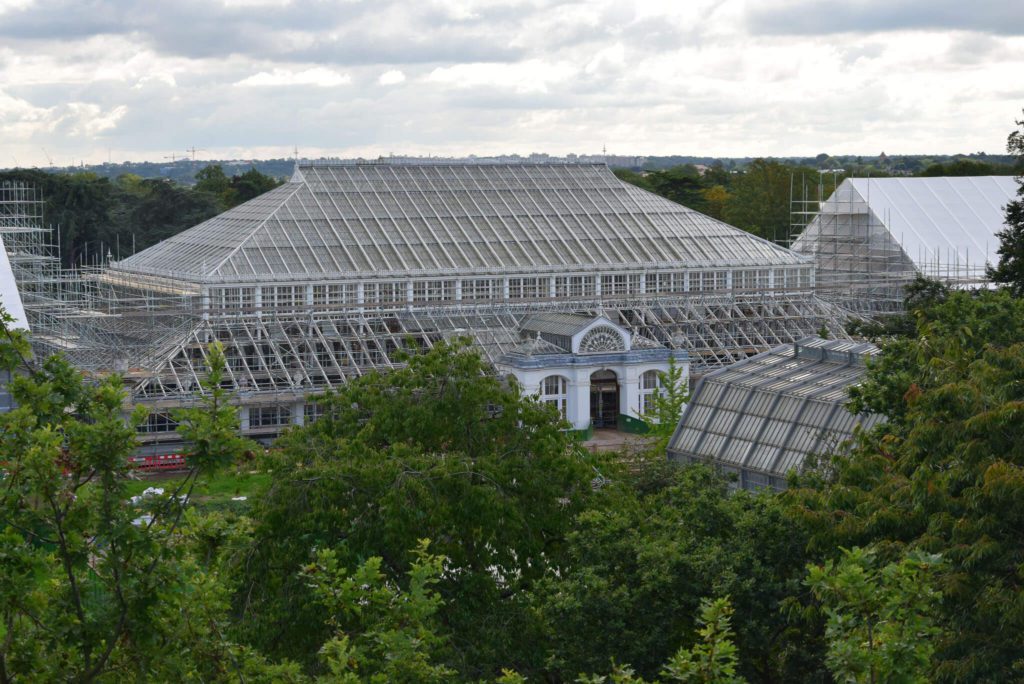
Since we couldn’t explore the interior of the Temperate House, we made due with the beautiful Mediterranean Garden and King William’s Temple. These beautiful gardens are reminiscent of a Grecian island and will whisk you away with their unique smells and sounds.
Next, we explored the Treetop Walkway. This fun, short walk takes you up to walk amongst the tops of the trees allowing you to have a different perspective of the gardens.
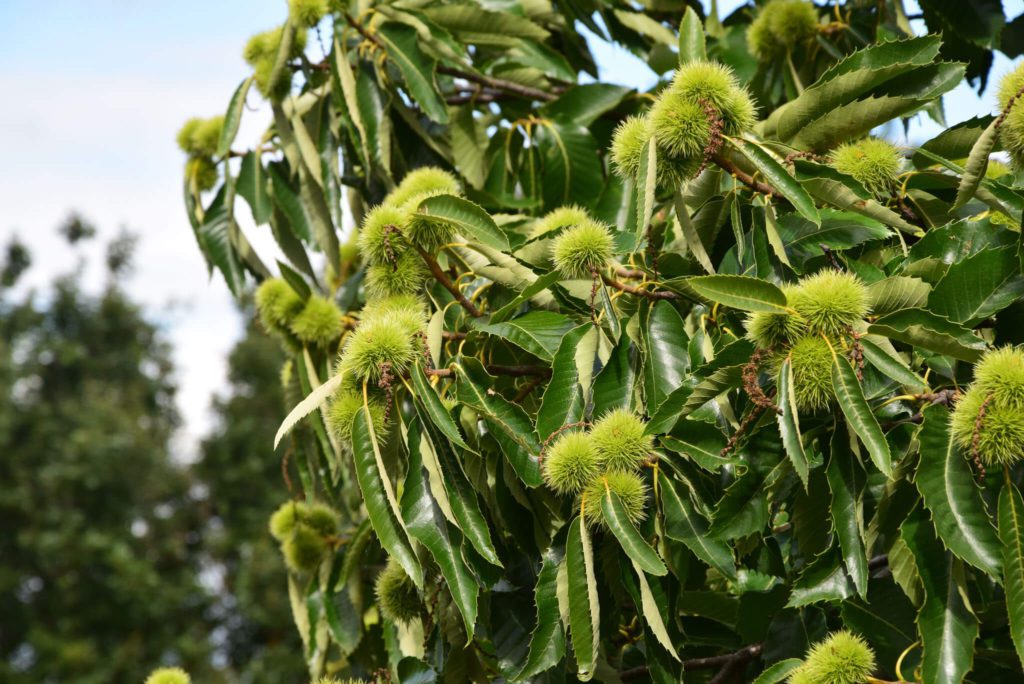
Next, we visited Queen Charlotte’s Cottage. The cottage wasn’t open when we visited, but we enjoyed walking the grounds around them.
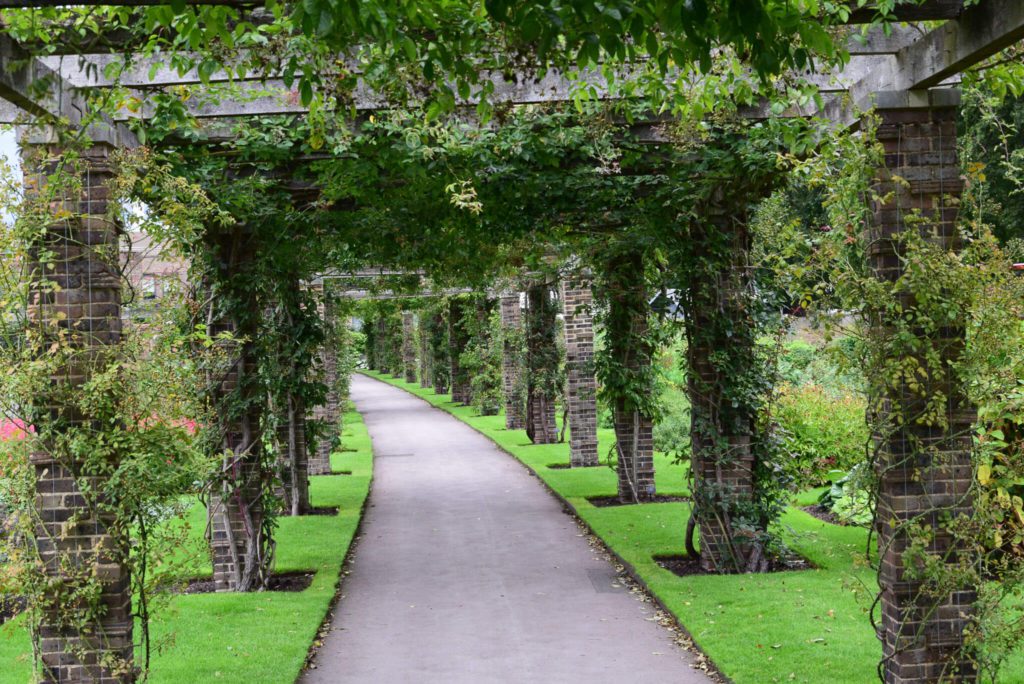
Elizabeth Gate Area
We then took a leisurely stroll to the other side of the gardens and took in the views of Kew Palace, visit Ginkgo Lane and the Secluded Garden.
Then, we visited the Hive. By this time, the Hive was buzzing with activity (pun intended), being one of the main attractions of Kew. This interactive art installation allows you to travel inside the metal hive and hear the sounds of a real live beehive. We didn’t realized how truly cool this active sculpture is and have not one photo of it to show. We recommend visiting it in the early morning or later afternoon as midday was very busy.
Victoria Gate Area
Next, we visited the Rock Garden, for our family rock guy. This garden is beautiful as it homes plants from mountainous regions amid the cutting rocks and the tranquil waterfalls. This is a lovely relaxing area of Kew Gardens.
Then we did a short walk through the Princess of Wales Conservatory to view the many different climates on showcase. This was one of my favorite exhibits at Kew as it presented plants from a variety of different climates. It was neat to walk from dessert to aquatic plants all within one greenhouse.
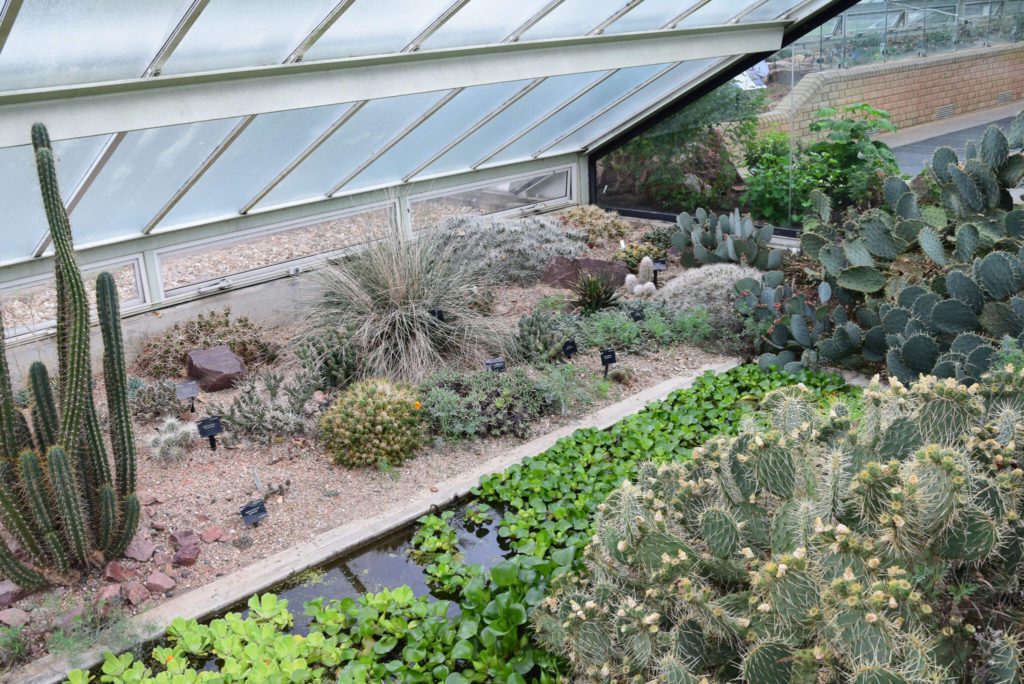
Then we headed to the rose garden that sits behind the palm house and wondered at all the different colors and species of roses that Kew has to offer.
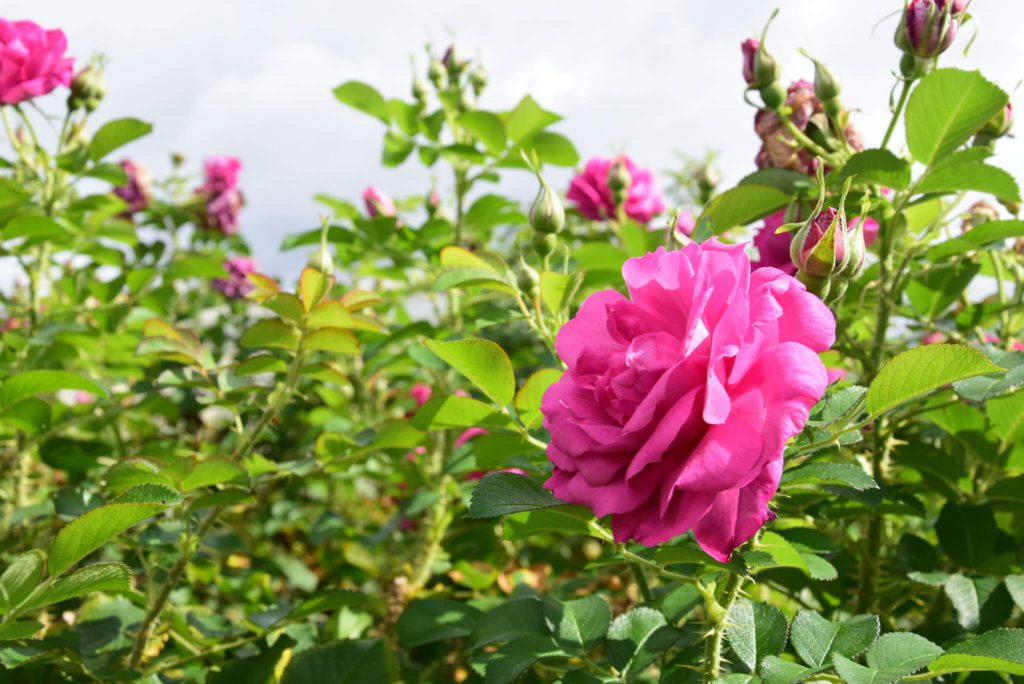
Lastly, we visited the Palm house, the second of Kew’s famous greenhouses. I like to save the best for last and this was no exception. As a lover of rainforests, this was one of my favorite exhibits. This steamy hot greenhouse houses tropical plants from throughout the world. Most people will never see the plants housed here in the wild, some of which are even extinct. Not only is the inside of the Palm House a wonder, but this is the first greenhouse of this size ever built. The architecture of the building is a great compliment to the beautiful species growing inside.
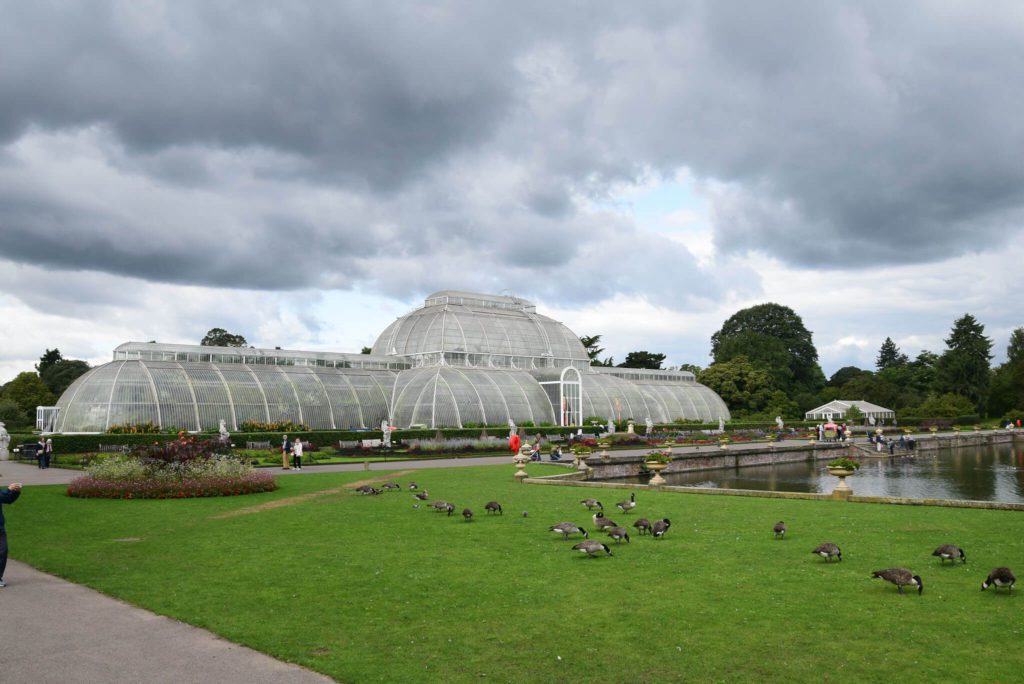
Are you looking to link this trip with another? Check out our list of London side trips here!
Want to adjust the itinerary.
We weren’t able to see all that the garden have to offer in our one day in Kew Gardens. However, we were also moving at a pretty slow pace and admittedly all the plants started looking alike after lunch. However, there is so much more to Kew than we could write about in one post and we think that if you’re really interested in the plants, you could explore all of the gardens in one day. Our itinerary above is a good starting point for people just looking to have a pleasurable relaxing day in Kew and we think we hit all the best of the exhibits for this type of visit.
If you have less than one day in Kew Gardens, it is still a great option for a day trip from London . We’d recommend staying along the eastern path in the gardens. This is where a majority of the attractions in Kew Gardens sit. While we enjoyed the western section of the gardens as they are most spread out and less populated, there definitely weren’t as many well labeled and curated collections.
While grabbing lunch in one of Kew’s restaurants is most convenient for your day, we’d highly recommend picking up your lunch ahead of time in one of the small shops between the gardens and the station. Most shops in this area will pack you carry out and have a smaller price tag than the restaurants in the gardens.
Check out other fun things to do in London here!
Leave a reply cancel reply, you might also like.

A Great 3-Day Trip To Tucson

One Amazing Day on Mackinac Island
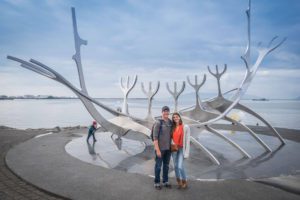
The Perfect Reykjavík itinerary: One Weekend In Reykjavík

A Day Trip Guide to Kew Gardens
A visit to Kew Gardens is the perfect getaway from London, offering a tranquil setting in a botanical paradise. This top tourist attraction outside the city also happens to be a UNESCO World Heritage Site, and is one of the largest botanical gardens in the world. That’s why we’ve created this day trip guide to help you make the most out of your time at Kew Gardens.
Officially called the Royal Botanic Garden of Kew , these beautiful grounds are perfectly manicured, with the indoor collections being equally and beautifully curated. There are over 50,000 different kinds of living plants in the Garden. A trip to Kew is your chance to get closer to nature and uncover the science behind the plants and glasshouses.
Kew dates to the 18th century when it was established on the grounds of a royal palace. Originally only 9-acres, there are now 14,000 trees set over 300 acres for your exploration, all located in Richmond in Southwest London.
Disclaimer: Hi! this post may contain affiliate links which will take you to online retailers that sell products and services. If you click on one and buy something, I may earn a commission, see my Affiliate Disclosure for more details.
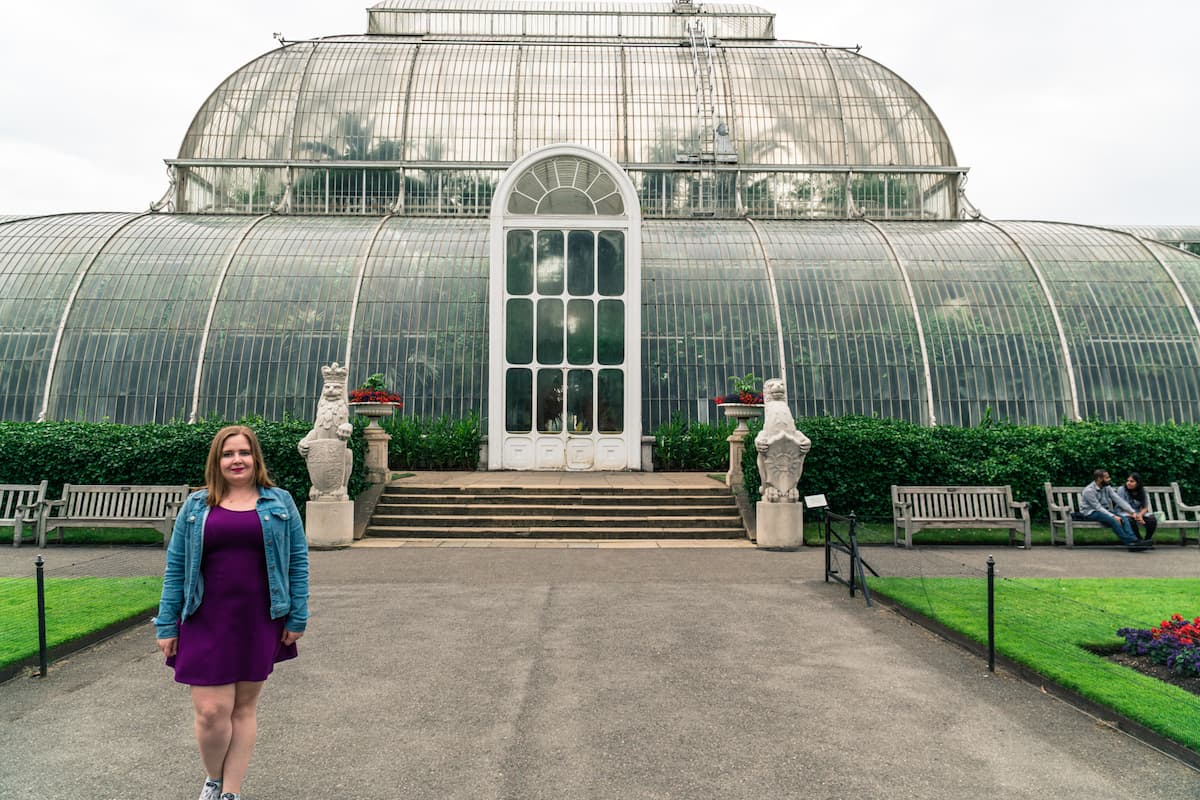
There’s more than just plants though. This garden is a globally renowned scientific institution for fungal and plant research, with Victorian glasshouses and artwork to see as well.
This guide will cover all the top attractions within Kew Gardens, as well as what to budget and the best times to visit. Always check their website before you go though because they temporarily shut exhibits down at random times, they always have new displays that might not be listed here, as well as pop-up events and festivals to enjoy.
Kew Gardens Top Attractions
Bamboo garden and minka house.
Bamboos are the fastest growing woody plants in the world and create dense landscapes wherever they grow. The Bamboo Garden at Kew has 130 bamboo species from China, Japan, the Himalaya and Americas, being one of the largest collections in the UK. They’re arranged by appearance to maximise the variety of form and leaf shapes. As you wander around, you’ll come across the Minka house. Meaning ‘houses of the people,’ these farmhouses are a treasured feature of Japanese heritage. The simple homes or ‘minka’ were common in Japan until the mid-20th century.
Treetop Walkway
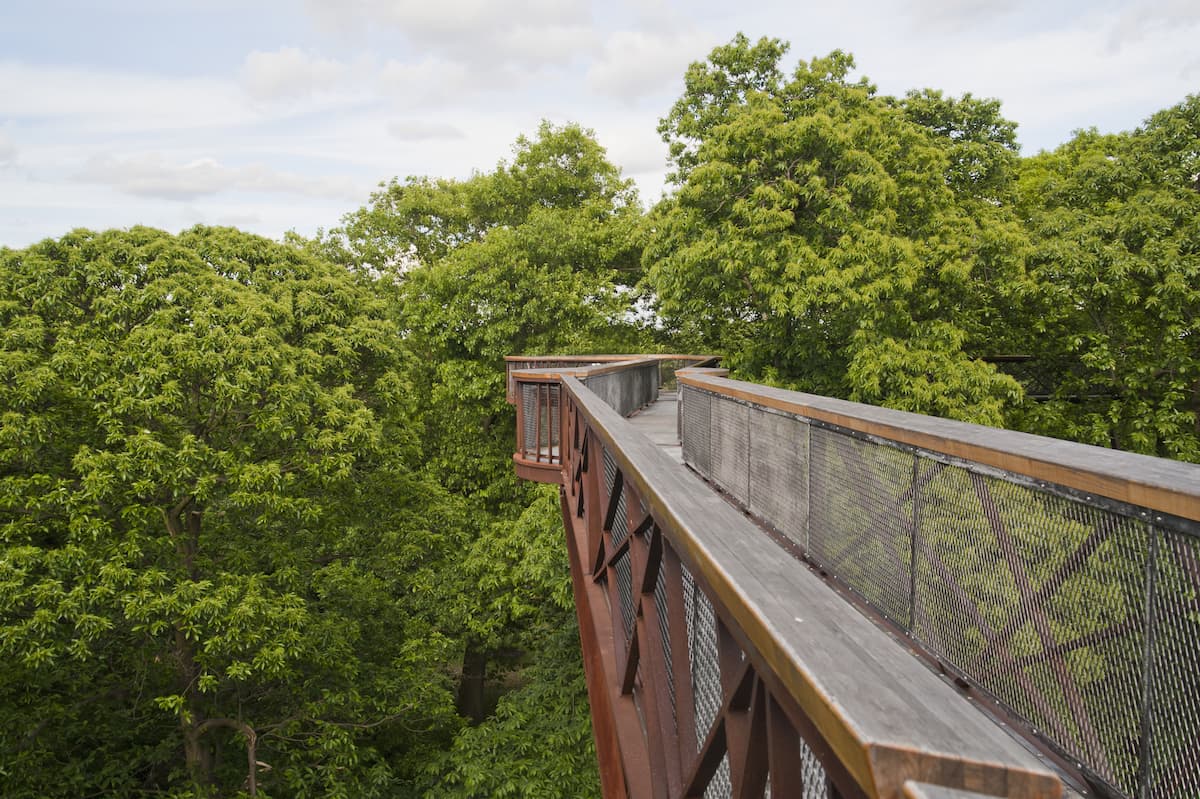
This is one of the things that you should definitely do at Kew Gardens is walk among the treetops. But if you’re like me and you’re slightly terrified of heights, it can be a little daunting. Just take a deep breath, enjoy the views and make sure you don’t look down.
The Treetop Walkway towers 18 metres above the ground and is a chance to observe the complex ecosystem of the trees’ uppermost branches, birds, insects, lichen and fungi. On the ground level, you’ll find sculptures carved from tree trunks and a path that leads below ground to the Rhizotron, which is an underground lab for studying the soil.
There are 118 steps up to the walkway in total.
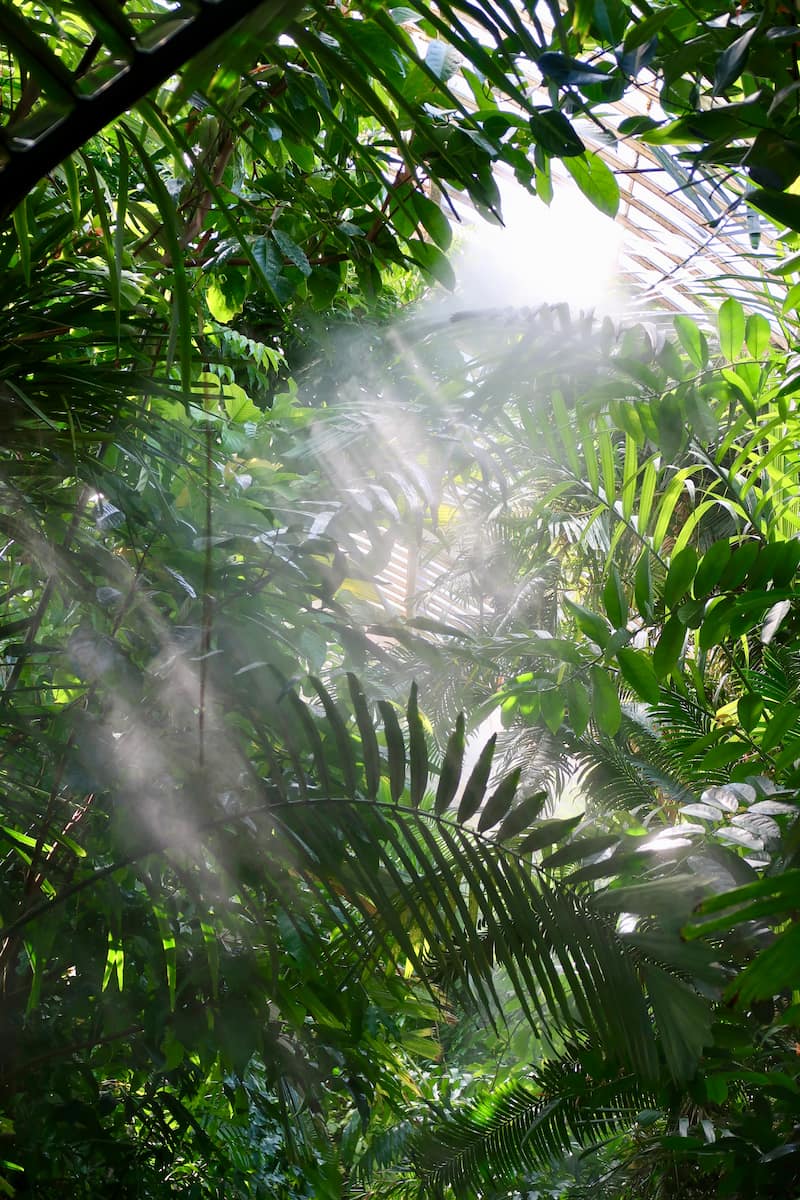
Palm House is where you’ll wander through the depths of the rainforest, where the air is heavy and dense. Discover treasures like the oldest pot plant in the world, along with the disease-fighting periwinkle. Lots of these plants are endangered or extinct. Rainforests are vital to sustaining life on earth, making up 50% of species. The Palm House is a living laboratory giving a chance to glimpse the magic of the rainforest.
The nearest entrance is Victoria Gate.
Great Broad Walk Borders
This is a feast for the senses! At 320 metres, these are possibly the longest herbaceous borders in the world. Arranged in colourful themes across eight large circular beds, you’ll be filled with fresh fragrances, feathery grasses, and dazzling flower beds that evolve with the seasons. Although they’re at their finest in summer, they’re still amazing in spring and autumn as well.
Japanese Landscape
This is the perfect place for quiet reflection, combining a Garden of Peace, Garden of Activity, Garden of Harmony and Japanese Landscape. You’ll find areas reminiscent of a traditional Japanese tea garden, stone lanterns, a dripping water basin, flowing water and stone and rock outcrops. The landscape was designed by Professor Fukuhara of Osaka University and has a near replica of the Gate of Nishi Hongan-ji (Western Temple of the Original Vow) in Kyoto, Japan.
Th nearest entrance is Lion Gate.
The Arboretum
There are 14,000 trees rooted in the Arboretum, with more than 2,000 species, including rare and ancient varieties. This is an opportunity to experience the diversity of forests around the globe, as it stretches across two-thirds of the Gardens. This incredible collection includes trees as old as the Gardens themselves, with many that you can’t find anywhere else in Britain.
The Marion North Gallery
This gallery has a vivid collection of 19th century botanical art, with more than 800 paintings covering the walls. Marion North solo travelled the world to record the tropical and exotic plants that she so loved and chose to paint the plants in their natural setting. Her vast collection is on permanent display at Kew and is exhibited in geographical order so you can follow in her footsteps.
The nearest entrance is Victoria Gate. The Gallery is located near the Temperate House and Pavilion restaurant.
The Davies Alpine House
Alpines are able to grow above the altitude at which trees can survive, making them some of the world’s most resilient plants. They’ve adapted to be able to endure severe conditions such as the Earth’s poles and Arctic mountaintops. Because they have a short growing season, the plants must flower and then set seed quickly. So, the flowers in this glasshouse are only displayed when they come into bloom, when you’ll see a range of bright purples, bold pinks, fragrant lavenders and many other unique species.
Mediterranean Garden and King William’s Temple
Get ready to be transported to the sun-kissed landscape of Southern Europe in this part of the Garden, depicting a typical Mediterranean natural habitat. Built in 1837 and standing in the centre of the Mediterranean Garden is King William’s Temple, in memory of William IV. The Tuscan porticos of the Temple, have iron plaques commemorating British military victories from 1760 to 1815.
The Hive towers 17 metres high and is an installation recreating life inside a beehive. It’s one of the most photographed spots in the Gardens and a magnificent piece of contemporary art. You can actually walk inside the enclosure and enter into the world of a real beehive, with music in the background responding to the activity. This is the place to explore the secret life of bees and celebrate their role in sustaining life!
The nearest entrance is Elizabeth Gate.
Princess of Wales Conservatory
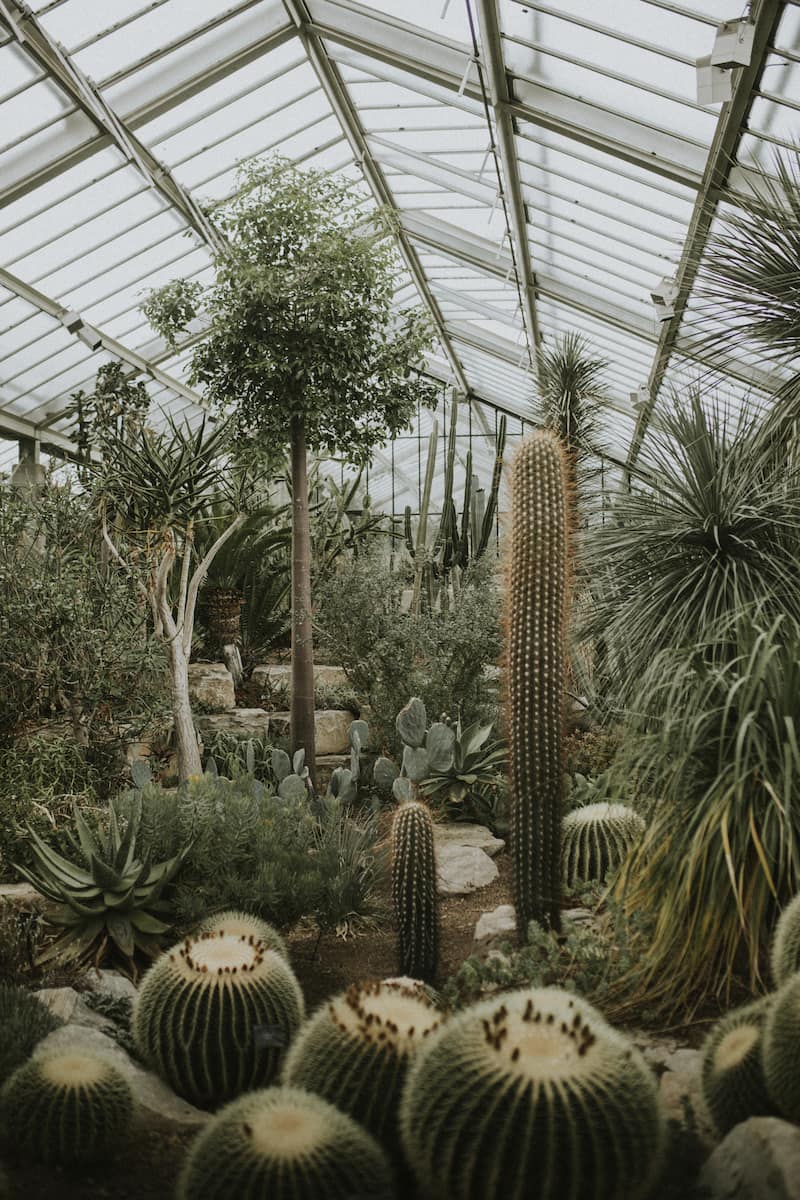
This Conservatory has ten computer-controlled climate zones and a series of fascinating ecosystems. Discover carnivorous plants, spiky cacti and succulents, and a celebrated giant waterlily, with a surprise around every corner of the winding glasshouse.
Elizabeth Gate is the nearest entrance.
Library and Archives
The Library and Archives collection at Kew spans 2,000 years, with classification and uses of plants, ecology, conservation and naming. This is for the garden lover, researcher or avid reader, with plenty of resources on botanic gardens and herbaria worldwide. The oldest collection dates back to the 1370s, with copies of ancient works of botany taking you back even further in time.
The Main Library is located in the Herbarium building off Kew Green to the right of Elizabeth Gate.
Queen’s Garden
The Queen’s Garden has plants and architectural styles of the 17th century, designed to complement Kew Palace. Most of the plants in this garden are species grown in the 1600s or even earlier. In May and June, the displays in this garden are simply spectacular.
Rose Garden
The Rose Garden contains 170 different species of the rose, making it a floral feast for the eyes. Designed in 1848 by English landscape architect William Nesfield, it wasn’t actually planted with roses until the 1920s. The best time of day to see the Rose Garden at its best is early in the morning or early in the evening, when the scent linger between the beds.
Temperate House
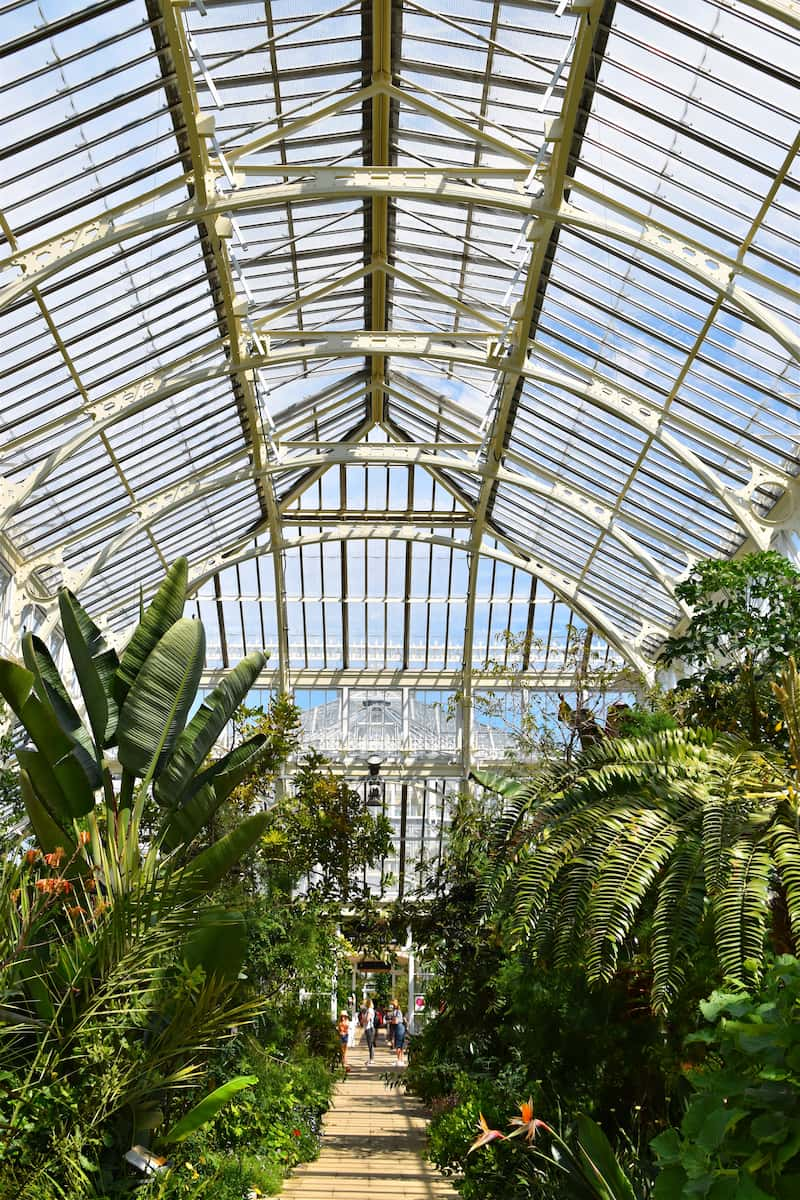
This incredible glittering cathedral is home to 1,500 species of plants. Travel the world with plants from Africa, Australia, America, Asia, New Zealand and the Pacific Islands. These are all temperate plants that need to live in conditions above 10 degrees to survive. The Temperate House tells us about how Kew is working to rescue these rare and already extinct plants.
The nearest entrance is Lion Gate.
Rock Garden
The Rock Garden display is framed by sandstone peaks and cascading waterfalls, mimicking life in the world’s mountainous regions. It’s over an acre in size, being constructed in 1882, making it one of the oldest and largest Rock Gardens in the world. The naturalistic display transports you to a rugged, wild landscape, with planting combinations designed to evoke the communities seen in nature.
Where to Eat and Grab a Coffee Within the Gardens

While spending the day at Kew, you’re sure to need a perk up with coffee and food. Here are your five options within the Gardens.
For indoor and outdoor dining, the Orangery even has pop-up stalls available. Warm yourself up with a toastie, burger or Lebanese Barbeque.
Pavilion Bar and Grill
Enjoy dining surrounded by vines with views of the Pagoda and Temperate House. This is the place for plant-based options, as well as burgers, seasonal salads and cake from the kitchen.
The Botanical Brasserie
Enjoy delicious breakfast, afternoon tea and lunch dishes and this hotspot.
Victoria Plaza Cafe
This is the place for the perfect picnic grub. Grab sausage rolls and barista coffee for eating in or for taking away.
Family Kitchen Shop
Craving some pizza? Add to that a salad bar and ice cream servery and you’re good to go! The Family Kitchen Shop is conveniently located right next to the Children’s Garden.
Best Times to Visit Kew Gardens
Kew Gardens has peak and off-peak times to visit, but it’s open year-round. Here’s what each season has to offer.
Naturally, signs of new life spring up all over the Gardens in the season of fresh beginnings. You’ll see swathes of yellow daffodils in various areas, while bluebell seekers should visit in April and May and head to the Natural Area for a carpet of blue. And while you’re at it, indulge the senses with cherry blossoms along Cherry Walk near the Temperate House and in the Japanese Landscape , on display between the end of March and the beginning of May.

Summer at Kew offers something bright and beautiful at every turn. The Rose Garden is the top spot to visit during the summer months, bursting with sweet fragrances and a sea of colours, from yellow and orange to pink and scarlet. The Waterlily House offers the striking waterlilies, while the Mediterranean Garden is a sunny landscape.
The trees steal the show in Autumn at Kew. This is the best time to visit the Treetop Walkway, overlooking the bronzed chestnut, beech and oak trees. The Japanese Landscape is another autumn hotspot, along with the Grass Garden and the picturesque autumn reflections in the Lake . Autumn is also the best time of year to see fungi .

There are many botanic gems to discover at Kew, even during the chilly months. Walking among the conifer collection, you’ll notice the bright winter berries mixed with cones and foliage. And the Holly Walk near the Temperate House has one of Europe’s biggest holly collections, adding in bright colourful dashes to the winter landscape. I’ve visited once during the Christmas lights display, which is incredible and I totally recommend seeing if you’re planning a visit around the holidays.
Ticket Prices and Discounts
Just to quickly cover tickets, the normal entry price to Kew Gardens is around £16, but it varies a bit with the time of year you go. You can also get a discount if you’re a student, family, or by using the Days Out Guide . For the Days Out Guide, you’l get a rail ticket, not an Oyster card, and it will give you a two for one voucher to enter. Purchasing tickets in advance is recommended.
For Kew Gardens opening times check the website as they change throughout the year. Also be sure and download the map of the Gardens before you go to help guide your way.
As you can see, Kew Gardens is definitely worth a visit! It had been on my London bucket list for ages and it was well-worth the wait. You’ll find something in every corner of Kew Gardens so keep your eyes open as you walk around. You don’t want to miss the colourful border paintings, majestic wooded areas, ornamental structures and garden art. Get ready for a multi-sensory sensation!

Kat Hi, I'm Kat, an Australian that moved to London in 2013 to start a new adventure. What a roller-coaster that was! I love helping others move to the UK and people explore the world ! I’d be honoured if you’d say, “Thanks!” with a £3 coffee on Ko-fi.

This site uses Akismet to reduce spam. Learn how your comment data is processed .
The Secret London Guide To Kew Gardens
Kew Gardens is a tranquil escape from the chaotic capital city - and it'll be even more relaxing now you've found this handy guide!
The most beautiful botanical garden in the city and home to the the most diverse collection of plant life in the world; Kew Gardens is well worth travelling the entire breadth of the District Line for. Here’s the Secret London lowdown.
What should I see at Kew Gardens?
There is a lot to see and do in Kew Gardens. Below are some of our top picks of things to see, but there’s also plenty of grounds to explore outside the cosy confines of the greenhouses. Completing a circular route is about an hour’s walk , so pop on your comfiest shoes and see what wonders you discover throughout the 326-acre site .
The Palm House
View this post on Instagram A post shared by Kew Gardens (@kewgardens)
Travel to the depths of the rainforest without having to leave Zone 3 inside Kew’s iconic Palm House . It’s home to luscious tropical trees, which, thanks to a rather Instagram-friendly iron staircase, can be gawped at from above. It also sits next to a pretty lake and ornate flower beds. What’s not to love?
The Temperate House
Kew’s impressive Temperate House is, in fact, the world’s biggest Victorian glasshouse. Home to 1,200 rare and threatened species of plants from Africa, Australia, New Zealand, the Americas, Asia and the Pacific – and doesn’t it just look bloomin’ gorgeous?
The Princess of Wales Conservatory
Kew Gardens’ most modern greenhouse is this multi-talented marvel. A leafy labyrinth of enchanting ecosystems, it’s actually a cluster of ten separate spaces, each climactically-optimised for different families of plants. One moment you’ll be in a dry, cacti-filled environment, and the next, in a hot and humid rainforest paradise. Get you a greenhouse that can do both, as they say – okay, nobody actually says that.
Davies Alpine House
Around the corner, this petite-yet-curvy little greenhouse protects some of the most resilient plants in the entire garden. Expect cool, dry and windy conditions in here – as these are the conditions in which the little guys flourish.
Treetop Walkway
Got a head for heights? If so, this could be just the thing for you. 18 metres above the ground, the Treetop Walkway will give you – quote literally – a birds-eye view of the glorious gardens and everything they have to offer.
The Great Pagoda
View this post on Instagram A post shared by Richard Wilford (@richardwilf)
Carry on climbing with a stroll over to the simply stunning Great Pagoda . Dating back to 1762, it was created as a gift for a princess – I guess mine must be lost in the post. At ten storeys high; the 253 steps within will offer you views across the ground from the summit but note that it is currently closed until later this spring.
View this post on Instagram A post shared by Ailbhe Phelan (@ailbhephelan)
At 17 metres tall, The Hive is a stunning piece of contemporary art and – understandably – one of the most photographed features in the entire gardens. 1000 LED lights glow and a musical symphony help recreate life inside a beehive – but on a human scale.
Originally known as the ‘Dutch House’, Kew Palace is the only surviving part of a larger palace, where George III once spent his summers back in the late 1700s. The oldest building in the gardens and full to the brim with rustic charm.
When should I visit Kew Gardens?
Kew Gardens is open all year round and honestly, there’s not really a bad time to go. Well – unless maybe it’s chucking it down with rain . Head there for springtime blooms or crispy autumn leaves ; all the greenhouses are warm, regardless.
One popular time to visit is Christmas , when the gardens are illuminated with fairy lights, lasers, colourful spotlights and other festive displays. This is a separate offering to the regular garden openings, taking place after hours, so there’s no greenhouse access or chance to wander off into the darkened forests. There’s also a weeklong music festival, Kew the Music (see what they did there?!) running there this summer.

Anything else I should know before I visit?
There are four separate entrances to Kew Gardens : Victoria Gate (TW9 3JR), Lion Gate (TW9 2DF), Elizabeth Gate (TW9 3AE) and Brentford Gate (TW9 3AF). The car park can be found at the Brentford Gate. The nearest stations are Kew Bridge, Kew Gardens and Richmond.
There are a variety of cafes and restaurants at Kew Gardens, each serving up delicious grub using seasonal and local produce.
Kew Gardens is open daily from 10am – 5pm (last entry at 4pm). Ticket prices start from £4 per child and £12 per adult. Find out more and plan your visit here .
Also published on Medium .
TYPE IN YOUR SEARCH AND PRESS ENTER
Day Trip To Kew Gardens, London | Ultimate Guide By A Local
Last Updated on February 23, 2024 by Goya
Welcome to the ultimate guide to a day trip to Kew Gardens, London , by yours truly — a local and a Kew member who frequents the botanical gardens often.
As a longtime resident of Kew, I have had the pleasure of enjoying the beautiful scenery and engaging with the diverse array of flora and fauna that the gardens have to offer. In this guide, I will share my insider knowledge to help you plan the perfect day trip to Kew Gardens that will leave you captivated by the beauty and tranquillity of this natural wonderland.
Whether you’re a seasoned nature enthusiast or simply looking for a serene escape from the bustle of the city, this ultimate guide is your key to an unforgettable adventure in Kew Gardens. So grab your walking shoes and let’s get started!
Table of Contents
Kew Gardens in a Nutshell

What is Kew Gardens and Where Is It Located?
Nestled in the quaint borough of Richmond-upon-Thames , in southwest London , Kew Gardens is one of England’s most beloved attractions. With more than 300 acres of grounds filled with lush greenery and awe-inspiring botanical displays, Kew Gardens is a true paradise for nature lovers.
Upon arrival, visitors are treated to an amazing array of flora and fauna from every corner of the globe, as well as historical monuments that date back to the 18th century. As you explore this blissful sanctuary, you’ll find yourself surrounded by a vibrant community of gardeners and horticulturists who are passionate about preserving and protecting the park’s rich heritage for generations to come.
Map of Kew Gardens
Before embarking on your Kew Gardens adventure, it’s essential to have a detailed map of the park’s vast and intricate grounds:

History of Kew Gardens
Kew Gardens has a long history dating back to the 16th century when privately owned gardens were tended there. In 1731, the site was acquired by Frederick Louis, Prince of Wales, and later by Augusta, the Dowager Princess of Wales , who established an exotic plant garden in 1759. The gardens rapidly grew to over 3,400 plant species by 1769. Sir Joseph Banks managed the gardens from 1772 to 1819, during which the collections expanded to include plants from all over the world .
Under the leadership of Sir William Jackson Hooker and his son Joseph Dalton Hooker, the gardens became a hub for scientific research and the exchange of plant specimens, further cementing their worldwide reputation.
The UK’s government purchased the gardens in 1840, and by the early 20th century, the gardens increased in size to encompass the current 300 acres (120 hectares) of land.
In 2003, UNESCO recognised Kew Gardens as a World Heritage Site .
Is Kew Gardens Worth Visiting?
The answer is a resounding yes! Whether you’re interested in uncovering centuries-old secrets or simply want to appreciate some breathtaking views, a visit to Kew Gardens will not disappoint. There are over 50 different gardens and structures within its boundaries, so there’s something for everyone. The Palm House and the Temperate House alone are worth seeing. While strolling through their maze-like interior you can admire an impressive collection of plants from all over the world.
DID YOU KNOW? Kew Gardens is one of the few places in London where you can find peacocks !
Top 11 Things To See At Kew Gardens
#1: the great pagoda.
Nestled within Kew Gardens is a true marvel of architecture and engineering, the Great Pagoda. Standing tall at 163 feet, it is hard to miss the imposing structure with its 80 golden dragons adorning the roofs. Completed in 1761 as a gift for Princess Augusta, the founder of the Gardens, it was one of several Chinese-style buildings designed by the architect, Sir William Chambers. Though it was initially constructed as a “folly,” a decorative structure without any practical purpose, it has since become an integral part of Kew’s history.
Once a royal retreat, the Great Pagoda’s height allowed for a stunning bird’s eye view of London, and its unique silhouette could be seen from miles around. Today, visitors can climb the 253 steps to the top of the Pagoda and marvel at the breathtaking view of the city, just as the royals once did.
Visiting Kew Gardens is an unforgettable experience, and the Great Pagoda is undoubtedly one of its most treasured gems. Rich in history and architectural beauty, the Pagoda will leave any visitor on a day trip to Kew Gardens awestruck and inspired.

Opening times: Daily from 11 am (Last entry 4 pm) Nearest entrance: Lion Gate
#2: The Japanese Landscape
The Japanese Landscape is a breathtaking fusion of three distinct gardens — the harmonious Garden of Peace, the dynamic Garden of Activity, and the tranquil Garden of Harmony. Designed in 1996 by Professor Fukuhara of Osaka University, the gardens showcase a perfect blend of art, nature, and human ingenuity and lead the visitors to a serene and wholly unique environment.
The Garden of Peace, accessible through the main entrance, is a haven of tranquillity. Here, you can pause beside a slowly dripping water basin, step across ornate stepping-stones over a meandering stream, and admire the beauty of manicured greenery and traditional Japanese lanterns.
The Garden of Activity, an exciting space meant to evoke the feeling of natural waterfalls, mountains, and the sea, is a remarkable sight to behold. You can experience the zen of the raked gravel, and let large rocks inspire the feeling of water flowing and tumbling.
The Garden of Harmony combines the two environments, uniting the movement of water and the peacefulness of the natural environment. You can get lost in the beauty of carefully planted shrubs and the neatly clipped hedges of Rhododendron ‘Mother’s Day’ and Japanese anemone, representing mountainous landscapes and rock formations.

Nearest entrance: Lion Gate
#3: The Temperate House
You can discover the world’s unique plant life in Kew’s Temperate House, a glittering cathedral of horticulture. Home to 10,000 individual plants from 1500 plant species originating from six of the world’s temperate zones including Africa, Asia, Australia, the Pacific Islands, and the Americas, this house underwent a glorious five-year renovation and reopened to the public in 2018.
Built to provide a habitat for temperate plants, all species within the Temperate House require temperatures above 10°C to survive. Many of these plants are rare and threatened, and the house tells the story of how Kew and global partners are working to preserve them for future generations.
With its rich history of over 250 years of plant expertise, the Temperate House stands as Kew’s icon and the beating heart of plant science. So, don’t miss a visit to this spectacular house that’s been voted ‘Best UK National Treasure’ at the 2018 National Geographic Traveller Magazine Reader Awards, on your day trip to Kew Gardens.
Opening times: Daily, 10 am to 5 pm Nearest entrance: Lion Gate
#4: The Treetop Walkway
The Treetop Walkway is a unique pathway that reveals the hidden secrets of woods and forests. Here, you can:
- Take to the skies and explore Kew’s treetops on the 18-meter-high pathway through the branches of sweet chestnut, beech, horse chestnut, and oak trees that border the walkway.
- Or observe the complex ecosystem of the trees’ uppermost branches, buzzing with life, including birds, insects, lichen, and fungi.
- Take a closer look at the microscopic elements of trees and how they grow, at ground level.
Opening times: Daily, 10 am to 6 pm (last entry 5.45 pm) Nearest entrance: Lion Gate
#5: Woodland Walk
Step away from the manicured grounds of Kew and into a wild, untamed paradise full of life and vibrant beauty. Explore the Woodland Walk at Kew, a raised trail that hugs the River Thames and takes you on an awe-inspiring journey through the Natural Area (37 acres of classic woodland) gifted to Kew by Queen Victoria. Delight in the rustic charm as you meander along this shady path lined with tall grasses, wildflowers and whispering trees; marvel at the kaleidoscopic flutter of butterflies, dragonflies and damselflies as they engage in a captivating aerial ballet. Lose yourself in this tranquil oasis – all without disturbing its habitat – for an unforgettable nature experience.

#6: The Palm House
Discover the magical rainforest of Kew’s Palm House. Explore its dense vegetation and uncover ancient treasures, like the oldest pot plant in the world or the disease-fighting periwinkle. From rubber trees to African oil palms and cocoa trees, these plants provide huge value for their fruit, timber, spices or medicine. Rainforest plants cover only 2% of the Earth’s surface yet make up 50% of species – vital for sustaining life on Earth. Use your visit to this living laboratory as a chance to glimpse tropical regions around the world and support Kew scientists’ research into medicine and sustainable cropping.

Opening times: Daily, 10 am to 5 pm Nearest entrance: Victoria Gate
#7: The Marianne North Gallery
Admire the artistic masterpiece, the Marianne North Gallery in Kew Gardens, with more than 800 remarkable paintings that invite you to enter a world of botanical beauty. As you take a leisurely stroll through this atmospheric space, be enchanted by North’s collection of vibrant 19th-century botanical art. She was a woman ahead of her time, unafraid to break convention; travelling the world solo to capture the mysterious elegance of exotic plants from every corner of the world. Capturing these ethereal moments with her brush, she defied Victorian flower painting traditions and documented the dramatic landscapes she visited and the plants that captivated her. Now, visitors have the unique opportunity to experience North’s vast collection in all its glory – an unforgettable journey through nature’s magnificent creations.

#8: The Princess Of Wales Conservatory
Take a journey of wonder through the Princess of Wales Conservatory, an exquisite glassy labyrinth leading you to ten magical climate zones . Uncover other-worldly plant species like the Venus Flytrap and Pitcher Plant as they remain in suspended animation awaiting their next meal. Traverse from sun-scorched deserts to lush tropical forests; spiky cacti and succulents transition into orchid-filled havens full of steamy mist. In the wet tropics, witness the mesmerising beauty of a giant waterlily opening its luminous white blooms at sunset, pollinated by morning’s light and abloom with dazzling hot pink petals. Prepare for a captivating experience that is sure to delight your senses.
Opening times: Daily, 10 am to 5 pm Nearest entrance: Elizabeth Gate
#9: The Hive
On your day trip to Kew Gardens, don’t forget to admire the creative genius of The Hive , an awe-inspiring, open-air installation designed by UK-based artist Wolfgang Buttress, where you can embark on an immersive experience that celebrates Britain’s honeybees and their powerful role in sustaining life as we know it while admiring its magnetic beauty from every angle.
Step into The Hive and feel the drama of life inside a real beehive come alive as you enter the imposing 17-metre-tall structure and discover first-hand its bustling inner workings. Let thousand LED lights which respond to the vibrations of bees that exist in the gardens enchant you; marvel as a symphony of sound in C – the same key that bees hum along – fills your ears. A unique opportunity to explore the secret life of bees on a human scale, The Hive is a space to celebrate their powerful role in sustaining life as we know it – and admire its magnetic beauty from every angle.

Nearest entrance: Elizabeth Gate
#10: The Davies Alpine House
Step into the world of alpine plants and explore Davies Alpine House at Kew Gardens. Witness first-hand the resilient nature of these plants as you wind your way through an immersive display of bright purple campanulas, bold pink dianthus, ferns, fragrant lavenders and other unique species adapted to survive in the high-altitude territory. Delight in their beauty while learning how they can survive in conditions from the Arctic to the Alps or the Andes – in the wild, they spend winter dormant and dry, taking advantage of melting snow come spring.
Discover the genius behind this energy-efficient structure – designed to recreate the dry, cool, windy conditions alpines need to thrive without air conditioning and wind pumps. These two back-to-back arched building creates a stack effect that draws warm air out whilst below ground an efficient concrete labyrinth cools the air that is recirculated around it; all set against a stunning backdrop of low-iron glass for maximum light transmission. Enjoy a unique opportunity to explore these remarkable plants surrounded by breathtaking views.
Opening Hours: Daily, 10 am to 5 pm Nearest entrance: Elizabeth Gate
#11: Bamboo Garden and Minka House
Follow the undulating paths of Kew Gardens and uncover a hidden sanctuary in its deepest corners, where nature’s tallest grasses tower in abundance and an old, traditional Japanese farmhouse waits patiently to take you back in time. The Bamboo Garden is home to 130 bamboo species from China, Japan, the Himalayas and the Americas – with dramatic leaf shapes, cascading fountain-like foliage and durable plastic barriers to contain the rapid growth of some invasive species.
Meaning ‘houses of the people’, ‘Minka’ describes the simple homes that flourished throughout Japan until the mid-20th century. Bushes of sacred bamboo are planted around Kew’s Minka House — former home to the Yonezu family before their main house was bombed in 1945 — believed to dispel bad dreams.
An impressive feat of unsung architecture awaits as you wander inside. Gaze upon its intricate patterns; examine how its wood has weathered with age; imagine life within these walls when it was alive with the laughter and traditions of generations gone by. Revel in this romantic treasure trove where history collides head-on with culture for an unmissable experience.
Nearest entrance: Brentford Gate
Planning Your Visit
Here you can find the opening hours, the different ways to access the gardens, the best time to visit, and where to grab a bite to eat during your day trip to Kew Gardens. So keep on reading to discover everything you need to know about planning your day trip to Kew Gardens!

#1: Kew Gardens Opening Hours
Kew Gardens Opening Times 2023
1 April to 30 April 2023
Daily, 10 am* to 7 pm (last entry 6 pm)
1 May to 31 August 2023
Monday to Friday, 10 am to 7pm† (last entry 6 pm)
Saturday, Sundays & Bank Holidays, 10 am to 8pm† (last entry 7 pm)
†The Gardens to close early at 4 pm on 27 July and 10 August for Summer Cycle and 5 pm from 11 to 16 July for Kew The Music
1 to 30 September 2023
Daily, 10am‡ to 7 pm (last entry 6 pm)
‡The Gardens to open later at 11 am on 9 and 10 September due to Richmond Runfest
1 to 28 October 2023
Daily, 10 am to 6 pm (last entry 5 pm)
29 October to 13 November 2023
Daily, 10 am to 4 pm (last entry 3 pm)
Kew Gardens Opening Times 2023/24
14 November 2023 to 7 January 2024
Daily§, 10 am to 3 pm (last entry 2 pm)
§The Gardens to be closed on 24 and 25 December
8 January to 31 January 2024
1 February to 29 February 2024
Daily, 10 am to 5 pm (last entry 4 pm)
1 March to 31 March 2024
#2: Getting To Kew Gardens
By Tube or Overground: Kew Gardens has its own station ( Kew Gardens ) on the District Line that connects it directly to central London stations such as Waterloo and Victoria Station. The station is 500m from Victoria Gate.
By Train: South West Trains run services from Waterloo through Vauxhall and Clapham Junction to Kew Bridge station, which is 800m away from Elizabeth Gate via Kew Bridge. Alternatively, Richmond Station has a lift and level access and visitors can take the 65 bus (in the direction of Ealing Broadway) to Lion or Victoria Gate.
By Bus: Visitors travelling to Kew Gardens by bus can take Route 65, which stops close to Lion Gate, Elizabeth Gate and Victoria Gate. Route 110 also stops near Kew Gardens station and Elizabeth Gate. Routes 237 and 267 stop at Kew Bridge station.
By Boat (Westminster Pier to Kew Gardens ) : If you would like to visit Kew Gardens by boat, Thames River Boats operate a special service from Westminster Pier to Kew Pier. Elizabeth Gate, the closest entrance to Kew Pier, is only a 0.2-mile walk away across Kew Green. Timings for this service are 11 am and 2.30 pm from Westminster and 12.30 pm, 3.30 pm and 5 pm from Kew.
By Car: There is limited parking available near the Brentford Gate for those who plan on driving to the gardens.
Bicycle racks are available at all four gates of Kew Gardens, with the racks at Elizabeth Gate and Victoria Gate located inside the gates behind the booths.
Kew Gardens Gates
There are four main gates that provide access to Kew Gardens. These are the Elizabeth Gate, Brentford Gate, Victoria Gate, and Lion Gate. You can refer to the map for their exact locations.
#3: Best Time To Visit Kew Gardens
Wondering when is the best time to visit the Kew Gardens? Well, that depends entirely on what you want to see; if you’re looking for vibrant blooms then April through May or September through October are your best bet.
In the summer months, visitors can take part in daily activities such as guided walks, talks and children’s activities, as well as special events such as the annual summer music festival Kew the Music and open-air performances by Theatre on Kew .
On the other hand, in wintertime, the gardens host Christmas at Kew — a festive annual event and a London Christmas highlight , offering visitors a chance to explore the gardens amidst a magical winter wonderland setting. The event features various light shows, installations, and interactive experiences tailored around a festive theme. The breathtaking light shows, from laser displays to stunning illuminations, create an enchanted experience.
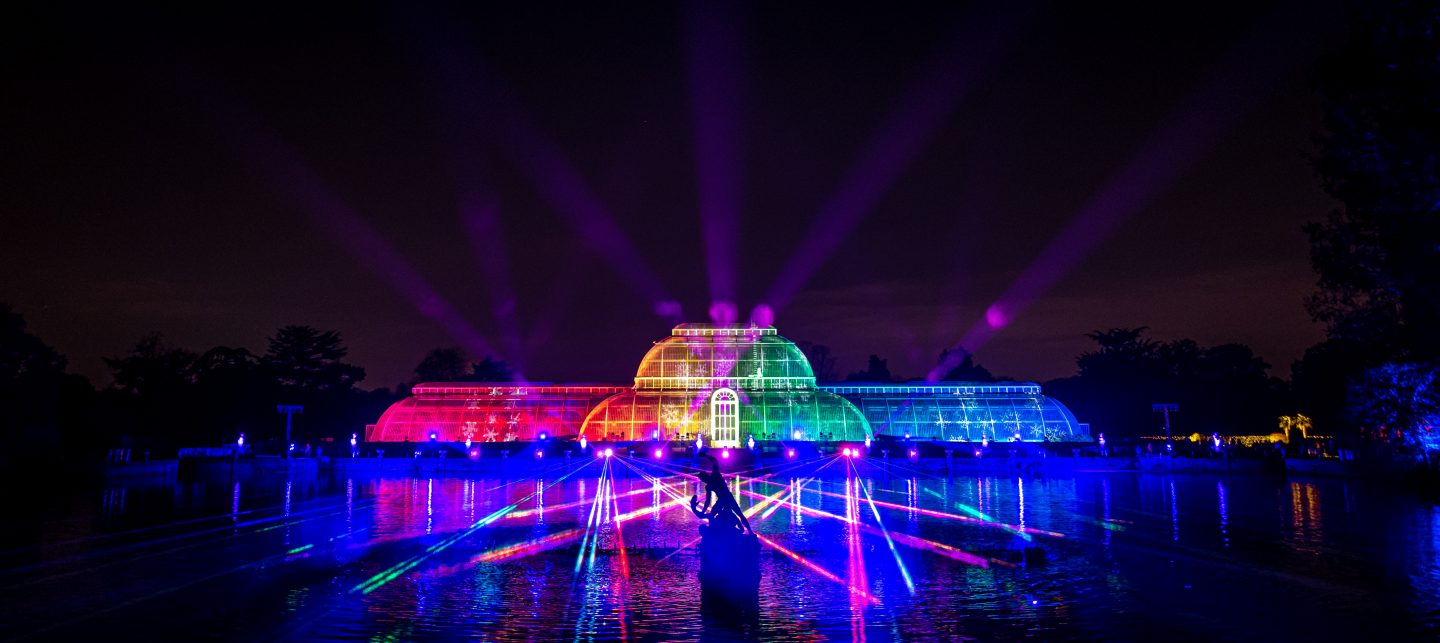
NOTE: Visitors should be aware that some areas may be closed during extreme weather conditions so always check before planning your visit!
#4: Where to Eat at Kew Gardens?
Kew Gardens offers a wide range of dining options to suit all tastes and budgets. Whether you’re looking for a quick snack or a more extravagant dining experience, you’ll find plenty of options to choose from on your day trip to Kew Gardens:
- The Botanical Brasserie: This is Kew Garden’s flagship restaurant located in a magnificent Grade 2 listed building overlooking the pond and Palm House. It offers a quintessentially British dining experience featuring delicious seasonal dishes made with locally sourced ingredients, as well as traditional afternoon tea.
- The Orangery: Set in a stunning 18th-century building, The Orangery offers light bites and delicious cakes in elegant surroundings. [*Closed for refurbishment until late Spring 2023.]
- Pavilion Bar and Grill: For a more relaxed dining experience, the Pavilion is an excellent choice. Situated in a picturesque spot overlooking the lake, this bar and grill offer a range of delicious barbecue dishes and refreshments.
- Victoria Plaza Café: If you’re looking for a quick bite, the Victoria Plaza Café is the perfect spot. Located in a peaceful area of the park, this charming cafe offers a selection of sandwiches, cakes, and drinks that you can enjoy indoors or outdoors.
- Family Kitchen & Shop: From stone-baked pizzas and hearty salads to freshly prepared sandwiches, mouthwatering dishes from the hot counter and delicious ice cream served up by an expert team of chefs, this is the perfect hangout for the whole family.

Additional Information & Insider Tips
Accessibility at kew gardens.
Kew Gardens is proud to be welcoming and accessible to all visitors. Whether you are an individual with hidden impairments or a group visiting with a disability, the team at Kew Gardens will do their best to ensure your visit is as enjoyable as possible.
Their accessible facilities include ramped access points, wheelchair hire and a complimentary wheelchair assistant service, specialised tours and activities, and dedicated changing places.
For further information on accessibility ahead of your day trip to Kew Gardens, you can refer to their website .
Kew Gardens Membership
Becoming a Kew Gardens Member allows you to enjoy exclusive access to their world-renowned botanic gardens all year round. With the membership, you will not only get unlimited entry to Kew, but you will also benefit from discounts at Kew shops, cafes and events, be eligible for priority booking on special events throughout the year, receive complimentary admission to Kew’s partner gardens across the UK, and help support the vital research that takes place at Kew.
As a Kew Gardens Member, I especially enjoy having the freedom to enter the gardens whenever I feel like taking a relaxing walk. As part of our Family Membership (two adults) , we are also able to bring one family guest each, plus up to four children (aged 4 to 15) – making it perfect for days out with family and friends. With unlimited free entry to both Kew Gardens and Wakehurst , discounts in shops and cafes and priority booking on special events throughout the year, membership is definitely worth the investment for anyone who plans to visit the gardens more than once a year!
Little Known Facts About Kew Gardens
- At the world-renowned Royal Kew Gardens lies a remarkable specimen, the oldest pot plant in the world . Collected in 1775 by Frances Masson during one of Captain Cook’s voyages from South Africa, this Jurassic cycad (Encephalartos altensteinii) is kept safe inside Kew’s Palm House.
- The Gardens are home to the smallest royal palace in the country; the Grade I-listed Kew Palace.
- The paddock next to Queen Charlotte’s Cottage was home to a menagerie of exotic animals from 1792. This included colourful Tartarian pheasants and the very first kangaroos to arrive in Britain .
- Two planes have crash-landed in the Gardens throughout its history . In 1928, a single-seater Siskin aircraft came down near Syon Vista but the pilot managed to escape unharmed with the help of his parachute. Another crash happened in 1938; an aircraft pulling an advertising banner had to make an emergency landing near the Palm House but there were no casualties.
- Kew Gardens has its own Police Force , and at some point also had its own Kew Fire Brigade (now covered by Richmond Fire Brigade).
- Day trip to Kew Gardens left you asking for more? Well, lucky for you, you can actually hold corporate and private events, or even get married at Kew !
Insider Tips
- Prefer your meals more al fresco ? No problem — You can pick up some food and drinks from Gail’s, Tesco, Starbucks, or The Good Wine Shop Kew by the Kew Gardens tube station, and have a picnic in any green space you fancy. Don’t forget to bring your picnic blanket!
- Limited in terms of mobility, or simply prefer being given a lay of the land beforehand? Then, you may want to jump on the Kew Explorer land train that takes visitors on a guided tour of Royal Kew Gardens.
- Waterlily House , one of the most beautiful spots in the Kew Gardens in my opinion, is closed every winter due to reduced natural light levels and cold temperatures making it too challenging to cultivate tropical water lilies. So if you want to marvel at these delicate flowers floating atop lily pads, you will need to visit in the summertime.

FAQs | Visiting Kew Gardens
Why visit kew gardens.
Kew Gardens is home to an impressive array of plants and trees, many of which are rare or endangered. It is also one of the world’s leading botanical research facilities and holds more than 8 million specimens from around the globe. The gardens contain a wealth of historical buildings and structures such as greenhouses, pagodas, treehouses and water features that create an idyllic atmosphere for visitors.
How Long Does It Take to Walk Around Kew Gardens?
It takes around 2-3 hours to walk around the Kew Gardens, that is of course with a minimal amount of stops. I would recommend spending at least four hours exploring the Kew Gardens. There is plenty to do and see, so you will have lots of opportunities to take in the stunning scenery while you walk around. You can even bring a picnic or grab lunch from one of the eateries located throughout the grounds. A bit of extra time spent here (and ideally turning it into a day trip to Kew Gardens) will give you a chance to really enjoy your day!
How Long to Spend at Kew Gardens?
It depends on your interests, but a visit to Kew Gardens can last anywhere from two hours to a whole day. Generally, visitors should spend at least 3-4 hours exploring Kew Gardens.
Can You Take Dogs to Kew Gardens?
Unfortunately, the gardens are not pet-friendly. Only registered disability assistance dogs are allowed in the gardens.
How Much Are the Tickets to Visit the Kew Gardens?
Ticket prices depend on the ticket type and the time of visit. For detailed information, you can visit this page which has the latest information.
Is Kew Gardens Free to National Trust Members?
If you are a member of the National Trust, please note that Kew Gardens is not included in your membership and requires an additional general admission fee.
When Do the Kew Gardens Open?
Kew Gardens’ opening hours vary depending on seasonality or events, however generally they open between 10 am-5 pm daily (last entry: 4 pm), and longer during summertime.
Is There a Gift Shop at Kew Gardens?
Yes, there are 4 gift shops in Kew Gardens: Victoria Plaza Shop (the biggest), Pavilion Shop , Galleries Gift Shop and Family Kitchen & Shop .
Final Thoughts: Day Trip To Kew Gardens
With its stunning landscapes, diverse plant life, historic charm and endless opportunities for exploration, there’s no wonder why Kew Gardens continues to attract tourists all year round!
Whether you’re visiting London or just looking for a peaceful escape from everyday life — a day trip to Kew Gardens won’t disappoint! So why not plan your next visit today and experience firsthand how this royal botanical garden brings centuries-old history alive with its beautiful gardens and captivating sights awaiting discovery?
Looking for more London tips and recommendations? Check out these posts:
- For all your foodie’s wishes: London Restaurants
- Visiting around Christmas? Then you may want to check out the best things to do & see in London at Christmas .
LIKE THIS POST? WHY NOT SHARE IT WITH SOMEONE WHO WOULD LOVE A KEW GARDENS DAY TRIP?

Welcome to my little corner for all things London, travel, food and wine! Why not join me on Instagram where you can follow my travel- and food-capades in real-time? Or leave a comment/send a message? I would love to hear from you! Lots of love, GG
Let's be travel friends!

Popular Posts
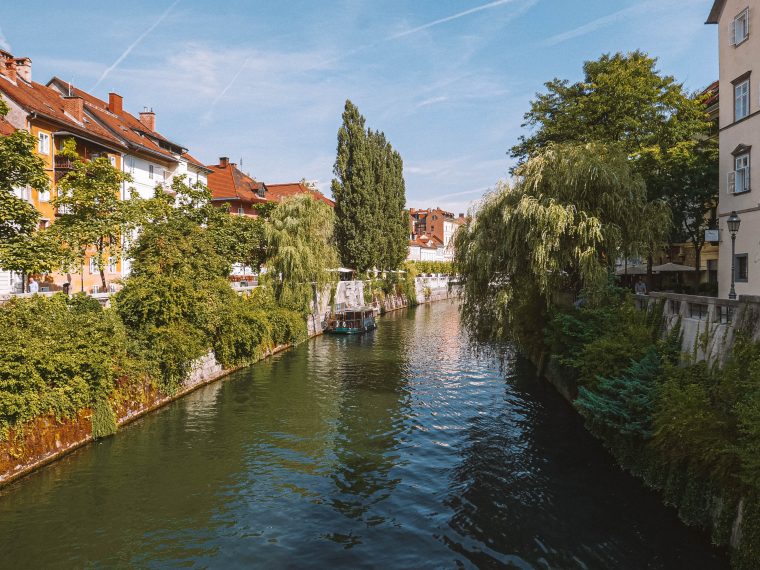
Living Life In The “SLO” Lane: The Ultimate Ljubljana Guide
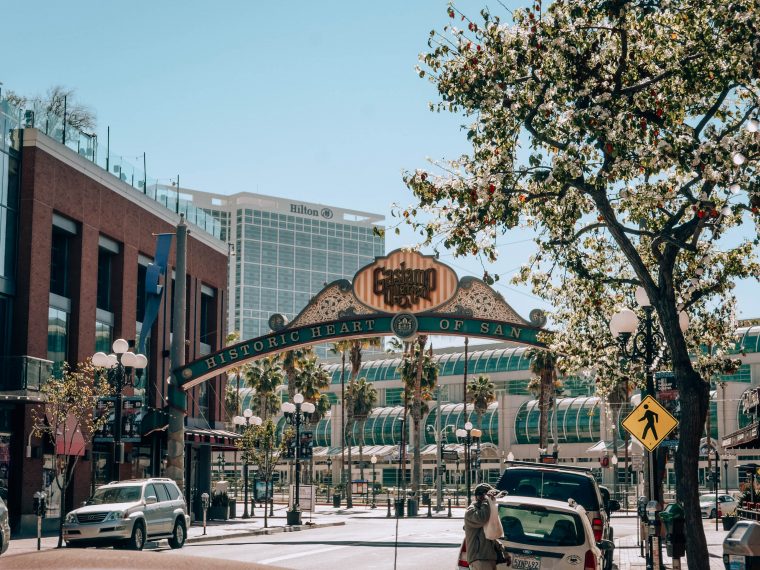
Solo Trip to San Diego: Best Things To Do Alone [+ Day Trips and FAQs]
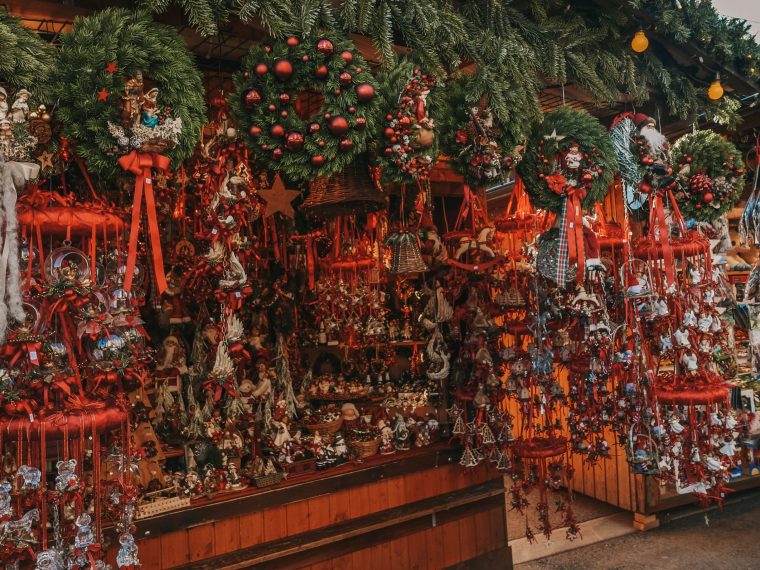
Christmas in Vienna: The Ultimate Guide
Related posts.

A Quick Guide to 7 Best Slovenia Highlights: Ljubljana & Beyond

Visit Ptuj: Slovenia’s Timeless Treasure and Oldest Town is Calling You!

13 Insider Tips to Experience Istanbul Like a Local
Leave a comment.
OMG! I had no clue Kew Gardens is so big. I went years ago and don’t remember it being that big, haha. I definitely need to visit again.
Oh, it is huge and yes, definitely well worth another visit – especially now when everything is in bloom or in summertime when they will start hosting a number of events!
- Shop My Faves
- Privacy Policy
Let's stay in touch!
Subscribe to GG Newsletter for e-mail updates and exclusive stories.
You can unsubscribe anytime. For more details, please review the Privacy Policy.
Welcome to the club!
Hey there, I am so glad that you chose to join me on this journey!
Your welcome e-mail is on its way (Can't find it? Please check your spam folder as they can sometimes be mislabeled) . To make sure your GoyaGaleotta.com e-mails are delivered, please add [email protected] to your e-mail contacts.
Lots of love,
What are you searching for?
The Ultimate Guide to Visiting Kew Gardens
Kew gardens ultimate guide.
Don’t let the word “gardens” fool you, because Kew’s Royal Botanical Gardens are more than just collections of pretty flowers to snap photos of. As a matter of fact, the Kew Gardens are actually a living, breathing collection of some of the most stunning botanical art on the planet, and are a must-see for any visitor to London (whether you’re a nature fanatic or not).
With over 300 acres to explore, Kew Gardens is one of the biggest living plant collections in the world, and even contain the largest display of seasonal flowers in Britain. Not just limited to flowers, the Kew Gardens also contain historic glasshouses, rare specimen trees, serene woodlands, and even playground areas for children to play in.
The Kew Gardens were first created in 1759, and showcase some of the best gardening art from the 18th to 20th centuries. Not only has it become one of the most popular tourist attractions in London, it’s also an environment where plant scientists can study plant diversity and economic botany as well.
Kew Gardens Highlights
Kew Gardens are not simply a place to wind down after a free tour or day of sightseeing. These gardens pack a punch! From waterfalls, lilypads and crocuses (two million of them to be exact), to plant tunnels, treetop walkways and bamboo gardens, one could easily spend an entire afternoon walking around the many attractions in the Kew Gardens and still not see all there is to see.
In May, the Kew Gardens spring to life (literally) and the blooming of bluebells are especially popular among visitors; but it’s during the summer months when the Kew Gardens are perhaps at their most beautiful. During these months, visitors can breathe in the smell of aromatic plants (like lavender, thyme, rosemary, sage and oregano, just to name a few), and also see a collection of Mediterranean fruits and vegetables (including nine different types of aubergine!)
Out of all the different types of plants and flowers species located in the Kew Gardens, none are as famous or as popular as the 250-year-old Old Lions, which are the oldest trees at Kew Palace.
The Bamboo Gardens (located at the historic Japanese Minka House which dates back to the early 1900s) are another fan-favourite, as here you can see the largest collection of bamboos in the UK.
Past visitors also highly recommend a stroll along the Treetop Walkway, which provides visitors with a bird’s eye view of the Kew Gardens from 59 feet up in the air.
Special Tips
Getting There
Visiting kew gardens.
The majority of past visitors leave Kew Gardens wishing they had more time to explore its many acres, so try to reserve at least a full afternoon to spend at the gardens (or two hours minimum). You may be walking for hours on end, so make sure you wear comfortable walking shoes, and warm clothing during the winter months.
All of the important flowers, trees and plants throughout Kew Gardens have identification labels so you can read more information on them during your visit However, it still may be a good idea to get an official guidebook to read as you’re walking through the gardens; (you can pick up the official guidebook at the Kew Gardens’ entrance). Visitors are also given a map which highlights all the attractions throughout the gardens, and even child-friendly attractions to visit as well.
Be aware that there are four entrance gates to the Kew Gardens which may be confusing for first-time visitors:
- The Victoria Gate is the closest entrance to the Kew Gardens underground station, and is located relatively close to the Palm House and the Princess of Wales Conservatory. Free daily guided tours start from Victoria Gate, and the nearby Victoria Plaza has a café, lockers and toilet facilities as well.
- The Elizabeth Gate is the closest gate to the Kew Bridge rail station, and is convenient for visitors who are using boat services from Westminster.
- Brentford Gate is just across from Kew’s Ferry Lane car park, and is close to the White Peaks Cafe and the Climbers and Creepers play area. Also close by are the Palm House and the Princess of Wales Conservatory.
- Lion Gate is the closest entrance to Richmond Station, and is the only gate at the southern section of the gardens; (thus it is the furthest away from attractions like the Palm House, the Princess of Wales Conservatory and the Climbers and Creepers children’s play area). It is relatively close to the Kew’s Pagoda, as well as the Pavilion Restaurant, and it tends to be less crowded even during the summer months.
Be aware that bicycles, animals and tree-climbing are all strictly forbidden inside the gardens, and perhaps it may go without saying, but avoid touching any of the plants or wildlife at all costs.
Visitors are allowed to have picnics anywhere in the Kew Gardens, except for in the glasshouses or on planted areas. No furniture or barbecues will be allowed past the entrance gates.
When to Visit
Admission into the Kew Gardens cost:
- £15 for adults (or £16.50 with a donation) at the door, or £14 if you purchase your ticket online beforehand.
- For seniors, students or visitors with a disability, tickets cost £14 at the door, £15.50 with a donation, or £13 online.
- For children (ages four to 16), tickets cost £3.50 at the gate, or £2.50 online
- There are also family tickets available which range from £19 to £34 at the gate, or £18 to £32 online.
The Kew Gardens are open every day throughout the year (except December 24th and 25th), and the gates open at 10 a.m.
If you wish to visit Kew Gardens, you might be interested in the many free tours in London that depart daily.
Free Tours in Your Language

Kew Gardens In London – A Complete Guide
Posted on Last updated: 23 March 2024
Categories England , London
Beautiful Kew Gardens, London’s largest World Heritage Site, is not just home to an enormous collection of plants. Here’s a guide to visiting.
Table of Contents
How To Get To Kew Gardens
Kew Gardens is located on the outskirts of the city of London in the Borough of Richmond Upon Thames.
Parking is limited, so it’s recommended that you use public transport to get there.
From central London, Route 65 stops close to the following Kew Garden entrances – Lion Gate, Elizabeth Gate and Victoria Gate.
Route 110 stops near Kew Gardens station and Elizabeth Gate. Routes 237 and 267 stop at Kew Bridge station.
All single bus routes are presently £2 and the journey time varies depending on traffic.
It takes approximately half an hour to reach Kew Gardens by train from central London.
You can get a South Western Railway train from London Waterloo or, for the fastest train from London to Kew Gardens, hop on at Clapham Junction.
Kew Bridge Station is the nearest to Kew Gardens. From Kew Bridge, you’re just 800m from the Elizabeth Gate entrance.
Tickets start at £6.40 one way.
Kew Gardens Station is the nearest tube station to the garden. This station is just 500m from the Victoria Gate entrance at Kew Gardens.
You can take one direct tube, on the District Line, from London Victoria to Kew Gardens Underground Station. Tubes leave every 15 minutes and the journey takes approximately 30 minutes.
Tickets cost between £2 – £5.
For those short on time, or those that prefer everything to be organised for them, there are some awesome tours on Get Your Guide available to book in advance.
Also, for all tourists visiting London, I recommend purchasing a Go City London Pass .
These are a great way of saving money when visiting multiple tourist attractions during your stay in London.
Kew Gardens Entrance Fee
1st February to 31st October (Peak)
Adults: £21.50 (£17 in advance).
1st November to 31st January (Off Peak)
Adults: £14 (£12 in advance)

Kew Gardens Opening Times
Kew Gardens is open every day, except for 24th and 25th December.
Monday – Friday: 10am to 7pm
Saturday – Sunday: 10am to 8pm
Last entry is an hour before closing time.

Best Time To Visit Kew Gardens
Spring and summer are the most popular times to visit, as this is when you will see the most vibrant and eye-catching floral displays.
Also, the weather is more likely to be nice at this time of year, making it enjoyable to walk through the grounds.
Spring is especially recommended for the carpet of bluebells in the woodland and the beautiful blossoms as you stroll down Cherry Walk.
However, if you like it a little quieter, autumn offers some wonderful woodland walks and the opportunity to witness the changing seasons and rich autumnal colours. As well as the fungi!
Winter is probably not the best time to visit the outdoor gardens but there’s still plenty to look at in the expanse of greenhouses.
You are allowed to take your own picnic into Kew Gardens and it makes for the perfect place to enjoy some ‘al fresco’ dining when the weather is nice.
Don’t forget your camera – there’s plenty of great London photo opportunities !
What To Pack
Photography Camera
Reusable Water Bottle
Lightweight Rain Jacket

Kew Gardens History
The origins of Kew Gardens can be traced back to 1772, when the royal estates of Richmond and Kew were merged.
Stunning Kew Palace is the oldest building within the gardens. It was used as the summer home of King George III in the 18th century.
Over the years, many more buildings, including the Great Pagoda, the Orangery, the Palm House and the Temperate House, have been erected. With the latter now being the largest Victorian glasshouse in existence.
In 1840, the gardens were adopted as a national botanical garden. Following which, the size of the grounds has gradually been extended to todays 300 acres full of more than 50,000 plants.
In addition there are over 7 million preserved specimens, many of them gathered by well known scientists and explorers like Charles Darwin and David Livingstone.
Interestingly, five of the original trees planted at the outset of the gardens are still standing and known as the ‘Five Lions’.
Restoration, maintenance and development are a constant at Kew Gardens and it has had more than a few set backs over the years. Including the Tea House being burned down in 1913 by suffragettes and hundreds of trees being lost in the great storm of 1987.
However, in July 2003, Kew Gardens made it onto the UNESCO list of World Heritage Sites.

What To Expect At Kew Gardens
World famous Kew Gardens is London’s largest UNESCO World Heritage Site and is on many peoples bucket list of best things to do in London.
Officially known as Royal Botanic Gardens Kew, it is also home to the world’s largest and most diverse collection of living plants.
There’s plenty to explore, including stunning themed gardens, enormous glasshouses and fascinating treetop walkways. As well as the opulent Kew Palace, the Great Pagoda and a botanical art gallery and library.
So, even if you are not a super-keen horticulturist, Kew Gardens still has plenty to offer including some stunning architecture, artwork and literature.
However, you can’t fail but be impressed by the amazing colours, smells and diversity of plants as you walk through the grounds of Kew.
Covering an area of over 300 acres, you’ll probably need 3-4 hours at least to make the most of the gardens, with lots of people choosing to stay all day.
If you are going to spend the day out here on your London itinerary , you could always take a picnic to enjoy in the beautiful surroundings.
Alternatively, if you don’t fancy packing a picnic, there are a variety of on-site cafes and restaurants serving up some tasty cuisine.
From the Family Kitchen serving pizza, salads and sandwiches to the more formal Botanical Brasserie and everything in-between, there’s plenty of choice.
There are also several gift shops filled with beautiful homeware, books, stationery, gifts and souvenirs if you want a memento from your visit.
Entry prices vary depending on the time of year. For more info see Kew Gardens Admission Ticket .
Fun fact : Kew Gardens has its own police force, Kew Constabulary, which has been in operation since 1845!

Where To Stay In London
The London EDITION
The London EDITION is located in central London’s Fitzrovia district, with Oxford Street, Theatreland and Piccadilly Circus all within a 10-minute walk.
Inside, there is a Michelin star restaurant, 2 cocktail bars, a 24-hour front desk, free WiFi and free use of the on-site fitness centre for all guests.
With a view of the vibrant city, each en suite room come with a flat-screen TV and air-conditioning. An iPod docking station, bathrobes and a mini-bar are also provided.
Each evening, the restaurant offers a contemporary British menu using fresh, British produce.
Corus Hotel Hyde Park
Set within a 20-minute walk from Royal Albert Hall and boasting a stylish, spacious piano lounge , Corus Hotel Hyde Park features modern rooms with free WiFi.
The hotel is just a 10-minute walk from Paddington Station, offering a direct train link to Heathrow Airport.
The cosy, air-conditioned bedrooms at Corus Hotel have private en-suite bathrooms and satellite TVs with on-demand movies. Rooms also feature work desks, tea/coffee facilities, iron and ironing boards.
The conservatory brasserie serves a modern European menu using seasonal produce.
Olio Bar offers light snacks and beverages, and overlooks Hyde Park.
The Queens Hostel
Featuring free WiFi, The Queens Hostel offers accommodation in London, just a 2-minute walk to Queens Park Rangers football stadium.
Guests can enjoy the on-site bar. Rooms come with a shared bathroom.
You can play tennis at this hostel, and the area is popular for golfing.
For more places to stay in London, you can check the latest prices on Booking.com .
Planning Your Trip
Book your flight.
Use Skyscanner to find a cheap flight.
They search websites and airlines around the globe to find you the best possible routes and prices.
Book Your Accommodation
Use Booking.com to find the best accommodation deals.
They consistently return the cheapest rates on everything from guesthouses to hotels for all of your budget needs.
Don’t Forget Travel Insurance
Use SafetyWing to find the best travel insurance for you.
They provide travel and medical incident insurance built specifically for digital nomads.
Travel insurance will protect you against illness, injury, theft, and cancellations.
Book Your Tours & Activities
Use GetYourGuide to book your activities in advance.
They sell the best tours, excursions and activities to attractions around the world.
Conveniently book, download and access your tickets on the move all from your mobile.
Book Your Rental Car
Use RentalCars.com to find the best deals on rental cars in the area.
They compare all major car rental companies and allow you to easily book the perfect vehicle for your trip.
Buy Those Last Minute Bits
Use Amazon to buy everything you need for your adventure.
They offer next day delivery and you can use my travel packing checklist to make sure you haven’t forgotten anything.
Pin It For Later

Wim Harrington
Thursday 29th of February 2024
Hi Charlie, my father studied as a horticulturalist at Kew Gardens. He is past away now, but Kew was the key to his career, as the Head of Parks Department for the London Borough of Hounslow and a judge at the Chelsea flower show. Do you have any details on Kew as a “University” for students? When did it start / end this role? Any facts you have - much appreciated!

How to reach, timings, and tips to visit Kew Gardens London
Things to do in London London Attractions Landmarks in London Kew Gardens London
Fancy a treetop view encompassing birds, insects, fungi and lichen amidst the branches? Wonder how does it feel to be inside a real beehive? Well, the Kew Gardens offers you this and more botanical wonders inside. In 300 acres, the natural haven offers galleries of botanical art, glasshouses, various gardens, eateries and more.
Kew Gardens London
Located in the Kew district of the London Borough of Richmond upon Thames in southwest London, the Royal Botanic Gardens, is the largest UNESCO World Heritage site in London. Also known as Kew Gardens, it is also the largest botanical collection in the world.
Featuring 18th to 20th century landscaping techniques and elements, the Kew Gardens house the most diverse botanical and mycological collections in the world, representing nearly 95% of the vascular plants and 60% of the fungi.
The Kew Gardens is a leading conservation and scientific lab, and home to plant scientists who study more about plant diversity.
Kew Gardens - In a Nutshell
Kew gardens - things to know, kew gardens opening hours.
Weekdays: 10am - 7pm with the last entry at 6pm. Weekends: 10am - 8pm with the last entry at 7pm.
Must-see at Kew Gardens
Queen Charlotte's Cottage The Temperate Glasshouse Pagoda Xstrata Treetop Walkway
Kew Gardens Address
Royal Botanic Gardens, Kew Road, Richmond, London TW9 3AB, United Kingdom. Get there
Which Kew Gardens tickets should you buy?
Depending on whether you're a history lover, nature enthusiast or architecture admirer, your itinerary may vary. Hence it is important to plan ahead, skip the lines and book the best experience.
You may choose to book one of Headout's pre-planned tours , crafted combining the best experiences including the Kew Gardens in a package or book your Kew Garden tickets individually on the Headout app for just €11.

- Stop to smell the roses, away from the bustling city, at London's serene Kew Botanical Gardens.
- Wander through the wide stretches of lush green gardens and feel at peace.
- Featuring a host of conservatories, art galleries, and restaurants, there's plenty for you to engage yourself with.
- Discover the 120 hectares of gardens, the plethora of plants and trees from varying biomes.
- Explore the 2 upcoming exhibitions this year, the Secret World of Plants & Japan.
- All visitors to Kew Gardens aged 16 and over are requested to check-in using the NHS COVID-19 app upon arrival.
- Choose between standard and advanced booking options.
- The advanced option lets you book tickets up to 48 hours before your visit date.
Why visit Kew Gardens?
- With many galleries and natural retreats inside, Kew Gardens has a lot to vouch for.
- The rare and extinct species residing in the Kew Gardens are a wonder to look at and can exclusively only be found here. The Library inside contains 750,000 volumes and illustrations and is great way to learn about the plant families, their evolution and conservation.
- All the structures found inside have historical significance, and the tales behind them are fascinating. From chinoiserie to glass structures, the buildings are also architecturally diverse in nature.
- While he colourful blooms are a visual treat, the gardens can be the calm to the chaos of the outside world, and is a great way to connect back to nature.
In short, Kew gardens is the best bet if your looking for an educating and entertaining trip, in the cocoon of nature.
Plan your visit
Best time to visit the kew gardens.
Spring (April to May) is when the garden start showing signs of new blooms and starts displaying its eye-catching flora collections. Summer (June to August) is the time when the flowers and deciduous trees are in its best form.
Autumn , though not the best season to see the flowers, the crowds are lesser, and you get to experience the changing seasons. Even though the garden thrives inside the greenhouse, it is suggested to skip the visit in Winter .
It’s worth checking the website to find out what each season has to offer in detail.
Kew Gardens Opening hours
Kew Gardens open every day except for the 24th and 25th December .
On weekdays they are open from 10am - 7pm with last entry at 6pm.
On weekends they are open from 10am - 8pm with last entry at 7pm.
From 1 May to 30 September 2022, they do early openings for members at 8am.
The closing time may vary depending on seasons (due to the shorter days).
Getting to Kew gardens
- 65 (stops near to Lion, Elizabeth, and Victoria Gate)
- 110 (stops near to Kew Gardens station and Elizabeth Gate)
- 237 and 267 (stops at the Kew Bridge station)
By Tube Just a 15-minute walk away, the nearest station is Kew Gardens station (in Zone 3) which is located just 500m from the Victoria Gate.
By Train The closest station is the Kew Bridge Station, which is 800m from the Elizabeth Gate entrance.

All About Kew Garden Entrances
History behind the gardens.
Tracing its origins to the 18th century, the Kew Gardens were different estates belonging to the members of the Royal Family. It was Princess Augusta who created the first botanical garden with the assistance of Lord Bute and architect Sir William Chamber. King George III joined his estates of Richmond and Kew in the year 1802, and with the assistance of William Aiton and Sir Joseph Banks he started working on the landscape of the estates.
When the ownership of Kew Gardens was transferred from the Crown to the Government in the year 1840 due to negligence for years, it was renamed and taken in as the national botanical gardens and then expanded to start the Kew Gardens under its director William Hooker and its first curator John Smith.
Now the Kew Gardens are home to the Palm House which is ‘the world's most important Victorian glass and iron structure’, the Temperate House which is ‘the largest Victorian glasshouse’ in existence, and many more attractions created over the years.
The Kew Gardens were officially recognised among the World Heritage Sites in the year 2003.
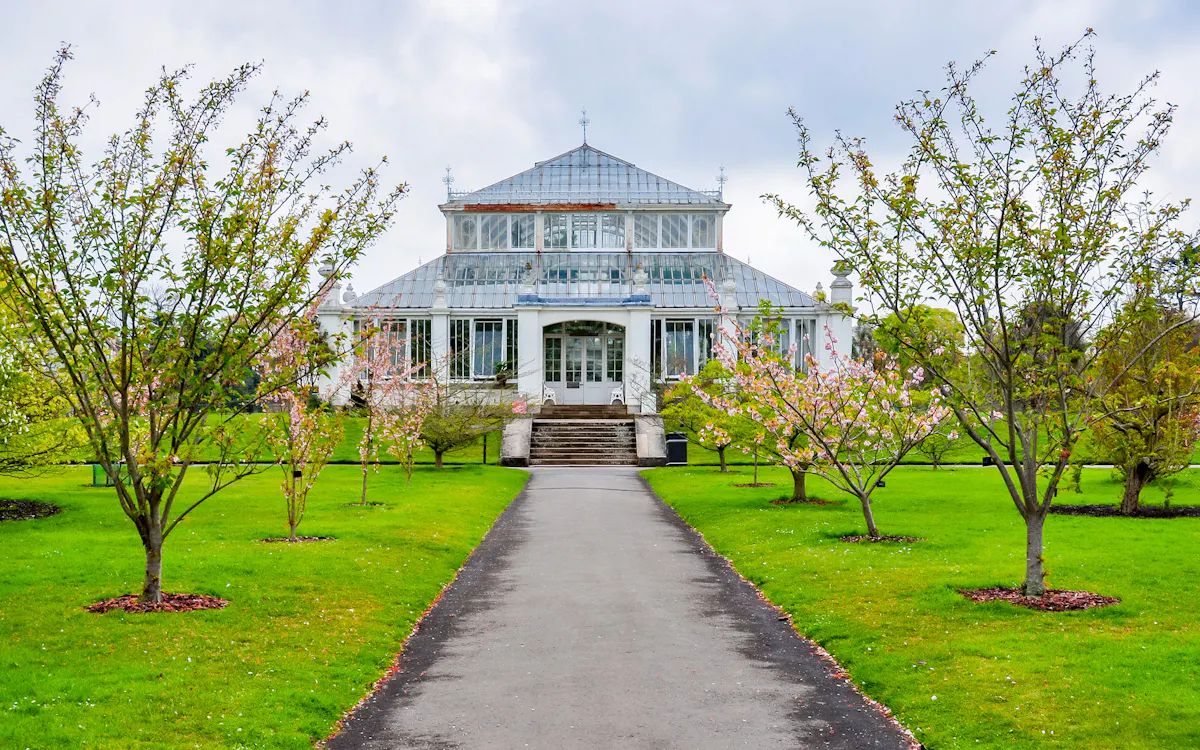
Top things to see at Kew Gardens
1 queen charlotte's cottage.
The 17th century cottage was a rustic retreat for the royal family to rest, drink tea or have picnics while visiting the gardens. The paddock adjacent to the cottage once housed many exotic animals including the first kangaroos to arrive in the country, now extinct quagga, a pair of black swans, and buffaloes. You can see the Queen’s own collection of Hogarth prints in the print room downstairs or view Princess Elizabeth’s, the Queen’s daughter’s floral and bamboo artwork in the tearoom.
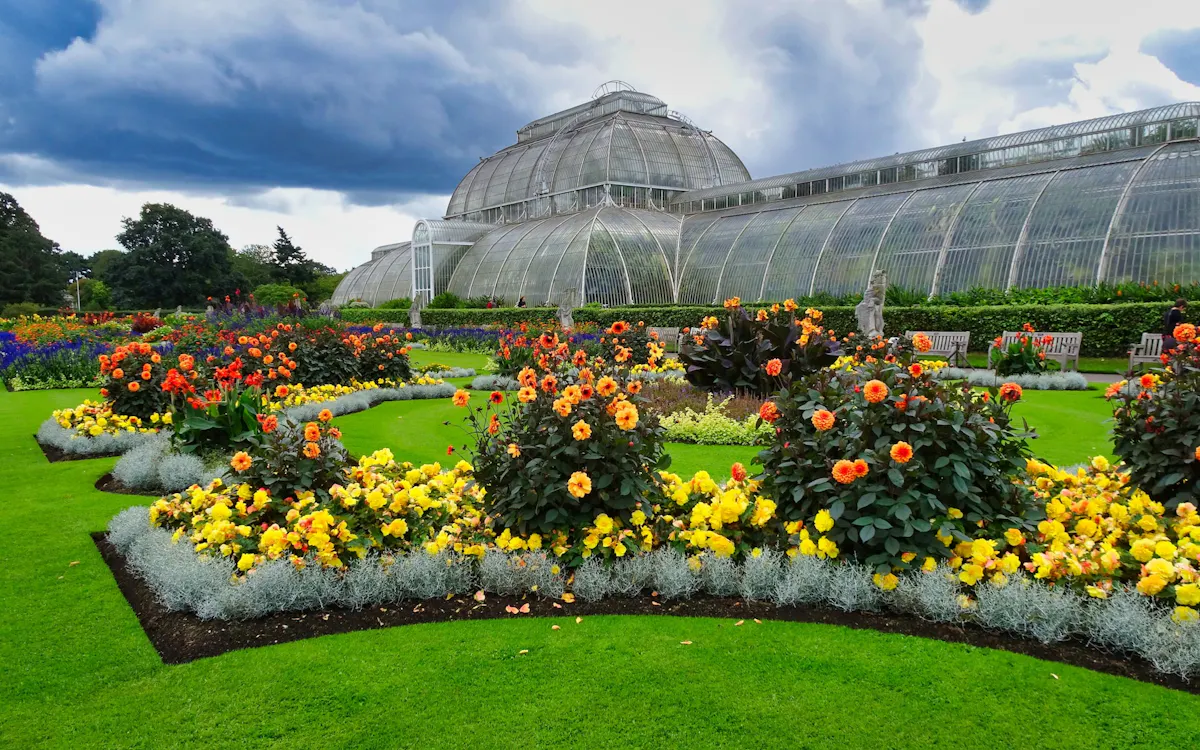
2 The Temperate Glasshouse
The glasshouse is home to the world’s rarest and most threatened temperate plants, including 6 species that are extinct and in the red list. The world’s largest surviving Victorian glasshouse covers a massive 4,880 square metres and its tallest peak is at 19 metres high.

With Chinese Chippendale railings and curved roofs, the chinoiserie building was entirely designed by the Swedish-Scottish architect Sir William Chambers. Built in the 18th century, it was a gift to Princess Augusta, who had employed him to construct many features in the garden. Offering the earliest and one of the best bird’s eye views of London, the Pagoda also holds exhibits on the building’s history.
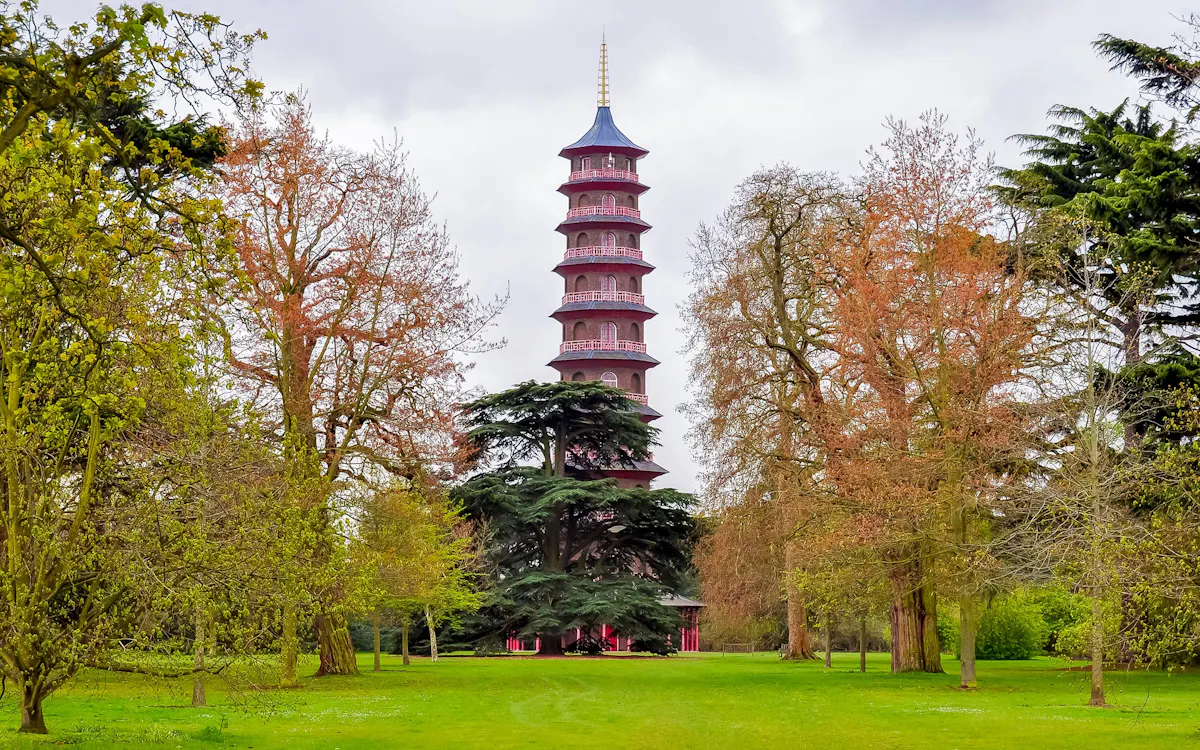
4 Xstrata Treetop Walkway
Offering a magnificent bird’s eye view of forest canopy, the walkway is one of Kew Garden’s most popular attractions, especially to those who love a kick of adrenaline. Standing 18 metres tall and 200 metres long, the walkway is designed to slightly sway in the wind to give a more immersive experience through the foliage.
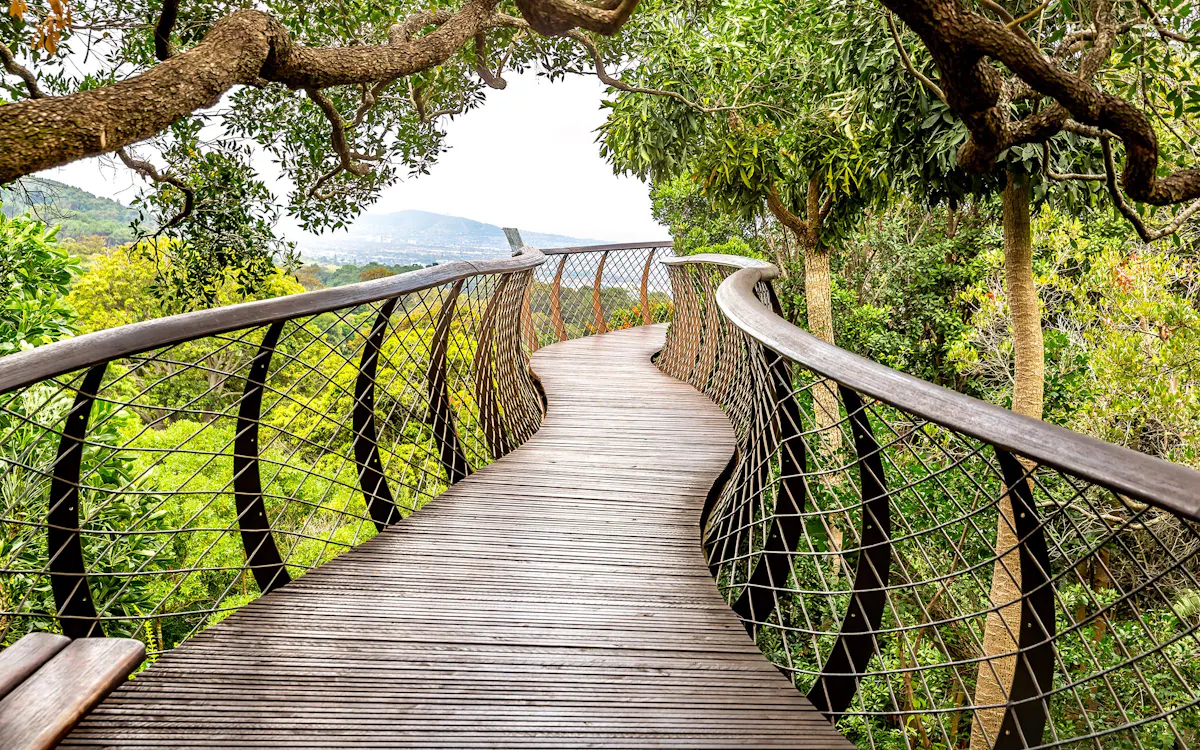
5 Palm House
Home to an exquisite collection of endangered and extinct plants including the cocoa tree or the African oil palm, you get to experience a slice of rainforest in the Palm House. Constructed in 1844, the greenhouse resembles an upturned hull of a ship as the architects borrowed ideas from the ship building industry to construct it. The humid environment inside creates the perfect environment for the lush plants and is home to the oldest pot plant in the world (more than 250 years).
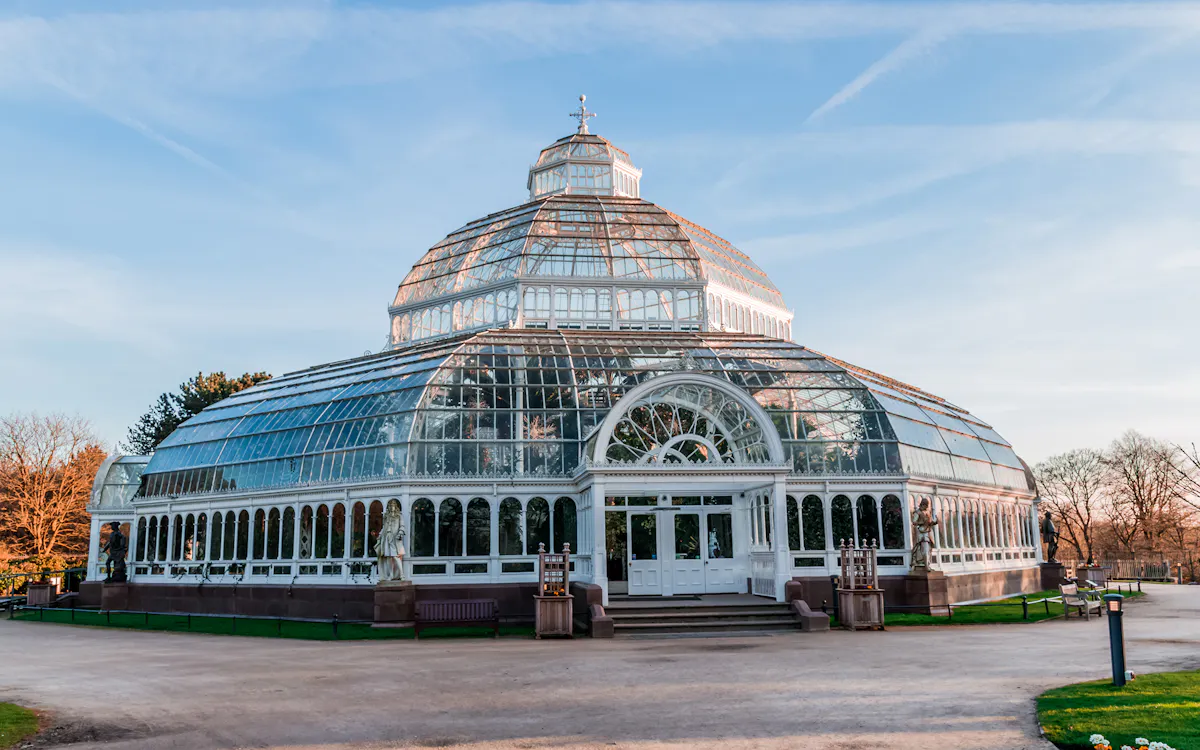
The mesmerising geometric installation, standing tall at a towering 17 metres tall, features an immersive visual and auditory experience recreating the life inside a beehive. With 1,000 LED lights that glow according to vibrations of bee and 170,000 aluminium parts, the structure mimics the real visual effects of an actual beehive in Kew Gardens. A calming and serenading symphony of vocals and cello, all in the key of C is played to create a soundscape inspired by the hum of the bees (Scientists discovered bees buzz in the key of C).
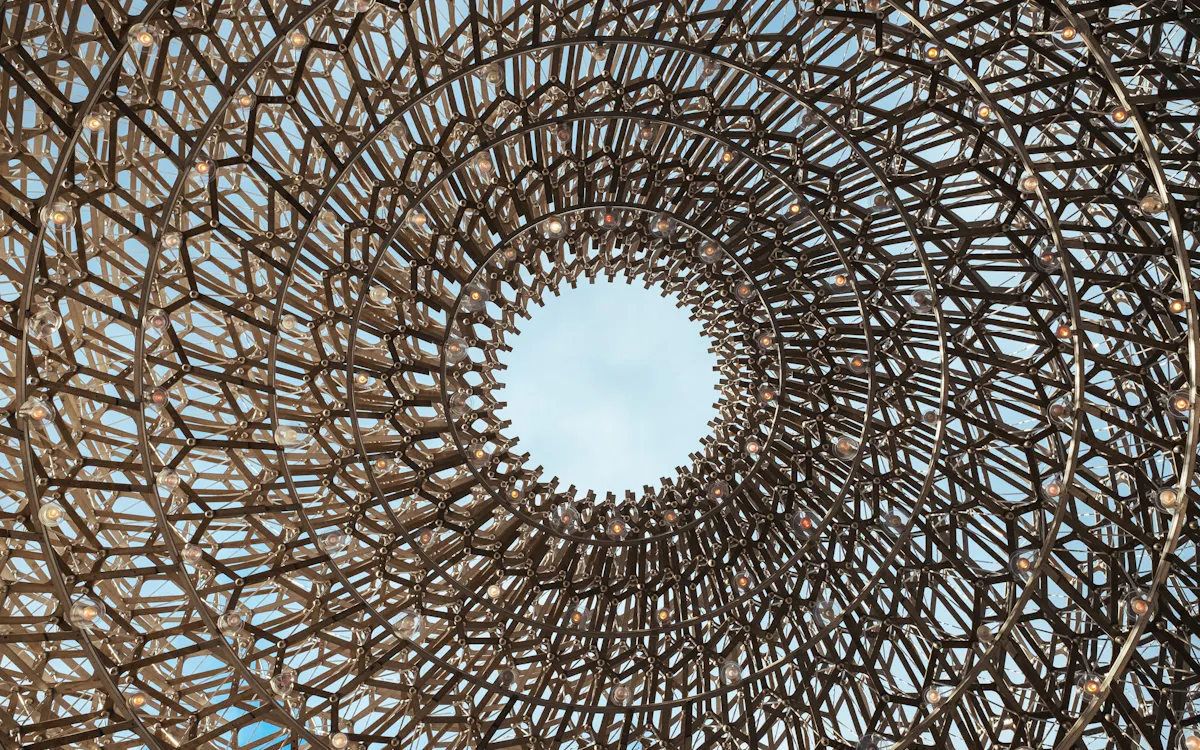
7 Kew Palace
Known as the smallest palace in the whole country, it was originally built in 1631 for Samuel Fortrey a silk merchant. The Dutch house is one of the few surviving structures in the Kew Palace complex, along with the former brewhouse, housekeeper's cottage, and kitchen. Except for the kitchen, all the structures are open for public. In the 1720s, George II and Queen Caroline lived there. Later the palace became a refuge for George III when he was experiencing mental illnesses and Queen Charlotte who was taken in ill and passed away in the palace. Reflecting the intimate life of the royal families, the palace is a tale in itself.

8 Waterlily House
Featuring a circular pond spanning over 10 meters, the Waterlily house is the most iconic and second oldest of Kew Garden’s glasshouses. This glasshouse was specifically made to breed the giant Amazon waterlily (Victoria amazonica). The pond is also home to the Santa Cruz waterlilies (Victoria cruziana) known for its floating large lily pads which can grow up to 2 meters in size. In summer, you will be able to spot lotus, papyrus and more.
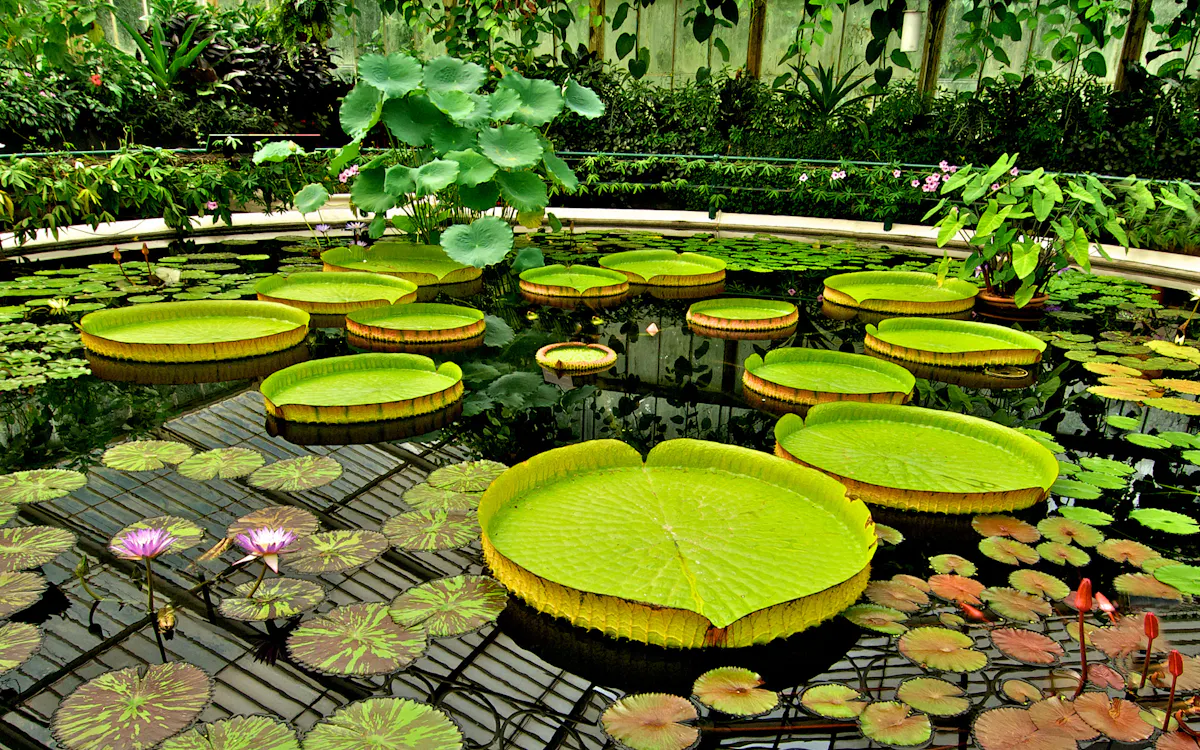
9 Davies Alpine House
Housing the Alpines, usually found in the mountaintops or the earth’s poles, these plants grow in extreme cold. The Davies Alpine House was designed to recreate these same extreme conditions, using two back-to-back arches to draw warm air out of the building. The glasshouse is known for its sustainable structure and energy efficient environment created using biomimicry techniques, inspired by the passive cooling found in termite mounds.
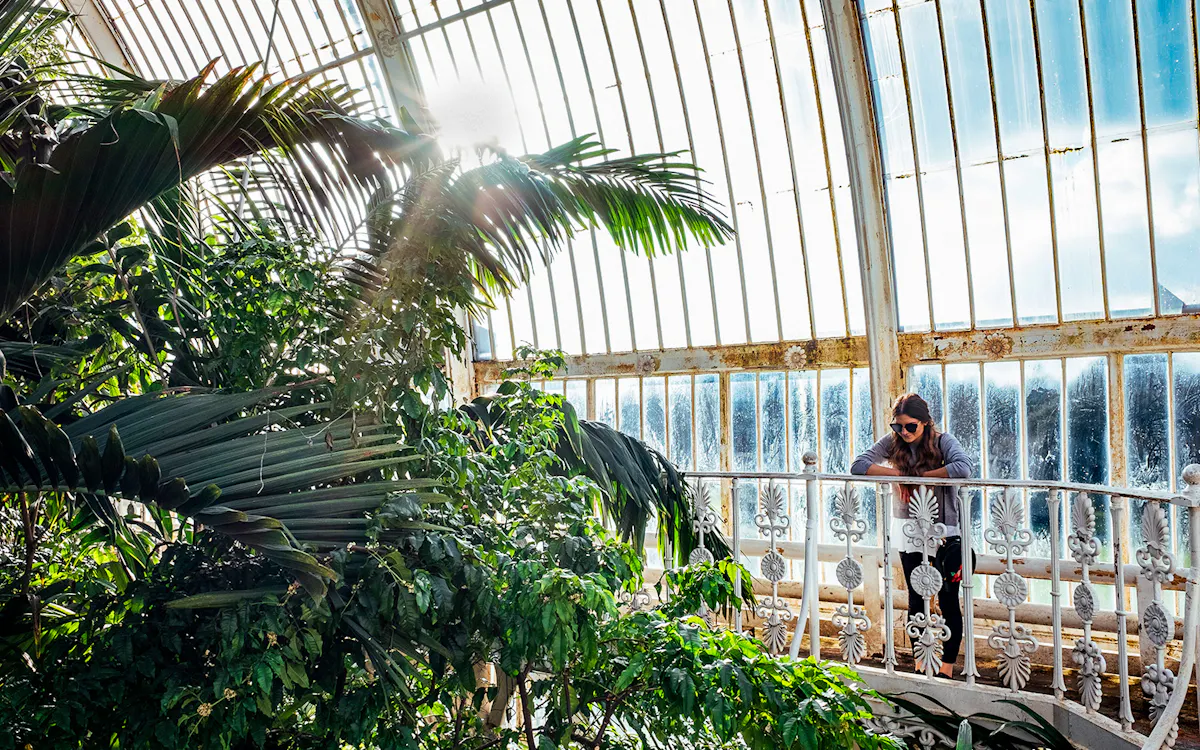
10 The Princess of Wales Conservatory
Opened in 1987 by Princess Diana, the conservatory boasts of 10 different climatic zones, taking you through a series of captivating ecosystems. Spanning over 4500 meters, the conservatory has recreated computer-controlled tropical rainforests to arid deserts in the glass structure. From Venus flytraps to bright bromeliads, the conservatory is home to all types of plant species.

Map of Kew Gardens
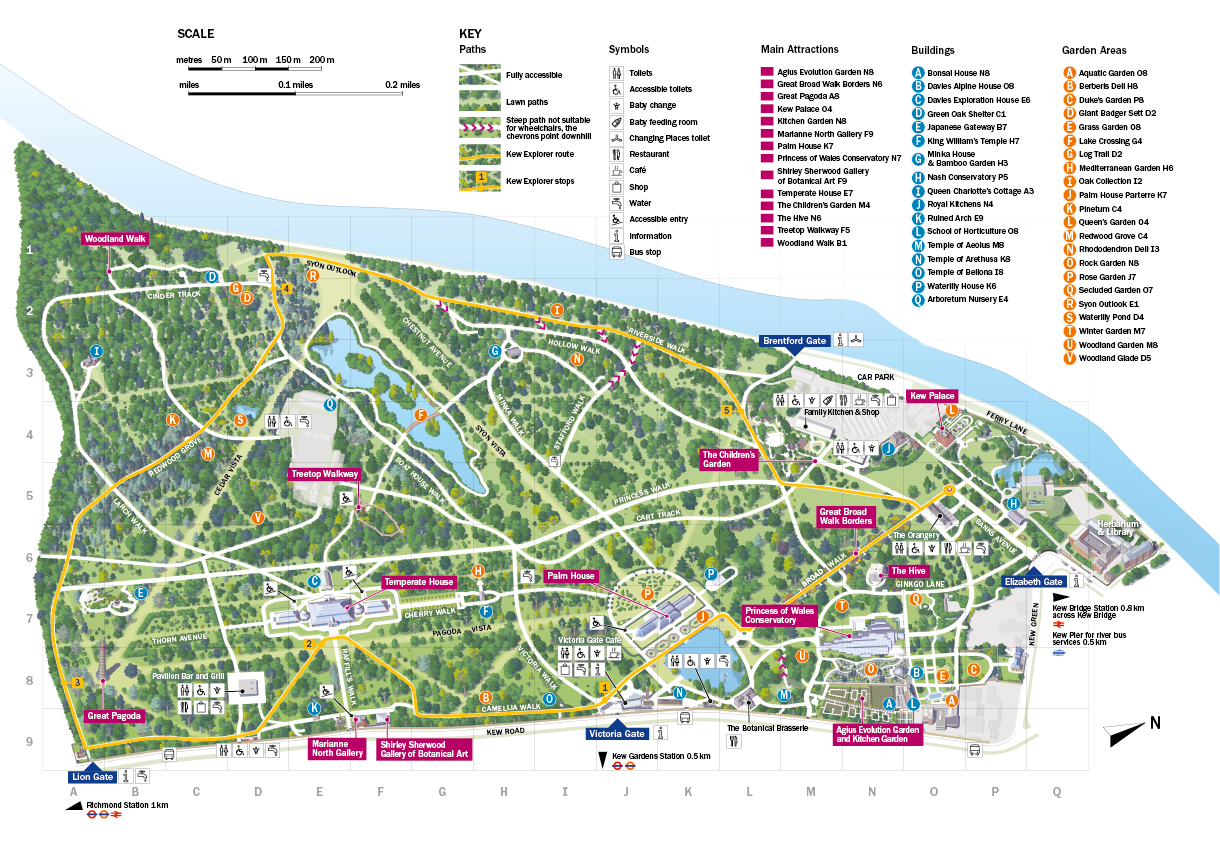
Facts you probably didn't know about Kew Gardens
- Kew Gardens contain a part of old London Bridge. The four granite blocks placed of the banks of the lake near the Sackler Crossing were once part of the 19th century bridge.
- The loneliest plant in the world, the Encephalartos woodii resides in the Kew Gardens. Found all alone in the Ngoya Forest in southern Africa by the botanist John Medley Wood, the tree was once munched by dinosaurs.
- The Kew Gardens are the most biodiverse place in the entire planet earth owing to its diverse collection of flora.
- Initially designed as a temporary exhibit for the UK Pavilion at the 2015 Milan Expo, the Hive found its final home in the Kew Gardens.
Best recommended tours to the Kew Gardens
Below are the tickets and tours to the Kew Gardens via the Headout app, for a seamless and stress-free booking experience.
Restaurants in Kew Gardens
Here are the top three places to eat at inside the Gardens.

Sporting the Charlie and the Chocolate Factory meets botanical lab looks, this restaurant is meant to make visitors feel as if they have shrunk into tiny creatures beside the fungi sculptures and giant apple seats. The whimsical restaurant offers stone baked pizza (customisable), salad bar, artisan sandwich station, ice cream booth and more. It is a fun place to hang out with kids and a definite visit for design junkies and sustainable interior enthusiasts.

Giving a sleek and modern feel, the steel frame along with the outdoor seating located amid the Arboretum, a unique landscape of 14,000 trees gives a calming picnic-in-the-trees vibe. The mid-range eatery features pork belly ribs, spatchcock chicken and vegan patties, all infused with the herbs from the Kew Garden itself. Though not cheap, they do offer a children’s menu and a family sharing platter. Find on Map >
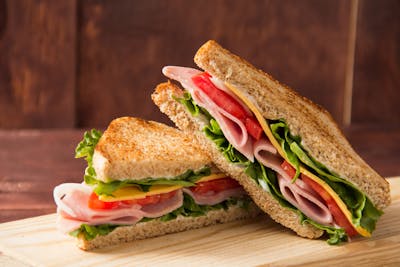
The 18th-century building is sure to captivate you with its high ceilings and arched windows, along with the view from the terrace. The restaurant offers pastries, selection of sandwiches, freshly squeezed juices and more. Built in 1761 by architect Sir William Chambers, the teahouse is perfect for the British afternoon tea experience.
Accessibility at Kew Gardens
- Kew Gardens are susceptible to overhead noise due to its proximity to the Heathrow Airport flight path. Those with sensory disorders, noise sensitivity, etc would be advised to carry earplugs or headphones to avoid disturbances.
- 8 disabled car parks are available near the Brentford Gate, and 2 to the right of the Elizabeth Gate.
- There are unisex accessible toilets in all the washrooms.
- Brentford and Victoria Gates offer mobility scooters for hire, but they should be booked in advance.
- Only the Temperate House and Alpine House are the glassdoors accessible via wheelchairs/mobility scooters.The Princess of Wales Conservatory is partially accessible to wheelchairs during the Orchids festival.
- Kew Palace is accessible for wheelchair users, however small wheelchairs are required due the narrow paths inside.
- Though most of Kew Garden’s landscape is accessible via ramps, the following areas are not accessible with buggies - Queen Charlotte's Cottage, The Waterlily House, Xstrata Treetop Walkway, Galleries in both the Temperate House and the Palm House, The Waterlily House, The Aquatic Display in the Palm House , Queen Charlotte's Cottage, Kew Palace.
Good to know before visiting Kew Gardens
- Unless accompanied by an adult, children under the age of 16 are not permitted inside.
- Only adults with children are allowed inside the Children’s Garden(with a valid ticket).
- Visitors with disability can get a concession ticket.
- Carers accompanying visitors with a disability, such as registered blind and partially-sighted visitors can get in for free.
- Guide or assistance dogs (including those in training) can enter. Though make sure to have a lead or harness to identify them.
Insider tips
- Wear airy clothing, preferably a removable jacket as it can get really warm in the greenhouse.
- Wear comfortable footwear, as the walks around can be long.
- Do not forget to carry a good quality phone camera or your camera equipment with an empty memory card or those with lots of space to click enough pictures, and you do not want to miss on it.
- Do not hold yourselves back from spending the whole day there, in fact it is highly recommended.
- Though there are enough eateries around, don’t skip carrying snacks for your toddlers (and yourself) to munch on as the long walk inside may be tiring after a while (Food and drinks should not be taken inside the galleries).
- Some of the best picnic spots inside the Kew Gardens are - Next to the River Thames (marked as a viewpoint on the map), near the Waterlily Pond and in front of Queen Charlotte's Cottage.
Amal Karadi
Amal has always been fascinated by people, culture, and languages. She hopes to one day become a polyglot, and travel the world in order to learn as much as she can about different cultures along the way. Amal enjoys exploring museums and trying out new things.

Be a smart traveler
The first to know about trending destinations, travel deals, tips and all things travel.

Visiting Kew Gardens London – is the park worth it?
Planning to visit Kew Gardens London? Explore 130 hectares of stunning landscapes & gardens – you will love the botanic gardens trip!
The Kew Gardens in London are a great space for any individual who has a fondness for nature. This location is one of the greenest available to see in London – a city that is usually all hustle and bustle, without any time for slowing down and relaxing.
It doesn’t seem strange, then, that over one million people visit these botanic gardens each year – one of the best parks in London !
Are you ready to explore one of the most beautiful gardens in the world?
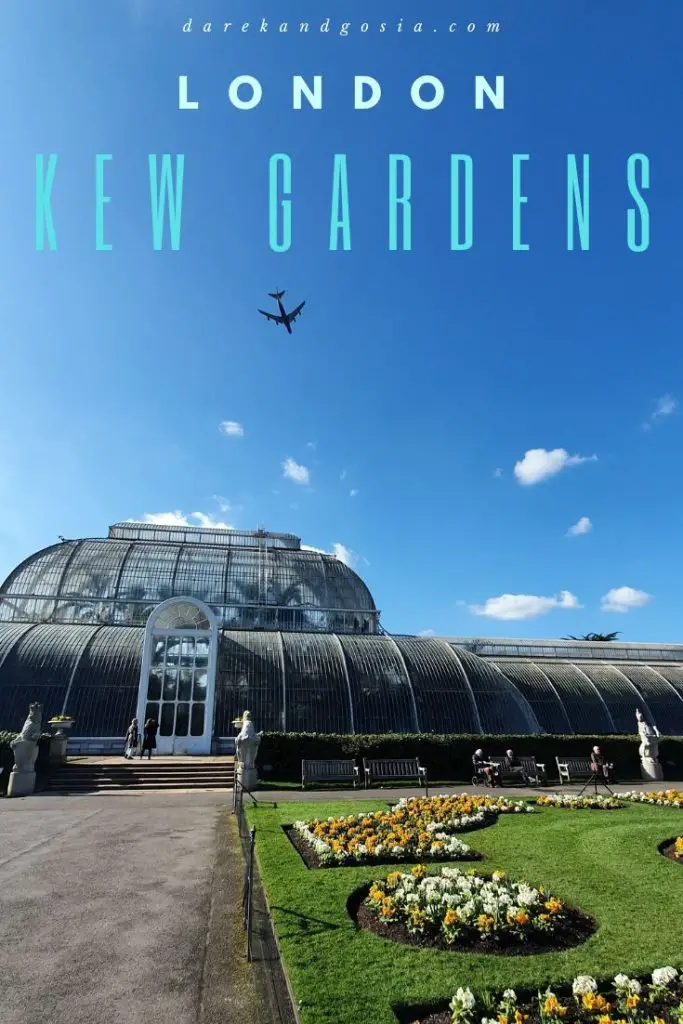
How big is Kew Gardens?
Thanks to William Hooker, the director of the gardens, Kew Gardens was actually increased in size from its original boundaries.
Once upon a time, on Hooker’s orders, the garden area was extended from its meagre 30 hectares. It was later extended again and now sits at a bountiful 121 hectares.
Is Kew Gardens national trust?
The Kew Gardens are managed by The Royal Botanic Gardens. There are two Royal Botanic Gardens, one in Kew, and another in Edinburgh. The Kew branch handles the affairs of the Kew Gardens.
Although, that doesn’t mean that the Kew Gardens isn’t a National Trust property! It undoubtedly is. The Wakehurst area, itself, may be funded and managed by The Royal Botanic Gardens, but any National Trust member with a valid membership card can access Wakehurst for free. Car parking charges still apply.
In 2003, Kew Gardens was also designated as a UNESCO World Heritage Site .
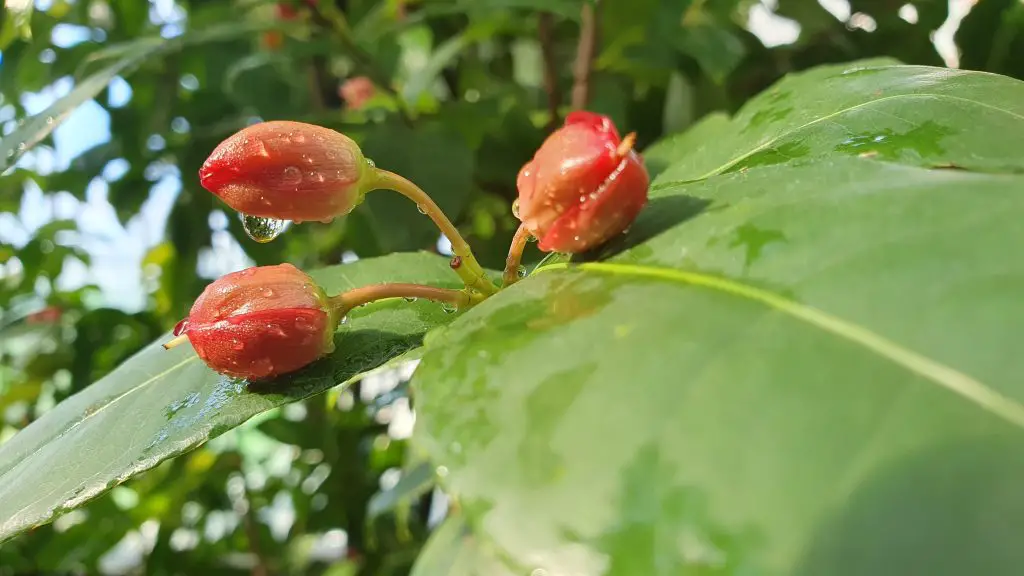
Who owns Kew Gardens?
Kew Gardens were privately owned back in the early 16 th century. In 1731, the land was acquired by the Prince of Wales, Frederick Louis, and dowager Princess of Wales, Augusta. Together, they established a garden exclusively for exotic plants in 1759.
The gardens didn’t become famous until the late 18 th century when they were under the management of Sir Joseph Banks, who grew the collection of plant species to one that contained flora from all over the world.
As the decades passed, so did the management and direction of the gardens. Until 1840, when they were conveyed to the nation. This change meant that the ownership of the area was transferred from the Crown to the Government. It was during this year that William Hooker took over as director and later had the gardens expanded.
The gardens are still owned by the government, but are tended by The Royal Botanic Gardens, and protected by UNESCO.
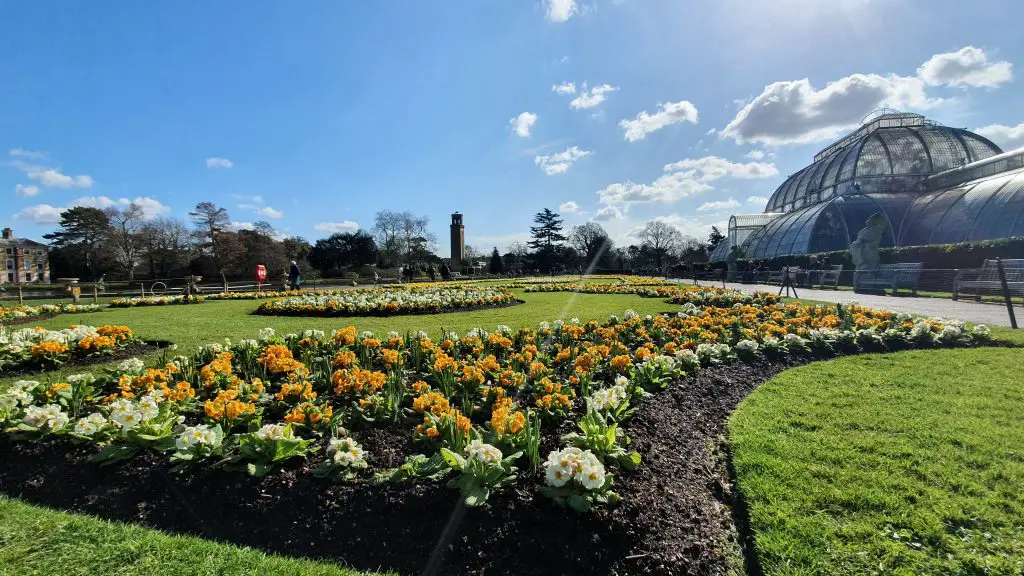
Where is Kew Gardens?
Kew Gardens can be found in southwest London, in the town of Richmond.
Depending on which entrance you’re trying to reach, you may journey to the gardens in several different ways. The Elizabeth Gate is faster to reach from Central London, while Brentford Gate is next to Kew’s Ferry Lane car park. Lion Gate is closed at the moment but is nearer to Richmond station than other entrances. Victoria Gate is close to Kew Gardens Station.
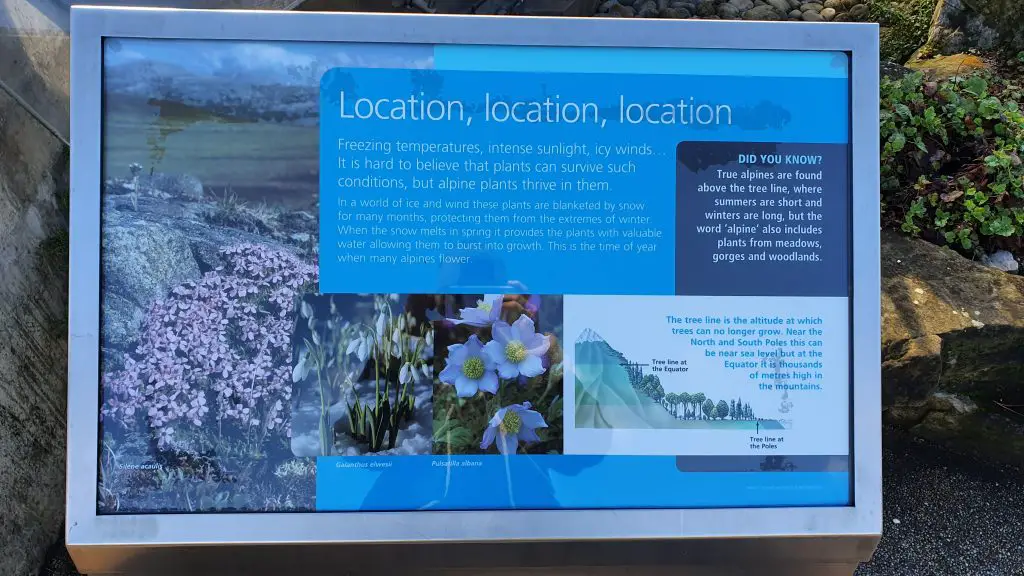
How to get to Kew Gardens?
How to get to Kew Gardens from London? There are plenty of ways to get to Kew Gardens. By tube, by train, by bus, car, or on foot. Each is outlined below:
By Tube: Journey from your location through the tube system to Kew Gardens Station. This stop is just 500 metres away from the Victoria Gate entrance. You should only go as far out as Zone 3 unless you’re travelling in from further zones. This station is served by the District Line. There is no level access from the westbound platform, but you can continue on to Richmond instead, and catch a tube back to the eastbound side.
Kew Bridge Station is just 800 metres away from the Elizabeth Gate entrance. Journey via Kew Bridge, and take trains from the South West services that run from Waterloo. There is no level access, but you can easily head to Richmond station for lift and level access, both.
Route 65 will take you close to the Lion, Elizabeth, and Victoria Gate entrances, Route 391 stops near to Kew Gardens station and the Elizabeth Gate entrance, and Routes 237 and 267 both stop directly at Kew Bridge Station.
Your journey will vary depending on where you’re coming from. If you’re using a navigation system, the postcode is TW9 3AF for Kew Gardens’ own car park. Parking is £7 a day, though there is no charge for vehicles such as motorcycles or mopeds, or those with a Blue Badge.
There are bicycle racks at each gate, but bikes are not permitted inside the gardens. Neither are tricycles, roller skates, scooters, or skateboards.
For groups or individuals that may be travelling by coach, there is a designated area directly outside the Elizabeth Gate entrance and another on Kew Road. These areas are fine for pick-up and drop-off.
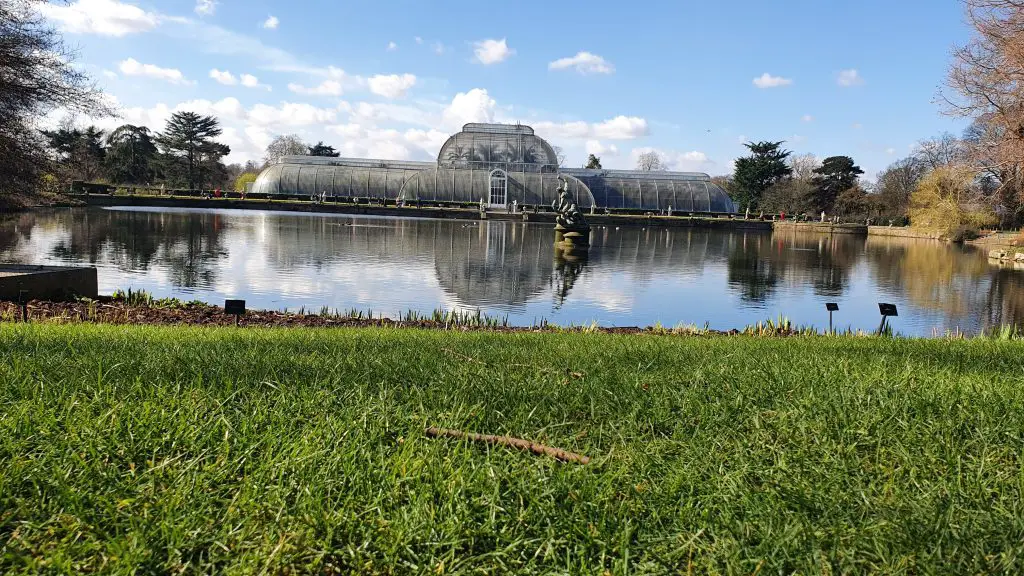
Where to park for Kew Gardens?
Looking for Kew Gardens parking? As above in the last section, the car park for Kew Gardens can be located at TW9 3AF. There are alternative car parks nearby that can be used at the discretion of the guests visiting Kew Gardens.
Kew Gardens has only limited parking space. Car parking near Kew Gardens can be challenging during busy hours.
Is Kew Gardens free?
For National Trust members, you can get admission into the gardens for free.
Fortunately, there is also a discount for groups of 15 individuals or more. The gardens also offer private tours and meal vouchers, which are great solutions for school trips.
Tickets are cheaper online than they are on the gate, and there are often 2-for-1 offers available through third parties like Days Out. A standard adult ticket is approximately £18.
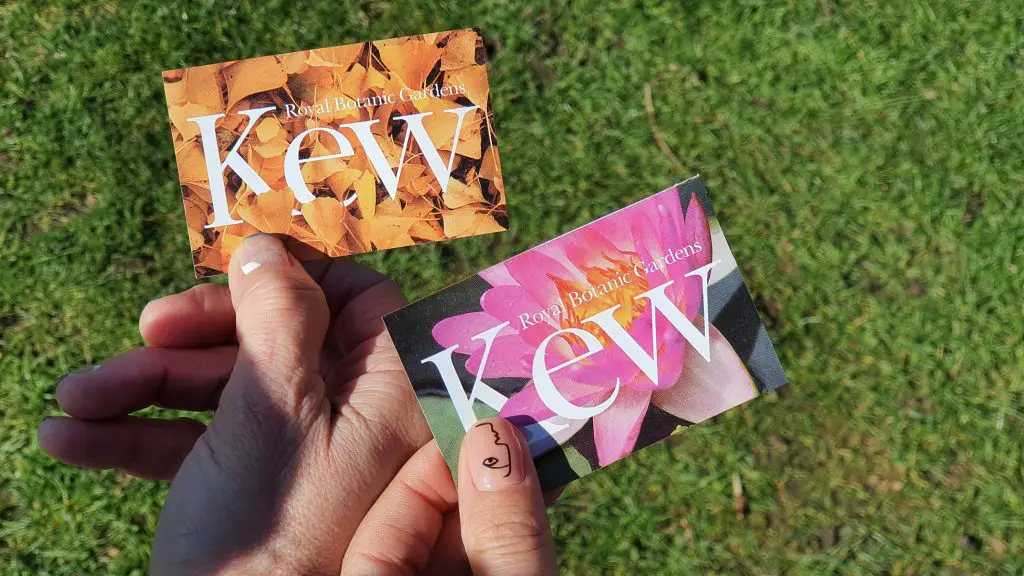
Kew Gardens opening times:
Kew Gardens opening hours? Kew Gardens are normally open at 10am each day. They close at 6:30pm, with last admissions and parking being allowed at 6pm between Monday and Thursday.
Friday to Sunday and on bank holidays, the closing time is extended to 8:30pm.
Some attractions within the gardens close earlier than others.
What to see in Kew Gardens:
Kew gardens glass exhibition.
What to see at Kew Gardens? Invite yourself to reflect on the world with Dale Chihuly’s glass sculptures at Kew Gardens. These fantastic flowers and nature-based creations seemingly bloom across the backdrop of the land, mesmerising all who see them.
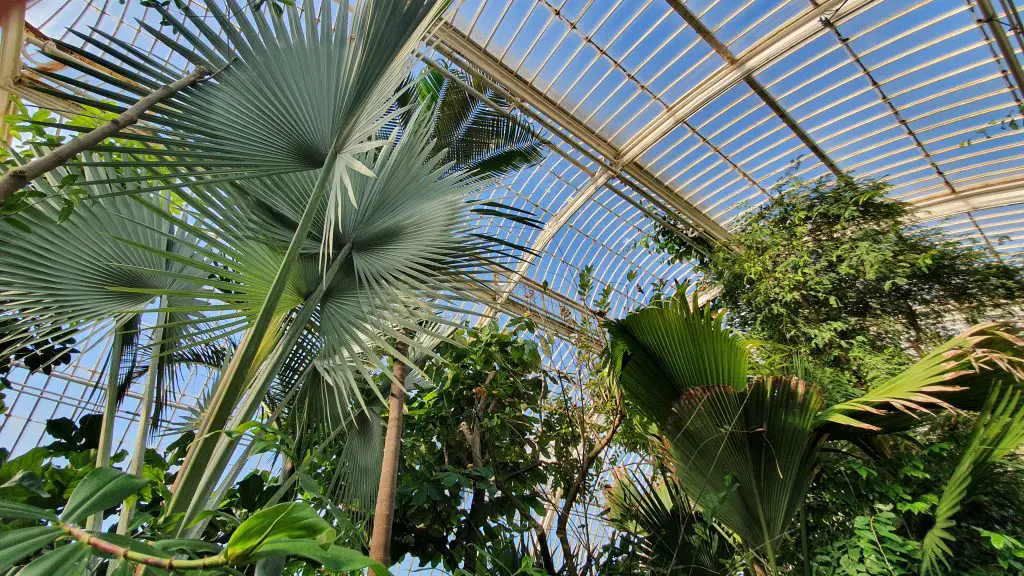
Kew Gardens afternoon tea
Kew Gardens with afternoon tea is always a great idea! Who doesn’t enjoy a spot of afternoon tea in a picturesque place? Kew Gardens hosts a delightful tea selection for their guests at The Botanical, a restaurant within the garden area. A full afternoon tea, per person, is £34.
Orchid festival Kew Gardens
Things to do in Kew Gardens? The annual Orchid Festival takes place for several weeks, from the beginning of February to the middle of March. They have different themes each year, and always prove to be a beautiful event.
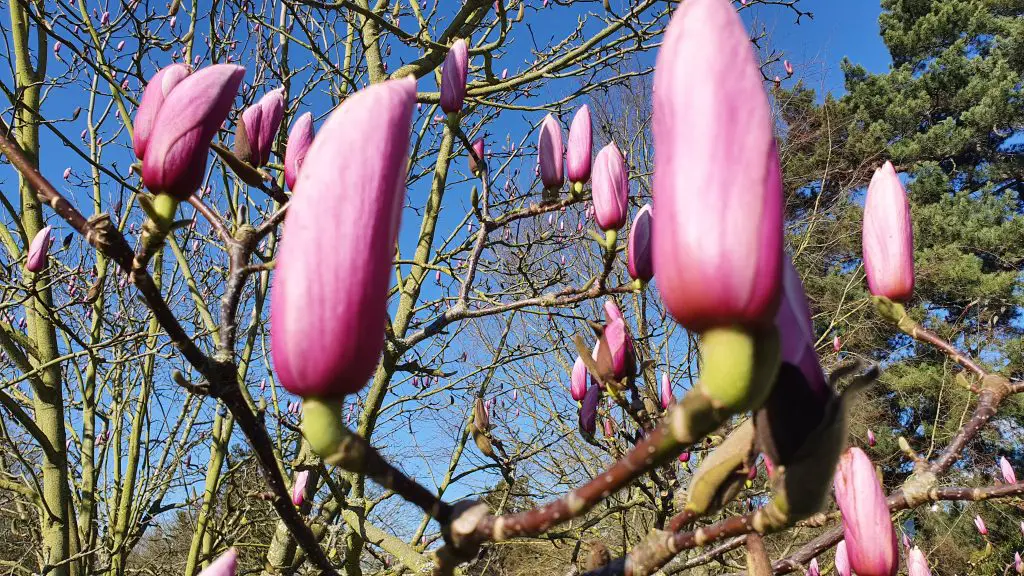
Kew Gardens treetop walkway
Best things to do at Kew Gardens? Take a stroll through Kew Gardens’ own treetop canopy and see the majesty of the gardens from high above the rest of the guests.
Kew Gardens wedding
Indeed, you can get married with Kew Gardens as your chosen venue. The planners offer various themed weddings, including more intimate weddings, and those that are one-of-a-kind.
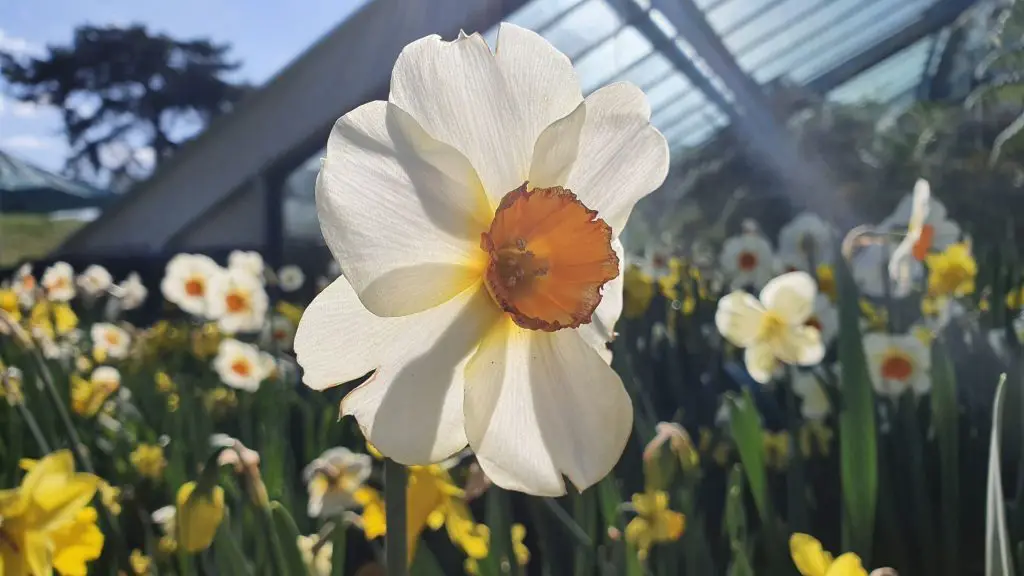
Kew Gardens Christmas
Over a million twinkling lights await you when you enter Kew Gardens during the winter holiday period. The trail, which is around 2.6km, is designed to take you around breath-taking scenes which can be viewed from set pathways.
Are dogs allowed in Kew Gardens?
Can you take dogs to Kew Gardens and is Kew Gardens dog friendly? As Kew Gardens is protected by UNESCO for its contribution to the history, culture, or science of the area, only registered disability assistance dogs are allowed in the gardens.
Please leave your pets at home, and remember that Kew Gardens is not a park, but a wondrous natural area that needs to be looked after.
So if you ask yourself if you can take dogs into Kew Gardens, the answer is NO. Dogs at Kew Gardens are not allowed.
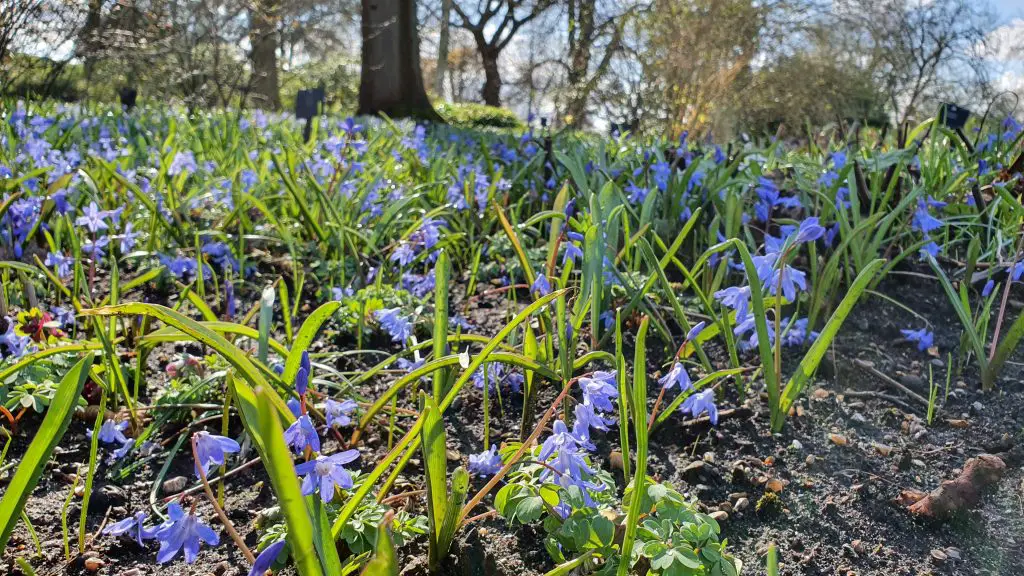
Is Kew Gardens a good neighbourhood?
The area of Kew is a well-loved place to reside in London. It’s simply thriving, mainly thanks to the gardens that overtake a large portion of the designated area of Kew. It is often voted one of the best places to live in the city.
Residents agree that it’s a safe neighbourhood, too. There’s plenty of transport links, but not a lot of noise pollution because of the lack of train stations when compared to other popular London towns.
What to wear to Kew Gardens?
Depending on the time of year that you visit, your Kew Gardens wardrobe might vastly change! Dress for the weather, not the establishment you’re visiting. Kew Gardens isn’t a place that requires any fancy clothing. However, do try to wear shoes that fully cover your feet.
It gets very warm in the greenhouses, too, so do bear that in mind when visiting.
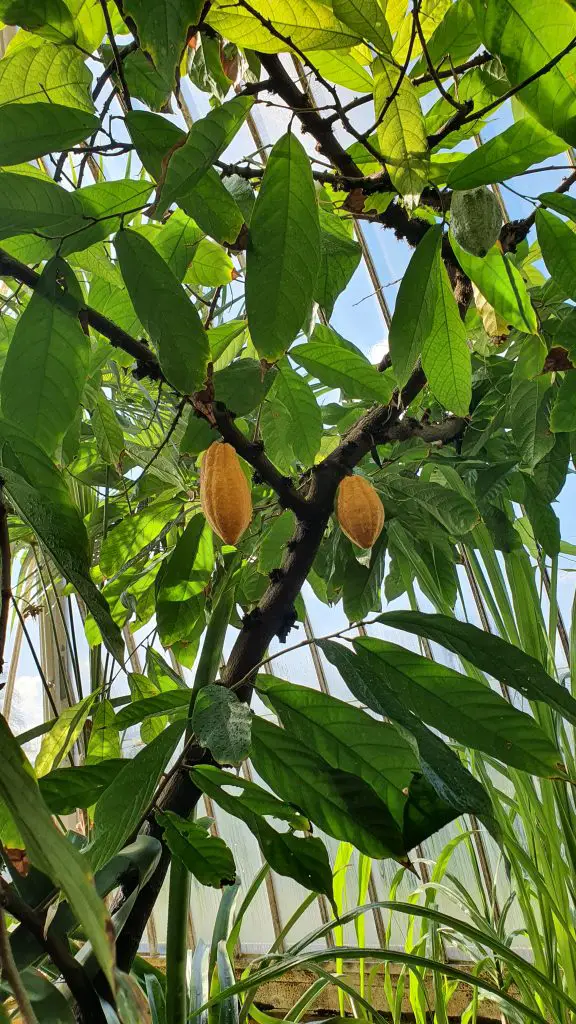
How long to spend in Kew Gardens?
So, how long to spend at Kew Gardens? Most guests spend anywhere from an hour and a half to three hours exploring Kew Gardens.
Is it worth visiting Kew Gardens?
Is Kew Gardens worth visiting? These lovely gardens are definitely well worth a visit ! In fact, this is one of the most famous landmarks in England . Everyone who spends a few hours in the Kew Gardens loves it! If you love nature, adore finding tranquillity among the busy streets of the world, and have a head for taking in the beauty around you, then you’ll certainly enjoy Kew Gardens. It’s great for families, couples, children, and large groups, making it a very versatile place to walk around. Many people would also call it one of the most romantic places in London !
Kew Gardens is an important piece of the earth, and it’s well looked after. There are entertaining events throughout the year, too, catered towards different age groups of people. Or, just pop in for a spot of afternoon tea and take a load off this summer!
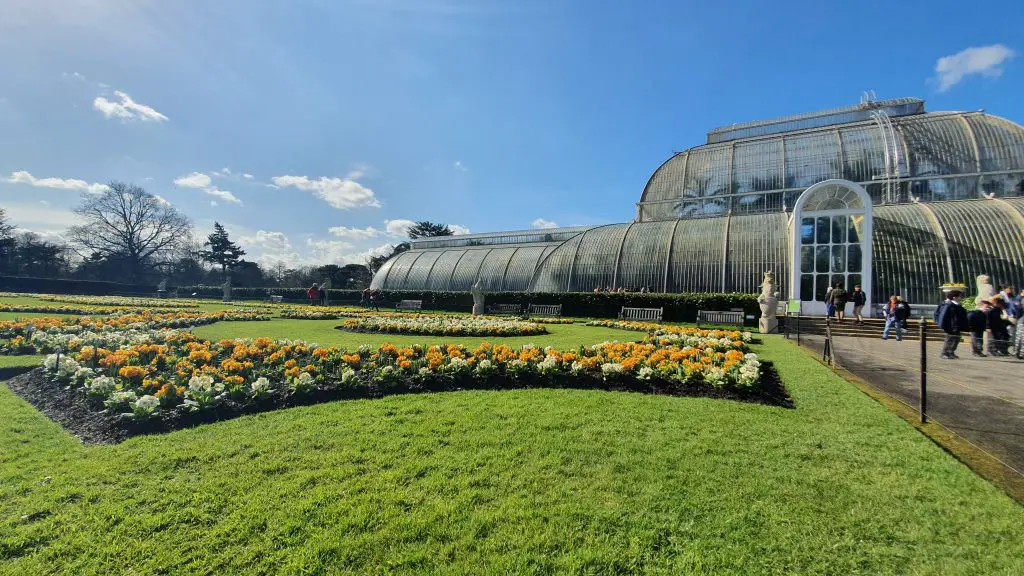
Love England and the rest of the UK?
Read our other articles related to this stunning country:
- Cheap getaways UK
- Famous English landmarks
- Places in the South of England
- Short trips from London
- Cheap things to do London
- Places to go in UK
- Best woods near me
- Cute villages near me
- London’s best commuter towns
- Walks near London
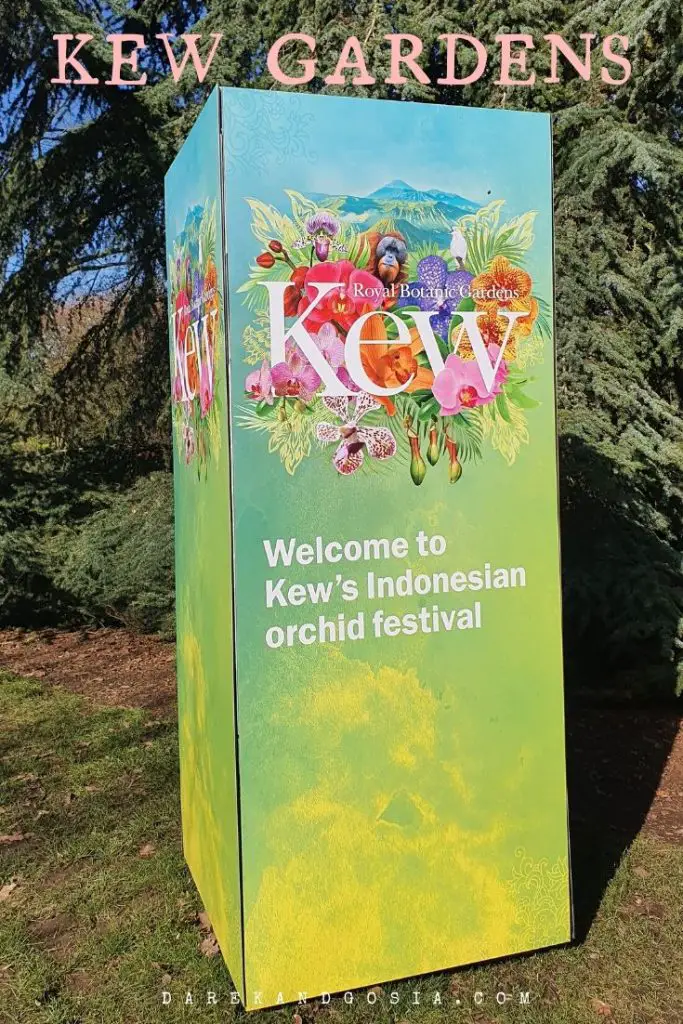
Places to visit near Kew Gardens:
- Richmond Park : 6 miles away from Kew Gardens
- Covent Garden : 8 miles away from Kew Gardens
- Neal’s Yard : 9 miles away from Kew Gardens
- Trafalgar Square : 11 miles away from Kew Gardens
- Mickleham: 21 miles away from Kew Gardens
- Old Amersham : 22 miles away from Kew Gardens
- Ripley: 23 miles away from Kew Gardens
- Burnham Beeches : 24 miles away from Kew Gardens
- Box Hill: 25 miles away from Kew Gardens
- Shere : 32 miles away from Kew Gardens
- Wendover : 36 miles away from Kew Gardens
- Windsor : 40 miles away from Kew Gardens
- Beaulieu: 81 miles away from Kew Gardens
- Lavenham : 82 miles away from Kew Gardens
Articles you may like:
- Unusual Things to do in Madeira – AMAZING Island of Eternal Spring!
- Is Blue Lagoon Geothermal Spa in Iceland worth paying ISK 6 990?
- Best Weekend Getaways in Europe – Where are you off this Weekend?
- Guide to the Alps in Austria – TOP attractions in Austrian Alps!
Further reading
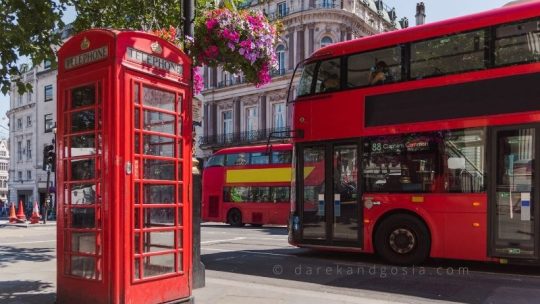
Overrated Places to Live in London for Your 20s, 30s, 40s
Unveil the hidden traps of London’s so-called ‘best’ areas to live in your 20s, 30s, and 40s with our sarcastically insightful guide. Luxury or laughable? You decide! London – the city of dreams, until you actually have to...

Best beaches in Algarve Portugal: Algarve’s TOP 15 beaches!
Discover the Algarve’s sun-kissed beaches, where golden sands meet dramatic cliffs. Dive into a blend of natural beauty, water sports, and rich culture in Europe’s favorite coastal escape. If you’re seeking sun, sea, and stunning...

10 Reasons to Visit Kew Gardens in Winter
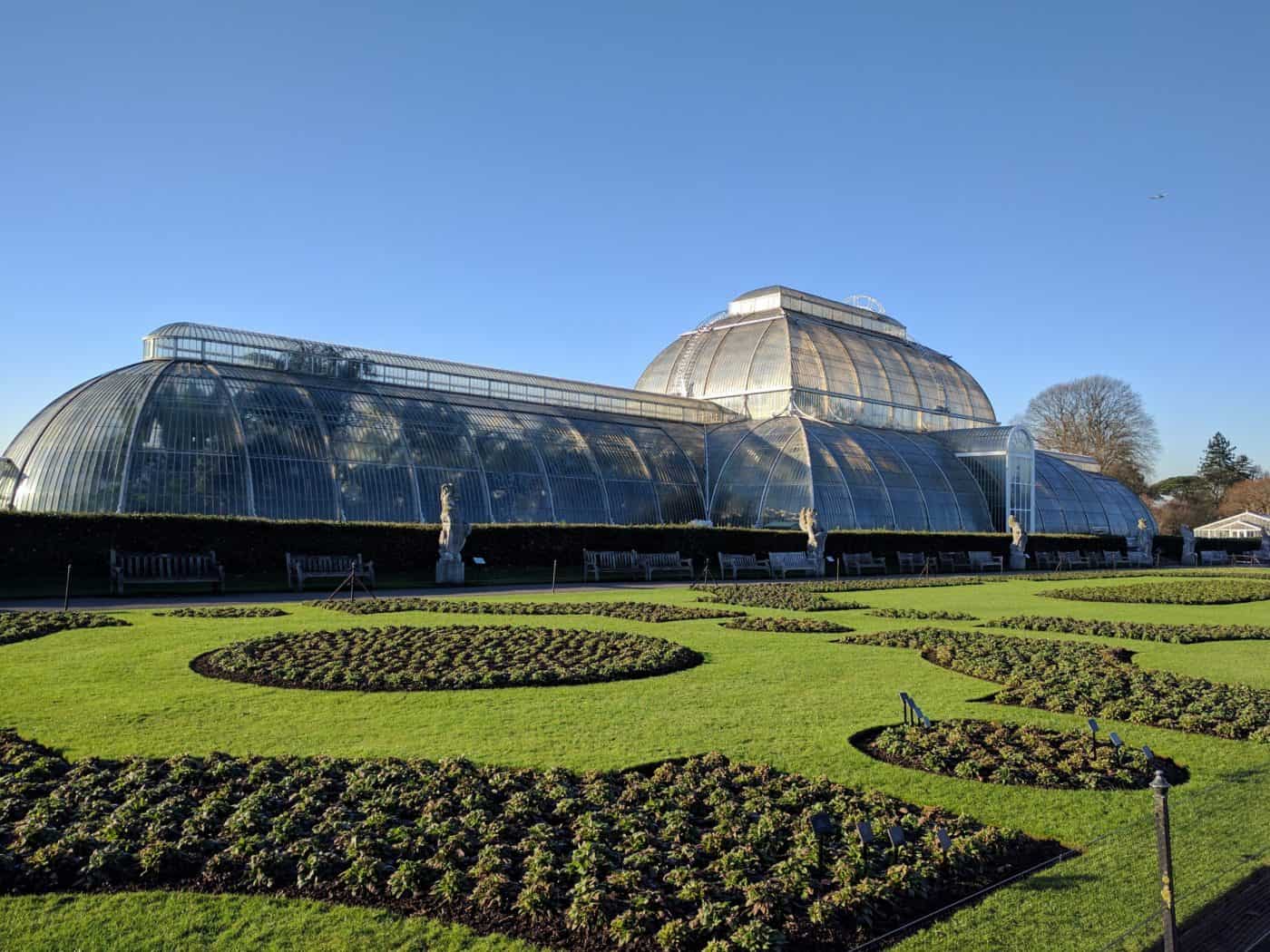
When is the Best Time to Visit Kew Gardens? In Winter!
Doing dry January and being skint this month meant I was in need of a cheap day out. Particularly one that I could get to using my zone 1-3 travelcard.
Cue… Kew Gardens!
Winter might not be the most obvious season to visit a garden, but actually, I can’t think of a better time to visit a tropical greenhouse! You feel like you’re in the jungle in Australia, when in reality the closest thing your getting to a jungle in the next few months is Rainforest Cafe. If you’re needing to warm up this winter, these are my top reasons why winter is actually the best time to visit Kew Gardens!
- It's cheaper
- There's a tropical greenhouse
- It's quieter
You might see a peacock or a turtle
See some really unusual plants (flora and fauna), there is a japanese pagoda, pretend to be in japan at the japanese gateway, test your fear of heights on the treetop walk, see where chocolate comes from (a cacao tree).
- Discover it's Incredible History
Opening Times:
It’s cheaper.
A full price ticket with a donation during the summer months is £15.50. Booking an adult online ticket until January 31st will only cost £8. I took a pack lunch, sat in the cafe to eat it and purchased a tea costing £2, spending £10 in total.
There’s a tropical greenhouse
Need I say any more? The palm house is warm, humid and brimming with fascinating flora. I didn’t want to leave! It’a an architectural delight, being one of the world’s finest surviving 19th century glasshouses. It feels like your being transported to Victorian times and to a completely different continent.
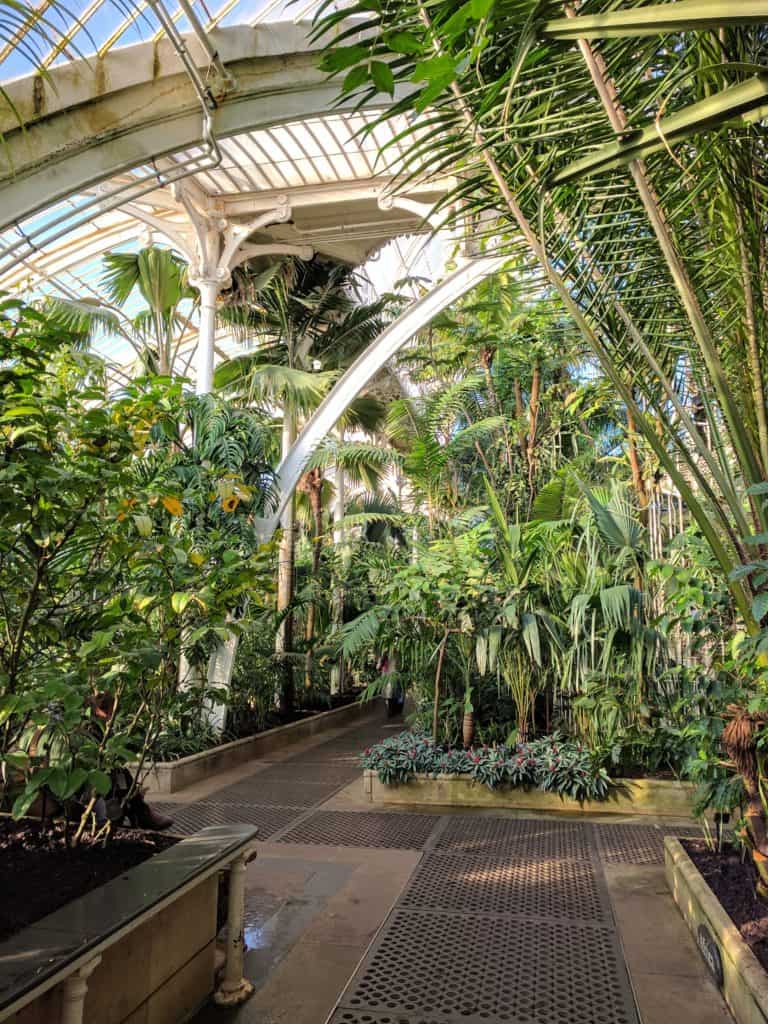
It’s quieter
No one can see you eat your own pack lunch in the cafe, there’s no toddlers on scooters gliding into your Instagram post and you can actually feel a little bit tranquil.
This doesn’t relate to winter, but they are still cute.
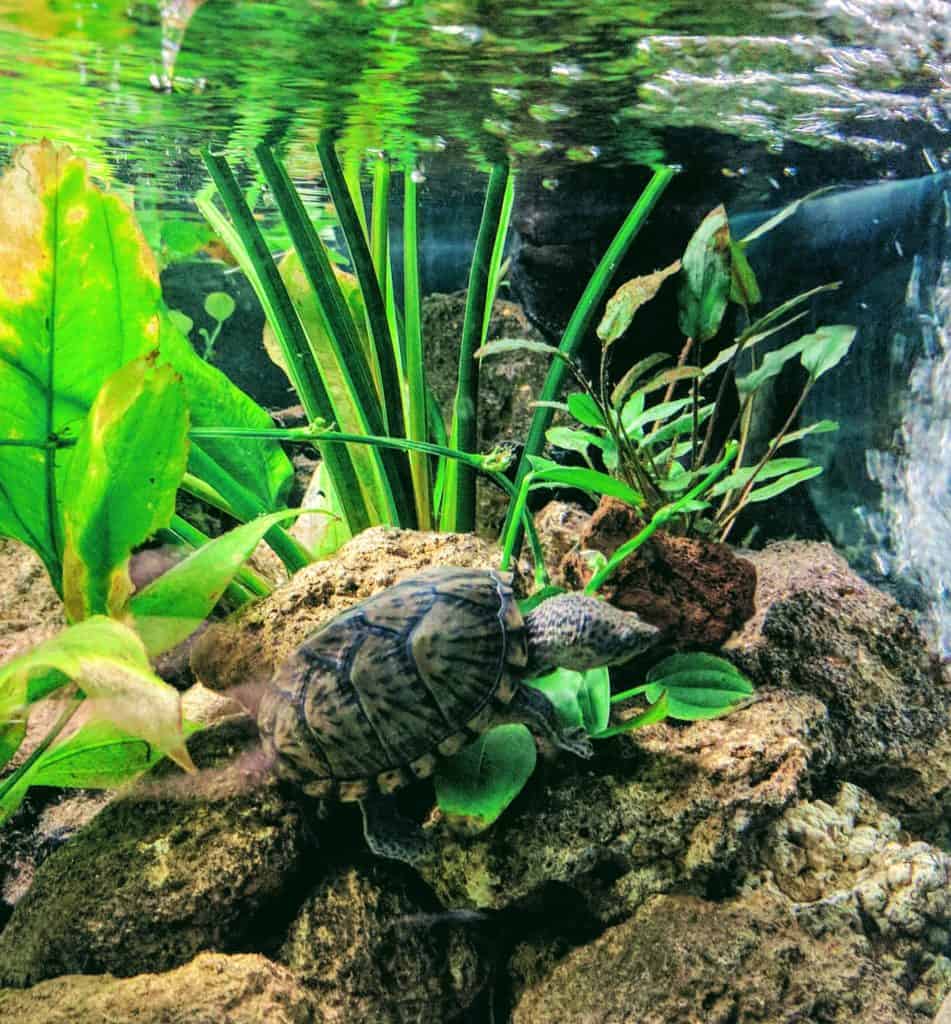
These are some of the most interesting plants I saw in Kew Gardens in winter.

Discover it’s Incredible History
Kew Gardens has existed since 1759, conserving plants, housing living plants and storing relevant documents since, making a significant contribution to the study of plant diversity. These beautiful gardens house 44 listed buildings, meaning there is a lot more to look at than just a few orchids!
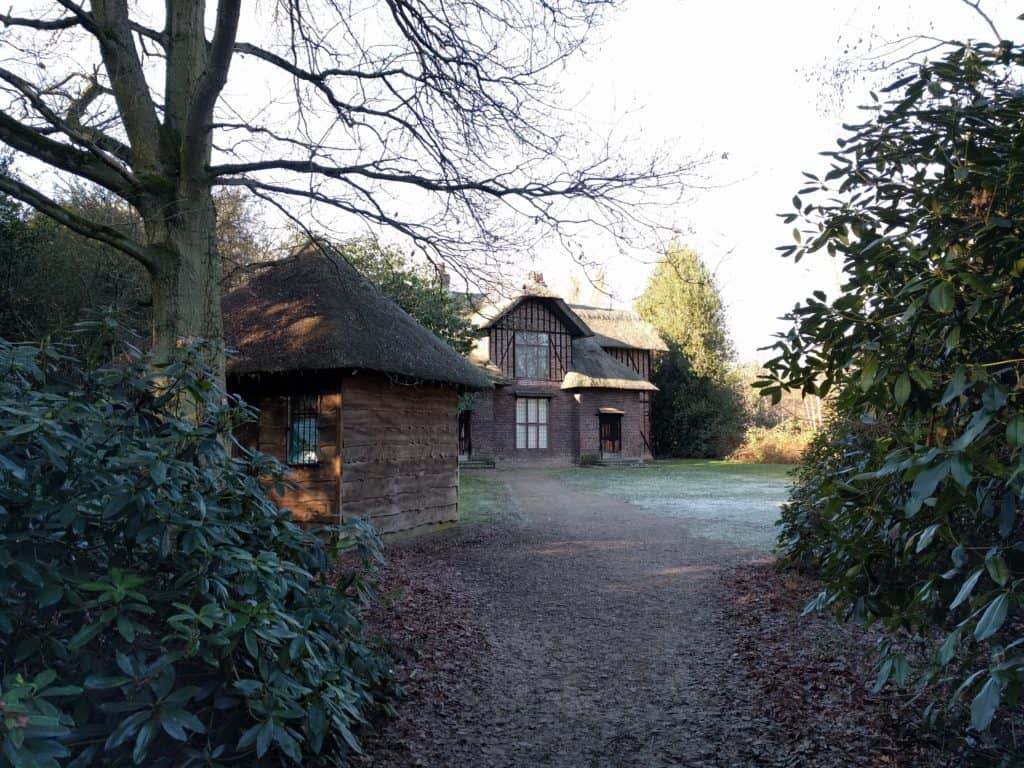
This 18th century thatched cottage was a private cottage for Queen Charlotte. The cottage grounds boast one of London’s finest bluebell woods, part of which is over 300 years old.
Open from 10am daily all year round.
until 10 February 2017 – 4.15pm (last entry 3.45pm)
Early spring: 11 February 2017 to 25 March 2017 5.30pm (last entry 5pm)
Kew Gardens Website
t may be winter but the Gardens are still bursting with life.
Take a stroll down Holly Walk near the kew gardens in winter Temperate House to see one of Europe’s most comprehensive holly collections planted in 1874.
Head to the Pinetum to immerse yourself in winter greenery. One of our Gardens’ hidden gems, it’s tucked away within the Arboretum to the south of the Gardens.
Spanning 40 acres, it’s home to a diverse collection of trees including towering redwoods and rare treasures such as our Japanese Douglas-fir ( Pseudotsuga japonica ). This is the perfect time of year to admire them, particularly when dusted with winter frost on a chilly day. Kew GArdens in Winter.
The landscape may be looking wintery, but step into our glasshouses and you’ll be transported to tropical rainforests and sandy deserts.
Get steamy in the Palm House and admire tropical fruits like papaya, bananas and cacao, and meet the oldest pot plant in the world. kew gardens in winter
The Princess of Wales Conservatory offers everything from magnificent cacti to glorious ferns. Head to the Temperate House to discover rare and threatened plants in the world’s largest glasshouse. Admire 1,500 species of plants from Africa, to Australia, to the Pacific Islands. kew gardens in winter
About The Author

Related Posts

Experience Edinburgh Like A Local in 2021
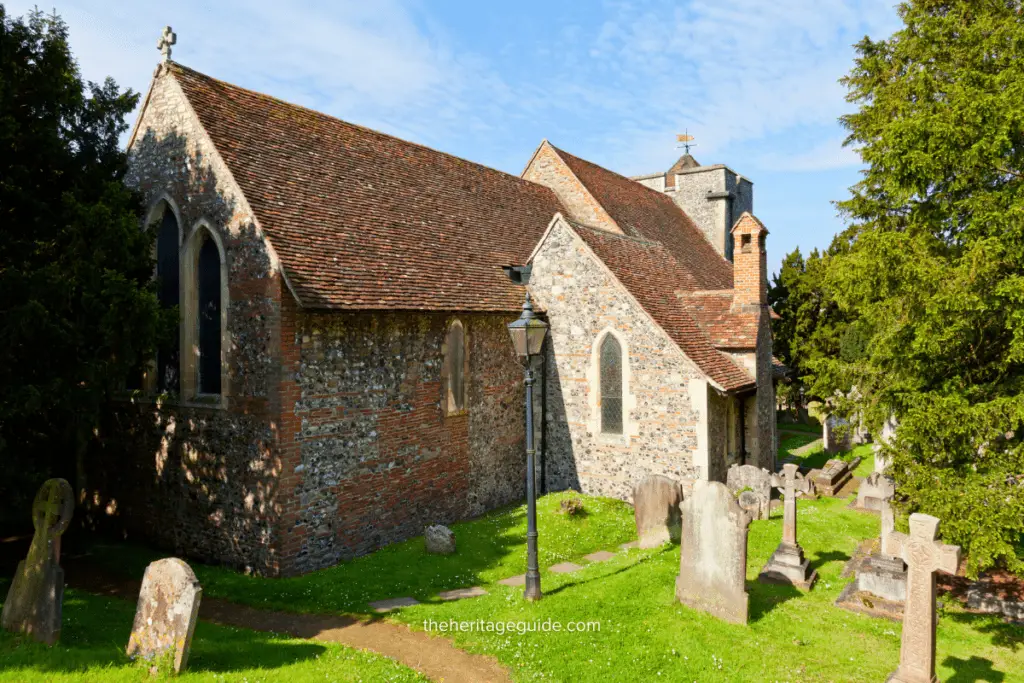
The Oldest Church in England: St Martin’s Church Canterbury
Kew Gardens Visitor Information
mitakag / Getty Images
The Royal Botanic Gardens, Kew was awarded UNESCO World Heritage Site status in July 2003 due to its work on history and development of garden landscapes and its role in science and plant research.
Quick Facts
Size of the gardens.
The Gardens are 300 acres. To get an idea of walking times between landmarks see the Kew Gardens map (pdf). If you are visiting with small children be prepared to double walking times.
How Much Time?
It is suggested that most people take around three hours to explore the whole of the length of the Gardens. (It is about one mile across and takes about 40 minutes to walk across.) We usually stay the whole day and still never see everything. If you have time, spend the whole day at Kew. Don't rush it; stay longer, have lunch, and enjoy your visit.
Overhead Noise
Kew Gardens is on the Heathrow Airport flight path. Noisy planes go overhead every few minutes. Initially this is distracting but, honestly, you soon get used to it and stop noticing them.
Photographer's Paradise
Kew is a photographer's paradise. You will see lots of people with cameras ranging from the cheap disposables to amazing long lenses on professional equipment. Most people walk around holding their camera and a map so if your camera has a neck strap do use it. As with any photo opportunity make sure you have all you need for a day away from the shops: extra batteries, film (if not digital), and an empty memory card or lots of space (for digital).
Exhibitions
Kew has a history of outdoor sculpture exhibitions and some of the best have been David Nash at Kew and Moore at Kew.
Getting to Kew
Use Journey Planner to plan your route by public transport.
By London Underground
Nearest Tube Station : Kew Gardens. Take the District Line towards Richmond.
Approx. Travel Times: 15 minutes from Earl's Court and 30 minutes from Westminster on the District Line to Kew Gardens Station (Zone 3).
Top Tip: If steps are a problem for you, for example, if you are traveling with a child in a buggy, go to Richmond station (it's only one more stop) and come back on the Eastbound train to Kew Gardens. This way you can avoid the steps and bridge over the train tracks.It's a ten-minute walk from Kew Gardens Station to Kew Gardens Victoria Gate.
Train services (South West Trains) from Waterloo, via Vauxhall and Clapham Junction, stop at Kew Bridge station.
Planning Your Trip to Kew Gardens
Kew is open 363 days of the year (closed for Christmas ) so you can visit all year round. The plants vary throughout the seasons but that is what makes more than one visit so interesting. Before you visit you can get lots of useful information from the Kew Gardens website, such as the Parent's Survival Guide.
Wear a jacket that is easy to remove when inside the glasshouses as these buildings are hot and humid. Wear flat shoes as narrow heels will go through the holes in the grated floor in the Palm House.
You will be given a free Visitor's Guide when you arrive. This includes a map and information on facilities. The Visitor's Guide is updated regularly due to the seasonal changes at Kew Gardens and is usually only valid for three months as the botanical world changes so fast.
Toilets Upon Arrival at Victoria Gate
Toilets are the other side of Victoria Plaza (go through and come out the other side). There are more toilets and another baby changing station around the corner along the side of the lake (less than a minute away).
Kew Explorer Bus Tours
If you really are short of time you can see Kew in under an hour on the Kew Explorer. There is an additional charge for this hop on-hop off tour of Kew with 8 stops. Tours are daily and run every hour from Victoria Plaza. I haven't tried this tour but it looks like fun. It includes a running commentary of the sights.
Walking Tours
There are daily walking tours, usually two a day, lasting 60 minutes. You need to register at the Guide Desk just inside Victoria Plaza at least 15 minutes before the start of the tour. There are also often other seasonal tours available so check at the Guide Desk for information.
Kew Gardens Rules
- no climbing trees
- no ball games
- no bikes and scooters
- guide dogs only
Kew Gardens Opening Times
- Open Daily, Closed 24 and 25 December only.
- Closing times vary throughout the year
- Dates are approximate. Check Kew Gardens website for exact dates this year.
Fire Alarm Tip
All public indoor areas have regular fire alarm testing. Check doors to indoor areas for fire alarm testing notices.
More Tea for Your Money
A paper cup of tea in the Victoria Plaza is the same price as a pot of tea (2 cups) in the Pavilion Restaurant.
Ramp Access to Temperate House
Disabled access is available at the back of the Temperate House.
Best Picnic Spots
- Next to the River Thames , near the Badger Sett, marked as a View Point on the free map. There are bench seats available and plenty of space to laze on the grass.
- In front of Queen Charlotte's Cottage is a good quiet picnic spot, as it has even ground and some shaded areas, although the nearest toilets are about 10 minutes walk away, near the Waterlily Pond.
- Near the Waterlily Pond is another good spot with bench seating.
Kew Gardens Ticket Information
- Visit this attraction for free with a London Pass
- Buy the London Pass now (Buy Direct).
There are different Winter and Summer ticket prices. Children (under 17) go free. For the latest prices see the Kew Gardens website. You can also buy Kew Gardens tickets through Viator. Concessions are available for 60+, students 17+ in full-time education, long-term disabled, unemployed.
Kew Gardens Shopping and Eating
- Victoria Plaza Shops:
- Garden Shop - plants and objects for your garden
- Book Shop - botanical and garden-related books
- Cook Shop - exclusive sweets, teas, coffees and condiments
- Gift Shop - wide range of unique mementos
- White Peaks Children's Shop - pocket money toys, fun games and small toys
All purchases from Kew Gardens shops help to support Kew's vital science-based conservation work throughout the world.
- Victoria Terrace Café: This is right next to the Victoria Gate which is the entrance/exit you use when traveling by tube or train. It serves tea, sandwiches, cakes, and snacks and is open the longest of all the cafes. Top Tip: A paper cup of tea in the Victoria Plaza is the same price as a proper pot of tea (2 cups) in the Pavilion Restaurant.
- Pavilion Restaurant: This would be my first choice for lunch or a snack as it has a wide choice of well-priced hot and cold meals, a lovely choice of cakes, and that pot of tea. It's located near the Temperate House and the Pagoda, so in the southern part of the Gardens, and has a large outdoor seating area. This venue is most popular with regular visitors. Note there are extra toilets nearby on the edge of the Gardens).
- White Peaks Café: The menu here has improved dramatically and I've seen hot carved roast in a bap as well as children's lunch boxes.
- The Orangery Restaurant: Enjoy seasonal dishes in this elegant Grade 1 listed building, built in 1761.
Visiting Kew Gardens With Children
The best news is children under 17 go FREE to Kew Gardens! The Gardens are 300 acres. To get an idea of walking times between landmarks see the Kew Gardens map. It's suggested a five-year-old will take 15 minutes to walk from the Victoria Gate to the Xstrata Treetop Walkway.
Buggy Access
Kew's landscape has many paths and most buildings have ramped access. The only areas that are not accessible with buggies are:
- Xstrata Treetop Walkway (there's a buggy park at the bottom)
- Galleries in both the Temperate House and the Palm House
- The Waterlily House
- The Aquatic Display in the Palm House (no problem in the Princess of Wales Conservatory)
- Queen Charlotte's Cottage
Check the Kid's page of the Kew Gardens website for events and activities. Here are some tips and fun ideas:
- Climbers and Creepers: Kew's interactive play area. Amazing fun for 3- to 9-year-olds. Explore the Gardens first as once the kids get here they won't want to leave! Don't start your visit with Climbers and Creepers, though, or you'll never get to see the gardens!
- Treehouse Towers: Kew's outdoor play area, next to Climbers and Creepers.
- Aerial walkways in the Palm House and the Temperate House.
- King William's Temple (behind the Palm House). Great for echo practice!
- Evolution House: Beware of the wet floor from the noisy waterfall. This area is meant for kids so they can learn about plant evolution.
- Stag Beetle Loggery: Not much to see.
- Giant Badger Sett: You can walk through the underground tunnels.
Kew Gardens Highlights
- Xstrata Treetop Walkway: Xstrata Treetop Walkway is 18 meters high and offers the chance to explore the tree canopy and views across London.
- The Palm House: Palm House is the stunning glass house near to the Victoria Gate entrance. At one end you can see the world's oldest pot plant, a Cyrad, and at the other end look at the sealing wax plant which turns red at the top. The Palm House is very humid - look up for the high steam jets. The plants are divided into areas of the world. Beware of overhanging plants on the walkways. Use the ornate wrought iron spiral staircase up to the gallery and down to the aquatic display.
- Princess of Wales Conservatory: Opened by Princess of Wales on 28 July 1987, the design now seems rather '80s and dated. There's an aquatic display on the lower level. Buggy access via sloped walkways with wide low steps – not wheelchair-friendly. ( Top Tip: the Aquatic Display in the Palm House is better.)
- Temperate House: The world's largest surviving Victorian glass structure. It took 38 years to build. As you enter the Main Block there is a 'wow factor'. It has a stunning high ceiling and the plants are huge. It is not uncomfortably hot, like the Palm House. In the center, you can see the world's tallest indoor plant, a Chilean Wine Palm.
- Queen Charlotte's Cottage: Queen Charlotte (1744-1818) used this as her summerhouse to picnic with her family. The surrounding 37 acres were known as the 'Queen's Cottage Grounds' and was a game reserve.
- Kew Palace: Kew Palace is the smallest and most intimate of the royal palaces. There is an additional charge to visit.
- The Davies Alpine House: Bizarre glass structure, reminiscent of the new Wembley Stadium .
- Pagoda Tree: This is a bit surreal as it's grown sideways. From China, it is grown in Buddhist Temple grounds
Xstrata Treetop Walkway at Kew Gardens
The Xstrata Treetop Walkway at Kew Gardens opened in May 2008 and at 18 meters high, it offers visitors the chance to explore the tree canopy and see magnificent views across London including the London Eye , which was designed by the same architects (Marks Barfield Architects). No extra ticket is required once you have paid your entrance to Kew Gardens. (Remember, under 17s go free.)
There is no other treetop walkway that starts underground but it makes sense to learn about the roots of trees before winding your way up to the treetops. The roots are the most important part of a tree but they couldn't be exposed so you can see interesting animatronics and a wonderful bronze sculpture of tree roots. This area is open all the time and it is expected that wildlife will go in at night so all exhibits have been built to withstand the elements.
Unfortunately, the lift has never worked so you will have to climb the steps up to the 200-meter long treetop walkway. There is a classroom platform which would be a fabulous place for a lesson!
The structure is made from weathered steel and will be maintenance free for 100 years and is expected to last 500 years! The Xstrata Treetop Walkway can accommodate 3,000 visitors a day and is a major highlight when you visit.
26 Free Things to Do in London, England with Kids
Stay Cheaper By Staying Close to - Not in - London
London's Best Toddler-Friendly Attractions
Sightseeing on the Number 11 London Bus
Buckingham Palace Annual Summer Opening
Free Restrooms in London: Know Where to Go
100+ Free Things to Do in London
How to Travel From London to Birmingham by Train, Bus, and Car
London Eye Visitor Information
The British Museum: The Complete Guide
How to Enjoy a Quick Layover in London on a Budget
London's Best Parks
How to Travel From London Stansted Airport to London by Bus, Train, and Car
Top 10 Things to Do With Kids in London
Charlotte Guide: Planning Your Trip
New York Botanical Garden: The Complete Guide
Exploring Kew Gardens in March: A Guide to what to See and Do

Kew Gardens, located in southwest London, is a world-renowned botanical garden that attracts millions of visitors each year. With its vast collection of plants and beautiful landscapes, Kew Gardens is a must-visit destination for nature enthusiasts and those seeking a tranquil escape from the bustling city. March is a particularly fascinating time to explore Kew Gardens, as spring begins to bloom, bringing with it a vibrant explosion of colors and scents. Here is a guide to what to see and do in Kew Gardens during this enchanting month.
One of the main attractions during March is the stunning display of cherry blossoms. Kew Gardens is home to a variety of cherry trees, including the famous Japanese cherry blossoms. As winter fades away, the cherry blossoms start to bloom, creating a dreamlike ambiance throughout the gardens. The Cherry Walk, located near the Temperate House, is the perfect spot to take a leisurely stroll and admire the delicate petals gently drifting in the wind. Capture the beauty of these ephemeral blooms with your camera or simply relax under the canopy of pink and white blossoms.
While exploring Kew Gardens, don’t miss the opportunity to visit the Palm House. This iconic glasshouse houses an impressive collection of tropical plants, including some of the oldest and tallest palm trees in existence. The Palm House provides a fascinating insight into the diverse flora from different corners of the world. Step inside and feel like you’ve been transported to a tropical rainforest, where exotic plants and colorful blooms surround you. The moist air and lush greenery create a unique microclimate, allowing the plants to thrive. Take your time to wander through this architectural masterpiece and appreciate the beauty of nature.
Another must-visit attraction in March is the Alpine House. This small, but captivating glasshouse shelters rare alpine plants that are accustomed to harsh mountain conditions. Marvel at the delicate yet resilient flowers that have adapted to survive in extreme environments. The Alpine House offers a glimpse into a fascinating world of tiny, intricate plants, often overlooked in conventional gardens. Read the information provided to gain insight into their unique adaptations and appreciate the sheer diversity of plant life.
If you’re interested in learning more about the plant kingdom, head to the Kew Gardens Library and Archives. The library boasts a vast collection of botanical texts and resources, providing a wealth of information for researchers and enthusiasts alike. Spend a quiet afternoon delving into books on horticulture, botany, and garden design, expanding your knowledge and appreciating the deep-rooted history of plant exploration. The library also hosts various events and exhibitions throughout the year, offering a chance to engage with experts in the field.
To make the most of your visit to Kew Gardens in March, keep an eye out for special events and exhibitions tailored to the season. From guided walks focused on spring flowers to workshops on gardening techniques, there is something for everyone. Visit the Kew Gardens website or contact the visitor center in advance to check for any upcoming events and plan your itinerary accordingly.
Exploring Kew Gardens in March is a sensory delight, with fragrant blossoms, vibrant colors, and fascinating plants at every turn. As the gardens awaken from winter slumber, immerse yourself in the wonders of nature and leave with a renewed appreciation for the beauty and diversity of our planet’s flora. Whether strolling along the Cherry Walk, discovering tropical plants in the Palm House, or venturing into the Alpine House, Kew Gardens offers a truly enriching experience for all. Plan your visit, embrace the enchantment, and let nature’s wonders unfold before your eyes.
How helpful was this article?

The 13 Most Beautiful Gardens in the World to Visit
W hether you're in the Northern Hemisphere or Southern, East or West, there's always something to see at the best botanical gardens in the world. This guide covers six of the seven continents (sorry, Antarctica), including six gardens in the United States.
What are botanical gardens exactly? Merriam-Webster defines them as gardens "often with greenhouses for the culture, study, and exhibition of special plants." The international Botanic Gardens and Plant Conservation goes a few steps further, emphasizing the purpose of scientific research and the conservation of rare and threatened plants, plus compliance with international policies and sustainability and ethical initiatives.
While the flora and fauna change from region to region-and season to season-each of these gardens offers an astonishing variety of natural and man-made wonders. These are sanctuaries of tranquility that simultaneously excite nature lovers and inspire would-be green thumbs. You don't have to be an aspiring botanist or horticulturist to enjoy a visit; these gardens boast magnificent architecture, greenhouses, fountains, wildlife, walking tours, libraries, classes, and special events, including light shows and concerts. They're also family friendly, less expensive than amusement parks, and good for your health-depending on how ambitious you are with your walking.
Royal Botanic Gardens, Kew
- Location: Richmond, London, England
- Hours: Daily, 10 a.m.–3 p.m. (last entry 2 p.m.)
- Tickets: $13–$30 (adults), $5–$10 (children 4–15), free for children under 4
Kew Gardens (as the gardens are better known) may be the most famous botanical park in the world and not just because it's a UNESCO World Heritage site. It's considered the world's largest collection of living plants with more than 50,000 of them across 300 acres of dedicated land, including many species you'd never expect to find in England. For that, you have the climate-controlled Princess of Wales Conservatory to thank. The glasshouse (the largest Victorian one in the world) is carved into zones: One is dedicated to carnivorous plants like Venus flytraps; another to succulents and cacti; and a third is humid and tropical enough to grow Victoria amazonica , the world's largest water lilies.
The property, founded in 1759, also has a rock garden with a tiered waterfall and an arboretum with 14,000 trees, including giant redwoods and black locusts dating to the 18th century. For the ultimate immersion, head to the edge of the garden, where a 37-acre storybook forest meets the River Thames and an elevated trail snakes through a watercolorist's palette of wildflowers .
Singapore Botanic Gardens
- Location: Singapore
- Hours: Daily 5 a.m.–midnight
- Tickets: Free
- nparks.gov.sg/sbg
The Singapore Botanic Gardens is the only tropical botanic garden on the UNESCO World Heritage list and the first UNESCO World Heritage site in Singapore. The 203-acre green space, founded in 1859, welcomes millions of visitors a year, drawn to the lakeside gazebos, groves of wild fruit trees, the bonsai garden, three lakes, a small tropical rain forest, and a perfumed grouping of frangipani. There is also a healing garden with 400 types of medicinal plants.
Of special appeal is the 7.4-acre National Orchid Garden-the largest of its kind, with more than 1,000 wild species and 2,000 hybrids, organized into color zones.
You may see exotic animals as well; birds, frogs, lizards, bats, monkeys, pigs, turtles, otters, and other animals live here year-round. Note: Do not confuse this with Singapore's Gardens by the Bay , a popular , man-made, and air-conditioned environment.
Montreal Botanical Garden (Jardin Botanique de Montréal)
- Location: Montreal, Canada
- Hours: Tuesday–Sunday 9 a.m.–5 p.m.
- Tickets: $23 (adults), $21 (seniors 65+), $17 (students with ID), $12 (kids 5–17)
- espacepourlavie.ca/en/botanical-garden
The stats alone are impressive: 10 greenhouses spread over 185 acres with 22,000 species of flora-and the whole garden was designated a National Historic Site of Canada in 2008. On top of all that, the Montreal Botanical Garden , created in 1936, also shows creativity in its approach. There's a toxic plant garden and a garden of innovations that showcases new cultivars from the ornamental horticulture industry.
Depending on the season, visitors can explore an arboretum with 800 species of trees and shrubs, a Japanese garden with bonsai trees, a Chinese garden, and spaces dedicated to perennials, shade plants, ferns, succulents, roses, floating plants, medicinal plants, and, of course, flowers (especially irises, peonies, and lilies). What's more, it maintains more than 400 species on the list of rare or threatened plants drawn up by the World Conservation Union (IUCN). And it launched the First Nations Garden in 2001, which "presents the close bonds First Nations and the Inuit have always had with the plant world."
If you're interested in visiting the insectarium with more than 250,000 specimens (one of the largest insect museums in North America), you need a separate ticket, which includes access to other museums, including the Biosphere and Biodome .
Jardim Botânico
- Location: Rio de Janeiro, Brazil
- Hours: Monday, Tuesday, Thursday–Sunday 8 a.m.–5 p.m.
- Tickets: $15 (cash only)
- gov.br/jbrj/en
Rio's 350-acre Jardim Botânico was founded in 1808 by D. João VI of Portugal, prince regent (eventually king) of the United Kingdom of Brazil and Portugal. It has a reputation as one of the finest tropical gardens on Earth, bordered by the world's largest urban forest, Tijuca National Park. Of its 7,000-plus species of tropical plants, the vast majority are native to Brazil. It also has 2,000 species of orchids. And while you may see the garden's Avenue of Royal Palms surface repeatedly on Instagram, its rare bromeliads and traditional Japanese garden-including cherry trees and bonsai-are not to be missed.
Note to birders: Bring your binoculars because hundreds of species nest in this garden.
Arctic-Alpine Botanical Garden
- Location: Tromsø, Norway
- Hours: Open 24 hours, seven days a week
- en.uit.no/tmu/botanisk
The Arctic-Alpine Botanical Garden , the world's northernmost botanical garden, showcases traditional perennials and herbs from the tippy-top of Norway , plus a surprising array of plants from other continents. Part of the University of Tromsø, the garden has 25 collections in total; it specializes in Arctic and Antarctic plants (a rarity), as well as species native to the Himalayas, South America, and Africa. The garden is open year-round and free to visit, but most flowering takes place between May and October. In winter, BYO skis to experience the AABG's evergreen shrubs and snow-capped rockscapes.
Kirstenbosch National Botanical Garden
- Location: Kirstenbosch, Cape Town, South Africa
- Hours: 8 a.m.–7 p.m. during summer (September–March), 8 a.m.–6 p.m. during winter (April–August).
- Tickets: $12 (adults), $2 (children 6–17)
- sanbi.org/gardens/kirstenbosch
It's hard to beat a backdrop that includes Table Mountain National Park. Set in the eastern slopes of South Africa's most iconic landmark, the world-renowned Kirstenbosch National Botanical Garden lives up to the hype. There are 1,305 acres with more than 7,000 species of plants, most of which are native to the Cape and southern Africa.
Located eight miles from the heart of Cape Town, and founded in 1913, the garden is blessed with postcard-worthy groupings of protea and cycads, hiking and mountain biking trails, expansive lawns for picnicking, and a 427-foot treetop walkway (informally known as "the Boomslang") that arcs gently above the arboretum's canopy.
Royal Botanic Garden, Sydney
- Location: Sydney, Australia
- Hours: Daily 7 a.m.–sunset
- botanicgardens.org.au
Australia 's oldest scientific institution-and one of the earliest botanic gardens in the Southern Hemisphere-the 74-acre Royal Botanic Garden is a dazzling mix of horticultural beauty and ecological conservation. Founded in 1816 and located on Sydney Harbour, a five-minute walk from the city center, it houses a collection of more than 27,000 plants from around the world, organized into 15 themed gardens. They include an air succulent garden, a tropical garden, an Australian rain forest garden, and one of the largest green walls you'll ever see.
Unique to this institution is the Cadi Jam Ora–First Encounters Garden , which explores the relationship between plants and people; it's located on the site where the Cadigal (an Aboriginal cultural group) and European settlers first met in January 1788. An online map offers an overview of the Victorian-era buildings, statuary, fountains, and monuments that dot the landscape.
New York Botanical Garden
- Location: Bronx, New York
- Hours: Tuesday–Sunday and Monday federal holidays 10 a.m.–6 p.m
- Tickets: $35 (adults 13+), $31 (seniors 65+), $31 (students with ID), $20 (children 2–12)
The Bronx's best-known National Historic Landmark was established in 1891 by botanists Nathaniel Lord Britton and his wife, Elizabeth. Inspired by a visit to Kew Gardens in England (see above), the couple founded their own botanical paradise on the north side of Bronx Park, close to an old-growth forest (the Thain Family Forest) and the babbling Bronx River. With 250 acres of land, this picturesque green space-known as the New York Botanical Garden -is the largest city-based botanical garden in the United States. Its 50 specialty gardens feature more than a million plants and 12,000 species, including lilacs and magnolias.
Highlights of any visit include a stroll through the circa-1890 Victorian-style glasshouse Haupt Conservatory, the impressive northeastern North American native plant garden, and what is widely considered one of the world's most sustainable rose gardens. For plant nerds, there is also the Mertz Library, the largest botanical research library in the USA and the first library whose collection focused exclusively on botany.
Missouri Botanical Garden
- Location: St. Louis, Missouri
- Hours: Daily 9 a.m.–5 p.m.
- Tickets: $14 (adults 13+)
- missouribotanicalgarden.org
Established in 1859 by merchant Henry Shaw, this National Historic Landmark is America's oldest botanical garden still in continuous operation. Its 79-acre spread is best known for the Climatron, a geodesic-dome greenhouse with a rain forest–like climate, dense tropical foliage, and a river aquarium teeming with fish. More than 2,800 plants grow inside, including cacao and coffee.
The institution has earned international acclaim for its comprehensive botanical reference library and herbarium with more than 6.5 million mounted specimens (the second-largest in the USA). Other notable draws include the 14-acre Japanese strolling garden, one of the oldest in the nation, and an 8,000-square-foot glass butterfly conservatory housing more than 60 species of winged beauties and 100 species of exotic flowering plants.
Desert Botanical Garden
- Location: Phoenix, Arizona
- Hours: October–April daily 8 a.m.–8 p.m.
- Tickets: $30 (adults), $17 (kids 3–17)
Snuggled into the dusty red rocks of the Papago Buttes Park, the 140-acre Desert Botanical Garden has more than 50,000 arid plants and 4,482 species in its unique collection. Of those, 379 species are rare and endangered.
Founded in 1939, the garden has gotten creative with its programming, offering desert landscaping classes for homeowners and five themed hiking trails that are especially nice for families. It's not just a trove of succulents and cacti, either. There's also a desert wildflower garden dedicated to brightly colored blooms and the pollinators they attract, like bees, butterflies, and hummingbirds.
You can get a sense of history here, too. Travel along the Sonoran Desert Nature Loop to learn how the region's Tohono O'odham and Western Apache people used native plants.
Longwood Gardens
- Location: Kennett Square, Pennsylvania
- Hours: Wednesday–Monday 10 a.m.–5 p.m. (March 30–May 8 until 6 p.m.)
- Tickets: $30 (adults 19+), $27 (seniors 62+ and students with ID), $23 (military/veteran), $16 (kids 6–18)
- longwoodgardens.org
Longwood has a rich history, starting with the native Lenni Lenape tribe, which fished, hunted, and planted on the 1,077-acre estate for thousands of years. In 1906, wealthy entrepreneur Pierre S. du Pont bought the land and started to build his own gardens, one by one, drawing heavily on recent visits to renowned gardens in Europe.
He was especially impressed with fountains at the time; he had seen the majestic water pumps at the 1876 Centennial Exposition in Philadelphia. So Longwood, naturally, has plenty of them-hundreds. Over decades, Longwood has added a conservatory, a plant nursery, an experimental greenhouse, a desert house, 13 outdoor water lily pools, a meadow garden, tree houses, tropical plants, a plant-breeding program, and a visitor center with a shop, auditorium, and 1,000-car parking lot.
In the fall of 2024, the garden will be unveiling what it is calling "a sweeping reimagination of 17 acres of the Conservatory and grounds."
Chicago Botanic Garden
- Location: Chicago, Illinois
- Hours: 10 a.m.–3 p.m.
- Tickets: $10–$15 (adults 13+), $10–$12 (children 3–12), children under 3 are free; the garden offers occasional free days, check its calendar
- chicagobotanic.org
Depending on the season (and which exhibits are on view), visitors at the Chicago Botanic Garden can enter a habitat filled with live butterflies, admire 26 replicas of roadside attractions in the Model Railroad exhibit, or take in the 385 acres of nature and beauty while seated on a free tram tour .
What kinds of gardens will you find? There's a rose garden, a fruit and vegetable garden, a world-class bonsai collection, and more than 200 dwarf trees, including evergreens, maples, and magnolias. The kaleidoscope of color is spread across nine islands and six miles of lakeshore. To explore what's in bloom when you visit, download the interactive plant-locating app and take one of the offered walking tours .
The Huntington Botanical Gardens
- Location: San Marino, California
- Hours: Wednesday–Monday 10 a.m.–5 p.m.
- Tickets: $25–$29 (adults), $21–$24 (seniors 65 and students 12–18 or full-time with ID), $13 (children 4–11), children under 4 free
- huntington.org
Located 12 miles from downtown Los Angeles , the Huntington is a fantastic, massive campus that sits on 130 acres, boasting more than 83,000 living plants. It's impossible to see everything in one day. Some of the themed gardens are so spectacular that you could visit just for that collection. The desert garden, for example, is one of the largest outdoor collections of cacti and succulents in the world and includes more than 5,000 species of desert plants. Among the striking specimens, seek out the boojum trees ( Fouquieria columnaris ).
The grounds also have gardens dedicated to different types of plants (roses, herbs, palm trees) as well as nations (Australia, China, Japan), plus lily ponds and a mausoleum. You want a cool selfie in nature? You could shoot a month's worth of content here in a day.
This article was originally published in 2019 and most recently updated on January 3, 2024 with current information.
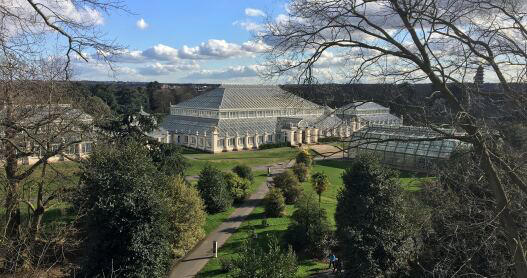
Winter Garden
Explore unique views across kew from our vibrant winter garden..

In 2022, our Horticulture Team began the restoration of a forgotten corner of Kew to offer something to visitors whatever the season.
Now, Kew's new Winter Garden not only provides a wonderful range of plants year round, but unique views across the Gardens – take in the Temperate House and Pagoda during the winter months.
A number of Euonymus trees frame the entrance to the garden, joined by hellebores, snowdrops and eranthis, all of which have been lifted and replanted here from elsewhere in the Arboretum .
A winding gravel trail takes visitors through plantings of hardy winter specimens, to a vista at the base of an old concrete footing that once supported a 300ft flag pole. From here, the Temperate House and Great Pagoda can be seen in the distance.
While ‘tender’ plants would be killed by freezing temperatures, the plants in the Winter Garden are ‘hardy’. They have evolved adaptations that allow them to flourish in winter conditions including frost, reduced sunlight, and fewer opportunities for pollination.

The history of this patch of Kew stretches back through centuries of change.
It was first home to the Temple of Victory, built in 1759 to commemorate the Battle of Minden. It was later replaced by a succession of three flagpoles which towered over Kew until 2007.
The third and final flagpole was erected in 1959, and was, at the time, the world’s tallest wooden flagpole at a record-breaking 225 feet tall. This colossal final flagpole was removed due to suspected rot in 2007.
Visiting the Winter Garden
- The nearest entrance is Victoria Gate.
- Please see our opening times to help plan your visit.
- We may occasionally need to close attractions for maintenance or visitor safety: check for planned closures and visitor notices before you visit.
Book tickets to the Gardens
Discover more of Kew
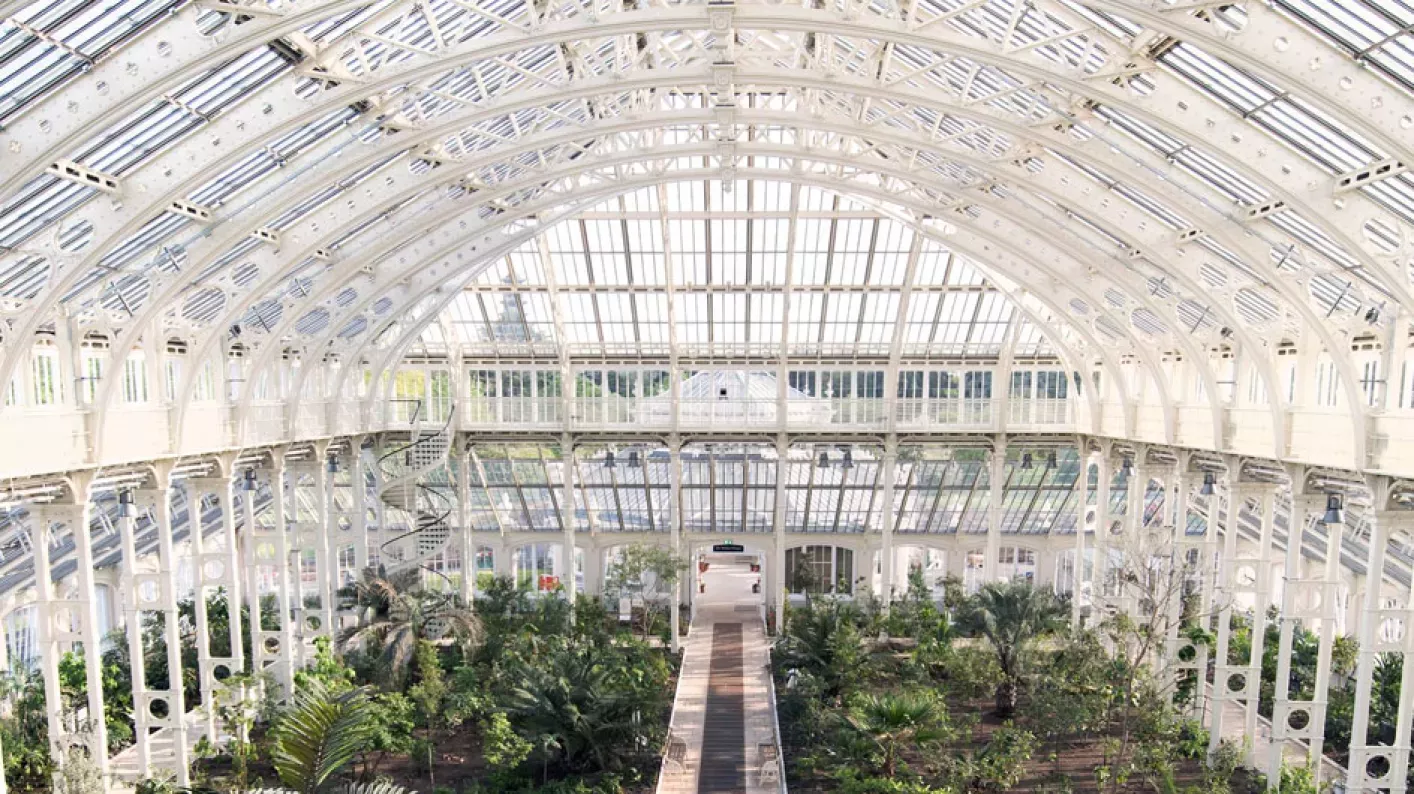
Kew Gardens
Temperate House
Discover the secrets of the world's temperate zones inside this glittering cathedral.

Shirley Sherwood Gallery of Botanical Art
Discover the beauty and detail of plant life in the Shirley Sherwood Gallery of Botanical Art.
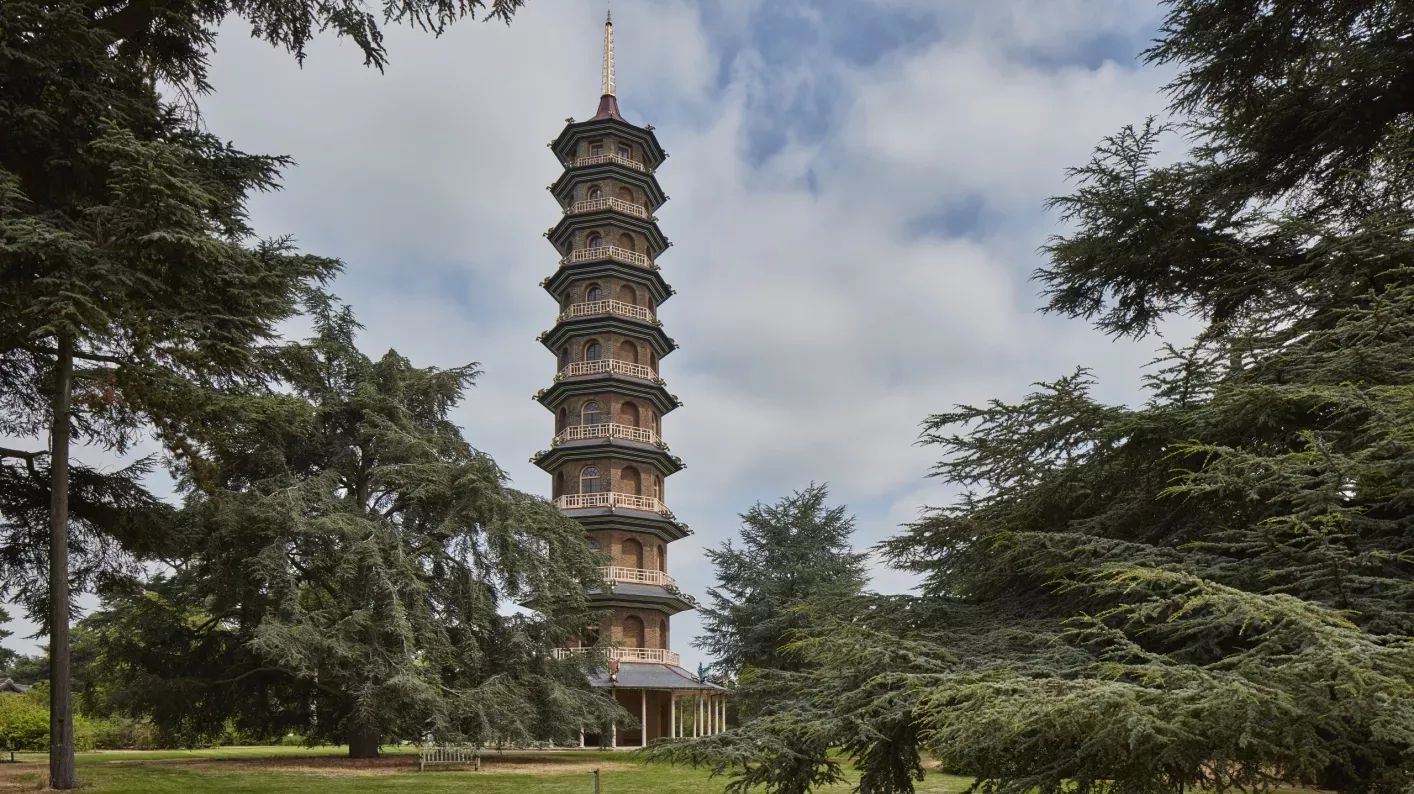
Great Pagoda
Look beyond the Gardens from the heights of our Great Pagoda, restored to its 18th century splendour.
Did you know?
- Facebook page Facebook
- Twitter page Twitter
- Instagram page Instagram
- YouTube page YouTube

IMAGES
COMMENTS
Quick & Easy Purchase Process! Full Refund Available up to 24 Hours Before Your Date. Book Top Rated Kew Gardens Tickets, Tours & Visits! Book on Viator
Book ahead & get your Kew Gardens tickets on your smartphone with Tiqets. Save up to 10% on exclusive combi deals. Book Kew Gardens in London & other experiences.
Kew Gardens tips to visit like a pro involves more than knowing where to go and what to expect. It requires you to be extra savvy when packing for the day! ... Kew Gardens FAQs Q: Is it worth going to Kew Gardens? A: Absolutely! Kew Gardens is an explorer's dream in London, an oasis full of botanical surprises and just a fun adventure overall.
Visit Royal Botanic Gardens, Kew. My fascination with plants is a result of watching countless documentaries by David Attenborough. The Kingdom of Plants is, in fact, my very favourite, a series of films created here, in the UK, at the Royal Botanic Gardens of Kew.. The Royal Botanic Gardens of Kew is a wonderful space for plant lovers who wish to spend their day meandering around one of the ...
Kew Gardens is situated in the South West of London, in the beautiful neighbourhood of Richmond upon Thames. Being the largest UNESCO world heritage site in London and more than 250 years old, Kew Gardens is the home of the Millennial Seed Bank, the biggest wild plant seed bank in the world. The Kew Estate occupies an area of 121 hectares home ...
Plants. Our incredible living plant collections are among the largest and most diverse in the world. Plants at Kew Gardens. We have a few dos and don'ts in place to keep everyone happy. Please also check our planned closures before your visit to avoid disappointment. Look out for our reusable cup scheme at Victoria Plaza Café - through this ...
As a local to Kew, here is my comprehensive guide to visiting Kew Gardens. These are all my top tips, from hidden gems in Kew Gardens to a suggested route for a day trip to K ... For Londoners, it's worth noting that the Kew membership is very reasonably priced. Especially for under 30s—it's only £32 for a year! Kew Gardens opening times.
When to Visit. The gardens are open from 10 AM-6 PM daily. One day in Kew Gardens is well worth it year round as they do a great job creating exhibits that fit the seasons. However, do try to go during nice weather as a lot of the gardens are outside and rain could easily ruin some of the fun.
A visit to Kew Gardens is the perfect getaway from London, offering a tranquil setting in a botanical paradise. This top tourist attraction outside the city also happens to be a UNESCO World Heritage Site, and is one of the largest botanical gardens in the world. That's why we've created this day trip guide to help you make the most out of ...
Saturday, Sundays, and bank holidays, 10 am to 8 pm - with the last entry at 7 pm. Adult tickets are £19.00 in advance and £24.00 at the door. Discounted tickets are available for children, young adults, senior citizens, people with a disability, and local residents. In the summer, you can purchase £10 tickets to Kew Gardens after 4 pm.
The nearest stations are Kew Bridge, Kew Gardens and Richmond. There are a variety of cafes and restaurants at Kew Gardens, each serving up delicious grub using seasonal and local produce. Kew Gardens is open daily from 10am - 5pm (last entry at 4pm). Ticket prices start from £4 per child and £12 per adult.
Kew needs you. If you love Kew, help us conserve the world's plants and fungi and protect the millions of lives that depend on them. Explore our wild botanic garden in Sussex, with 500 acres of ornamental gardens, woodlands and a nature reserve. Discover the world of science behind our botanical collections, with over 50,000 living plants to ...
History of Kew Gardens. Kew Gardens has a long history dating back to the 16th century when privately owned gardens were tended there. In 1731, the site was acquired by Frederick Louis, Prince of Wales, and later by Augusta, the Dowager Princess of Wales, who established an exotic plant garden in 1759.The gardens rapidly grew to over 3,400 plant species by 1769.
KEW GARDENS ULTIMATE GUIDE. Open: Everyday: 10:00AM to 4:15PM. Time Needed: 3 hours. Price: £15. Don't let the word "gardens" fool you, because Kew's Royal Botanical Gardens are more than just collections of pretty flowers to snap photos of. As a matter of fact, the Kew Gardens are actually a living, breathing collection of some of the ...
This station is just 500m from the Victoria Gate entrance at Kew Gardens. You can take one direct tube, on the District Line, from London Victoria to Kew Gardens Underground Station. Tubes leave every 15 minutes and the journey takes approximately 30 minutes. Tickets cost between £2 - £5.
Located in the Kew district of the London Borough of Richmond upon Thames in southwest London, the Royal Botanic Gardens, is the largest UNESCO World Heritage site in London. Also known as Kew Gardens, it is also the largest botanical collection in the world. Featuring 18th to 20th century landscaping techniques and elements, the Kew Gardens ...
Kew Gardens FAQs How long does it take to go around Kew Garden? We recommend you allow at least four hours to visit the Gardens. There is a vast amount to see and do, including numerous glasshouses, historic buildings, and walks, in a huge site spread over more than 300 acres. Is Kew Gardens worth visiting? Yes, Kew Gardens is worth visiting.
Explore 130 hectares of stunning landscapes & gardens - you will love the botanic gardens trip! The Kew Gardens in London are a great space for any individual who has a fondness for nature. This location is one of the greenest available to see in London - a city that is usually all hustle and bustle, without any time for slowing down and ...
When is the Best Time to Visit Kew Gardens? In Winter! It's cheaper. There's a tropical greenhouse. It's quieter. You might see a peacock or a turtle. See Some Really Unusual Plants (Flora and Fauna) There is a Japanese Pagoda. Pretend to be in Japan at the Japanese Gateway.
Take the District Line towards Richmond. Approx. Travel Times: 15 minutes from Earl's Court and 30 minutes from Westminster on the District Line to Kew Gardens Station (Zone 3). Top Tip: If steps are a problem for you, for example, if you are traveling with a child in a buggy, go to Richmond station (it's only one more stop) and come back on ...
Kew Gardens. Kew Gardens is one of the most renowned botanical gardens in the world, spanning over 300 acres and housing an extensive collection of plants, trees, and flowers from across the globe. Its rich history dates back to 1759 when Princess Augusta, the mother of King George III, founded the garden. The garden started a nine-acre botanic ...
On your visit to Kew, you might see fly agaric, parasol mushrooms, bracket fungi, puffballs, purple blewits, coral fungi and more. ... Take a look at the four-part documentary series about life at Kew Gardens and Wakehurst, Kew's wild botanic garden in Sussex, throughout 2020. Watch the episodes. Read & watch 7 September 2020 ...
Here is a guide to what to see and do in Kew Gardens during this enchanting month. One of the main attractions during March is the stunning display of cherry blossoms. Kew Gardens is home to a variety of cherry trees, including the famous Japanese cherry blossoms. As winter fades away, the cherry blossoms start to bloom, creating a dreamlike ...
Location: Richmond, London, England. Hours: Daily, 10 a.m.-3 p.m. (last entry 2 p.m.) Tickets: $13-$30 (adults), $5-$10 (children 4-15), free for children under 4. kew.org. Kew Gardens (as ...
Kew Gardens. Open today Open today: 10:00 am - 7:00 pm (last entry 6:00 pm) Kew, Richmond, London, TW9 3AE. 020 8332 5655. [email protected]. Book tickets to Kew Gardens. Tickets. Become a Kew member. Membership
In 2022, our Horticulture Team began the restoration of a forgotten corner of Kew to offer something to visitors whatever the season. Now, Kew's new Winter Garden not only provides a wonderful range of plants year round, but unique views across the Gardens - take in the Temperate House and Pagoda during the winter months.. A number of Euonymus trees frame the entrance to the garden, joined ...